

32 Exciting 8th Grade Science Fair Project Ideas
Welcome to the world of scientific exploration! The 8th grade science fair is an exciting opportunity for you to showcase your curiosity and creativity while delving into the fascinating realm of science.
In this crucial stage of your academic journey, you have the chance to select a project that not only interests you but also contributes to our understanding of the world around us.
Whether you’re passionate about biology, chemistry, physics, or any other scientific discipline, this is your chance to ask questions, conduct experiments, and make discoveries.
We will explore some intriguing 8th grade science fair project ideas to inspire your scientific journey and help you embark on an exciting research adventure.
Solar-Powered Devices :

Investigate the efficiency of different materials in harnessing solar energy to power everyday devices. You can build small solar panels using various materials like glass, plastic, or aluminum foil and measure their energy output. This project will not only promote sustainable energy but also give you insight into the world of renewable resources.
The Impact of Music on Plant Growth :

Explore the effects of music on the growth of plants. Set up an experiment where you expose plants to different genres of music and monitor their growth over time. This project delves into biology and psychology, as you can research how sound vibrations affect plant growth and the potential benefits of music therapy.
Water Purification Techniques :

Test and compare various water purification methods, such as filtration, distillation, and chemical treatments, to determine which one is the most effective in removing contaminants. This project addresses important environmental and health concerns, providing valuable insights into the purification of drinking water. Related: 100 Helpful Science Fair Project Questions
The Science Behind Slime :

Dive into the world of chemistry by examining the properties and behavior of slime. You can experiment with different slime recipes, altering ingredients like borax, glue, and water to create various textures and consistencies. Investigate the chemical reactions at play and the impact of these variations on the final product.
The Physics of Roller Coasters :

Design and build a small-scale roller coaster to demonstrate key physics concepts such as potential and kinetic energy, friction, and gravity. Test different factors like track height and loop size to understand how they influence the coaster’s speed and safety. This project combines engineering and physics principles, making it both educational and thrilling.
Microbial Mystery :

Investigate the microbial diversity in different environments. Collect samples from various locations, such as soil, water, or even your own hands, and use petri dishes to culture the microorganisms. You can then examine and identify the types of bacteria or fungi present. This project provides insights into microbiology and the importance of microbial communities in ecosystems.
Wind Turbine Efficiency :

Explore the efficiency of wind turbines in generating electricity. Design and build small-scale wind turbines using different blade designs and materials. Measure and compare their power output under varying wind conditions. This project delves into renewable energy sources and engineering principles.
Magnetic Levitation :

Investigate the principles of magnetic levitation (maglev) and build a simple maglev system. Explore how magnets and magnetic fields can be used to make objects levitate and move without friction. This project combines physics and engineering concepts, offering a glimpse into cutting-edge transportation technology.
Candle Burning and Oxygen Consumption :

Study the relationship between the burning of candles and the consumption of oxygen. Design an experiment to measure the amount of oxygen consumed when candles of different sizes and compositions burn. This project ties chemistry and biology together, exploring combustion and its effects on the environment.
Food Preservation Methods :

Test various food preservation methods like canning, drying, and refrigeration to determine which is most effective in preventing food spoilage. You can use different types of food items and monitor their freshness over time. This project is not only relevant to everyday life but also provides insights into food science and microbiology. Related: 20 Exciting First Day of School Science Activities
Effect of Smartphone Usage on Sleep Patterns :

Investigate the impact of smartphone usage before bedtime on sleep quality and duration. Conduct surveys and collect data on participants’ sleep patterns and smartphone usage habits. Analyze the correlation between screen time and sleep disturbances, shedding light on the effects of technology on our health.
Water pH and Plant Health :

Explore how varying levels of water pH affect the growth and health of plants. Create a series of solutions with different pH levels and water plants with them. Monitor the plants’ growth, appearance, and overall health over time. This project combines chemistry and biology, illustrating the importance of pH in agriculture.
The Physics of Paper Airplanes:

Explore the principles of aerodynamics by designing and testing different paper airplane designs. Investigate how factors like wing shape, size, and weight distribution affect flight distance and stability. This project combines physics and engineering, offering a fun and hands-on approach to understanding flight.
The Science of Chocolate :

Dive into the world of food science by examining the properties of chocolate. Investigate how temperature and ingredients affect the melting point, texture, and taste of chocolate. This project allows you to explore chemistry and culinary arts while satisfying your sweet tooth.
Electromagnetic Fields and Plant Growth :

Explore the effects of electromagnetic fields (EMFs) on plant growth. Set up an experiment where plants are exposed to various levels of EMFs generated by common household devices like microwaves or cell phones. Monitor the plants’ growth and health to determine if EMFs have any noticeable impact. This project delves into physics and biology, addressing concerns about the potential effects of EMFs on the environment.
The Effect of Different Soil Types on Plant Growth :

Investigate how various soil types (e.g., clay, sand, loam) affect the growth and health of plants. Plant the same type of seeds in different soil samples and monitor their growth over time. Analyze the role of soil composition in plant development and nutrient availability.
Comparing Biodegradable and Non-Biodegradable Plastics :

Study the decomposition rates of biodegradable and non-biodegradable plastics in different environments. Create controlled experiments to measure how long it takes for each type of plastic to break down under various conditions (e.g., sunlight, water, soil). This project addresses environmental concerns and sustainability.
The Relationship Between Exercise and Heart Rate :

Explore the connection between physical activity and heart rate. Design an experiment in which participants engage in different types and intensities of exercise while monitoring their heart rates. Analyze how exercise impacts heart rate and overall cardiovascular health.
The Chemistry of Food Coloring :

Investigate the behavior of food coloring in different liquids, such as water, oil, and milk. Explore how temperature and pH levels affect the dispersion and mixing of food coloring. This project allows you to delve into chemistry and food science while creating colorful displays.
Astronomy: Tracking Celestial Events :

Study celestial events such as lunar phases, solar eclipses, or meteor showers. Create a project that involves observing and documenting these events over a period of time. Learn about astronomy, the movement of celestial bodies, and how they impact our planet.
Water Quality and Aquatic Ecosystems :

Investigate the impact of different pollutants on water quality and aquatic ecosystems. Collect water samples from various sources (e.g., ponds, rivers, or streams) and test for parameters like pH, dissolved oxygen, and nutrient levels. Analyze the data to understand the health of aquatic environments and the effects of pollution.
Sound Waves and Musical Instruments :

Explore the physics of sound by examining how different musical instruments produce distinct tones. Create a project that investigates the relationship between factors like instrument shape, materials, and tension on the pitch and quality of sounds produced. This project combines physics and music appreciation.
The Science of Soap Bubbles :

Delve into the world of chemistry and surface tension by studying soap bubbles. Experiment with different soap solutions and investigate how additives like glycerin or sugar affect bubble formation, size, and longevity. Explore the scientific principles behind the colorful patterns seen in soap bubbles.
Weather Patterns and Climate Change :

Analyze weather data over an extended period to identify trends and potential impacts of climate change in your region. Gather information on temperature, precipitation, and extreme weather events. Present your findings to raise awareness about climate science and its relevance.
The Impact of Fertilizers on Plant Growth :

Conduct an experiment to determine how various types of fertilizers affect plant growth and health. Use different fertilizers with varying nutrient compositions and apply them to plants. Monitor and measure the growth and overall condition of the plants to draw conclusions about the effectiveness and environmental impact of fertilizers.
The Effect of Temperature on Battery Life :

Investigate how temperature impacts the performance of batteries. Set up an experiment where you test the lifespan and voltage output of batteries in different temperature conditions, ranging from hot to cold. This project delves into both physics and engineering, with real-world applications in electronics.
Antibacterial Properties of Natural Substances :

Explore the antibacterial properties of common natural substances, such as honey, garlic, or vinegar. Create cultures of bacteria and test the effectiveness of these substances in inhibiting bacterial growth. This project combines biology and health science, addressing the potential uses of natural remedies.
Static Electricity and Its Applications :

Study the principles of static electricity and its practical applications. Build various electrostatic generators and explore how they can be used for charging objects, such as the electrophorus or the Van de Graaff generator. This project combines physics and engineering, demonstrating the power of static electricity.
The Impact of Soil Erosion on Landscapes :

Investigate the effects of soil erosion on different types of landscapes. Create simulated erosion conditions and observe how soil erosion affects terrain, vegetation, and water quality. Analyze the importance of soil conservation and erosion control methods in environmental science.
Comparing LED and Incandescent Light Bulbs :

Explore the efficiency and energy consumption of LED and incandescent light bulbs. Set up experiments to measure factors such as brightness, heat generation, and energy usage for each type of bulb. This project delves into physics and energy conservation, showcasing the advantages of energy-efficient lighting. Related: 20 Fun Nerf Gun Science Experiments
Recommended:
- 21 Easy Social and Emotional Activities for Preschoolers
- 23 Fun Indoor Obstacle Course Ideas for Kids
- 20 Fun Disney Activities for Preschoolers
Sohaib Hasan Shah
Sohaib's journey includes 10+ years of teaching and counseling experience at BCSS School in elementary and middle schools, coupled with a BBA (Hons) with a minor in Educational Psychology from Curtin University (Australia) . In his free time, he cherishes quality moments with his family, reveling in the joys and challenges of parenthood. His three daughters have not only enriched his personal life but also deepened his understanding of the importance of effective education and communication, spurring him to make a meaningful impact in the world of education.
Leave a Comment Cancel reply
Save my name, email, and website in this browser for the next time I comment.

8th Grade Science Fair Project Ideas
ThoughtCo / Lara Antal
- Ph.D., Biomedical Sciences, University of Tennessee at Knoxville
- B.A., Physics and Mathematics, Hastings College
8th grade science fair projects tend to involve the scientific method and designing an experiment and not making models or explaining processes. You'll be expected to present data in the form of tables and graphs. Typed reports and posters are the norm (sorry, no handwritten text). You should do the project yourself, rather than enlist heavy-duty help from a parent or older student. It's appropriate to cite references for any information that isn't common knowledge or that draws on the work of others.
Ideas for Chemistry Projects
- Does air temperature affect how long soap bubbles last? Does relative humidity?
- What ratio of vinegar to baking soda produces the best chemical volcano eruption?
- What type of plastic wrap prevents evaporation the best?
- What plastic wrap prevents oxidation the best?
- Can a saturated solution of sodium chloride still dissolve Epsom salts?
- If you shake up different kinds or brands of soft drinks (e.g., carbonated), will they all spew the same amount?
- Do all dishwashing detergents produce the same amount of bubbles? Clean the same number of dishes?
- How permanent are permanent markers? What solvents (e.g., water, alcohol, vinegar, detergent solution) will remove the ink? Do different brands/types of markers produce the same results?
- Is laundry detergent as effective if you use less than the recommended amount? More?
- Do all hairsprays hold equally well? Equally long? Does type of hair affect the results?
- What effect do additives have on the crystals? You could add food coloring, flavorings, or other 'impurities'.
- What steps can you take to maximize crystal size ? You can affect vibration, humidity, temperature, rate of evaporation, purity of your growth medium, and time allowed for crystal growth.
- How does the pH of soil relate to the pH of the water around the soil? You can make your own pH paper , test the pH of the soil, add water, then test the pH of the water. Are the two values the same? If not, is there a relationship between them?
Ideas for Projects About Living Things
- What effect does soap in water have on plants? Is the effect the same at very low soap concentrations as compared with high concentrations?
- How much plant food is too much?
- Are dogs (cats/fish/etc.) colorblind? If so, is the lack of color perception compensated by better light/dark vision?
- What types of words do babies learn to speak first?
- Are goldfish water chemicals really necessary or are they an unneeded expense?
- Can you graft a tomato plant onto a potato plant?
- Do plants react to the presence of other plants? music? different colored light?
- Will chilling an onion before cutting it keep you from crying ?
- Does catnip repel cockroaches better than DEET ?
- What percentage of an orange is water?
- Are night insects attracted to lamps because of heat or light?
- Can you make Jello using fresh pineapples instead of canned pineapples ?
- Does the presence of detergent in water affect plant growth?
- Does magnetism affect the growth of plants?
- Do the same types of mold grow on all types of bread?
- Does light affect the rate at which foods spoil?
- Can you use a household water filter to remove flavor or color from other liquids?
- Is the nutritional content of different brands of a vegetable (e.g., canned peas) the same?
- How do different factors affect seed germination? Factors that you could test include the intensity, duration, or type of light, the temperature, the amount of water, the presence/absence of certain chemicals, or the presence/absence of soil. You can look at the percentage of seeds that germinate or the rate at which seeds germinate.
- Is a seed affected by its size? Do different size seeds have different germination rates or percentages? Does seed size affect the growth rate or final size of a plant?
- How does cold storage affect the germination of seeds? Factors you can control include the type of seeds, length of storage, temperature of storage, and other variable s, such as light and humidity.
- What conditions affect the ripening of fruit? Look at ethylene and enclosing a fruit in a sealed bag, temperature, light, or nearness to other pieces or fruit.
- How close does a plant have to be to a pesticide for it to work? What factors influence the effectiveness of a pesticide (rain? light? wind?)? How much can you dilute a pesticide while retaining its effectiveness? How effective are natural pest deterrents?
Ideas for Physical Projects
- What paper airplane design flies the farthest? stays aloft the longest?
- What soils best support structures, such as buildings?
- What materials glow under black light ? Can you use the UV light to find invisible, possibly smelly, stains in your carpet or elsewhere in your house?
- Do white candles burn at a different rate than colored candles?
- How does the shape of an ice cube affect how quickly it melts?
- Do different brands of popcorn leave different amounts of unpopped kernels?
- How accurately do egg producers measure eggs?
- How do differences in surfaces affect the adhesion of tape?
- Are all potato chips equally greasy?
- Does the power of a microwave affect how well it makes popcorn?
- Do all brands of diapers absorb the same amount of liquid? Does it matter what the liquid is (water as opposed to juice or... um.. urine)?
- How are different soils affected by erosion? You can make your own wind or water and evaluate the effects on soil. If you have access to a very cold freezer, you can look at the effects of freeze and thaw cycles.
More Science Fair Project Ideas
- Middle School Science Fair Project Ideas
- High School Science Fair Projects
- Elementary School Science Fair Projects
- Plant and Soil Chemistry Science Projects
- Chemistry Science Fair Project Ideas
- College Science Fair Projects
- Household Product Testing Science Fair Projects
- 9th Grade Science Fair Projects
- 7th Grade Science Fair Projects
- Environmental Science Fair Projects
- Acid & Base Science Fair Project Ideas
- 6th Grade Science Fair Projects
- 4th Grade Science Fair Projects
- Grade School Science Fair Project Ideas
- 5th Grade Science Fair Projects
- Science Fair Project Ideas for 12th Graders

- Testimonials
- Learning Platform
- News & Media
- Nimble Thimble.io Blog
- US Partners

The Best 8th Grade Science Fair Projects
Rebecca Gray October 1, 2020 STEM Projects
8th Grade Science Fair Projects – Don’t make it harder than it has to be!
It’s happened. Your eighth-grader brought home an assignment that can strike fear into the hearts of parents everywhere. It’s true. The science fair is upon us. The teacher has given them a lengthy rubric outlining all the requirements and presentation methods their assignment must adhere to. The scope of the project is enough to make your head spin if this isn’t something you’ve already done with them in 7th grade. The hardest part for most middle-school students is selecting age-appropriate science experiments that can be completed independently.
Hark! Fear not brave parents, for choosing an 8th-grade science project doesn’t need to be scary or overly complicated. Your rookie scientist just needs to find a question (hypothesis) that they really want to answer. Being interested in the outcome (conclusion) of their own project is an important part of getting them to do the work willingly rather than begrudgingly.
Check out some of the best 8th-grade science fair projects we’ve found to get your budding researcher’s wheels moving! (And don’t forget your trusty lab notebook to record methods and observations!):
1. How Does Stress Affect Body Temperature?
- Thermometer
How it’s done:
This project could illustrate why your student literally sweats that math test every week. Have your volunteers perform a timed math test or a series of difficult puzzles. Take their temperature before and immediately after the high-stress activity, record, and compare! Did your volunteers stay cool under pressure? How did stress affect their temperature regulation ?
2. Which Beverages Release the Most Gas?
- Baking Soda
- Heating Pad
- Bottles with narrow necks
When is a balloon actually a belch? In this project of course! Pour equal amounts of different beverages into individual bottles and add vinegar (to act like our stomach acids). Placing the bottles on a heating pad will speed up this “mock digestion”. One of the properties of gas states that gases expand to fill their container. Expanding gases will inflate the balloons that have been stretched over the opening of the bottle, visually illustrating which beverage releases the most gas !
3. What Effects Do Carbonated Drinks Have on Meat?
- 3 types of meat (i.e. steak, chicken, salmon)
- 3 containers
- 6 cans of carbonated soda
Did you know soda has a similar pH level to the human stomach? So soda should be able to digest meat as our stomachs do, right? To test this hypothesis, place each different meat into a container and cover it completely with soda. Observe the meat over several days. Record observations. Students can even weigh the meat before/after the experiment to include quantitative data along with their visual observations. Read more about why this science project works the way it does!
4. Create an Optical Illusion With an Infinity Mirror
- Cardboard box
- Mirror (same shape as the container)
- Mirrored window cling
- LED Christmas lights
- A sheet of plexiglass or acrylic
- Cutting tool
Mirror, mirror on the wall – Are you a mirror or a never-ending hall? Your student will create an optical illusion with some inexpensive and basic supplies. Use adhesive to secure the mirror to the floor of the box. LED bulbs are inserted through holes in the walls of the box. The visual trickery lies in the mirrored window cling viewing window. Check out this optical illusion in greater detail!
5. Can We Distill Saltwater With Solar Power?
- 2 plastic containers
- 25 mL graduated cylinder
- 800 mL beaker
- Modeling Clay
- 2 5mL funnels
- Flexible straws
- Steel washers
- Rubber bands
- Plastic Wrap
When ocean water evaporates, the salt is left behind. Collect this desalinated water with a simple DIY contraption. Containers of saltwater placed in the sunshine will begin to evaporate. Cling wrap will cover the containers to collect evaporation. Use the heavy washers on top of the cling wrap to guide droplets of evaporated water down a gentle slope into the funnel. The funnel and straw will empty into a waiting cup. Cover the cup so no freshwater evaporates! Check out a detailed assembly of the water distiller !
6. Are Our Fingerprints Inherited?
- Paper Towel
- Tracing paper
- White paper
- Magnifying glass
- Volunteers – 15 pairs of siblings, 15 pairs of unrelated individuals
Volunteers can touch tracing paper that’s been heavily scribbled on with pencil. Place the index finger onto the sticky side of a piece of tape. That piece of tape now holds a clear fingerprint! Using the magnifying glass, compare the fingerprints of siblings and non-related volunteers and record. Are they the same pattern? Read up on fingerprints to feel like a real detective!
7. Owl Pellet Fossil Reconstruction
- Owl Pellet (available online)
- Clean paper
- Tweezers, needles, and/or wooden probes to deconstruct pellet
- Owl Pellet Bone Chart
- Small papers to separate bones and waste between
Owl pellets (think cat hairball) hold evidence of an owl’s most recent meal. Gently use tweezers, needles, or wooden probes to separate the owl pellet into four quarters. Carefully pick the quarters apart, and set aside the animal bones on a separate sheet of paper. Think of it like a treasure hunt – a really gross treasure hunt. Use a bone chart to reconstruct and identify the animal found in the pellet.
8. How Does Color Affect Heating? A Look at Light Absorption
- 6-8 identical glass jars
- 6-8 pieces of colored construction paper
- Timer or clock
- Drill for making holes in jar lids
Wrap each jar with construction paper. Fill each jar with equal amounts of room temperature water. Take an initial temperature reading, and then another after each jar has been sitting beneath the heat source for an amount of time (i.e. – 30 minutes). Record your observations, and decide if there is a particular color that absorbed more light/heat! Read about the science behind this project in depth.
9. Homemade Hand Warmers
- Jelly crystals
- Iron Fillings
- Calcium Chloride
- Zipper-Lock Bag
You may find yourself repeating this project for a cold night of trick-or-treating or winter caroling. Fill the small cup with water and ¼ tsp. of the jelly crystals. Allow time for water absorption. Add iron fillings and Calcium Chloride to the bag. Manipulate the bag to mix ingredients. Feel the heat! You can add numerical data to this experiment by taking the temperature of the polymer beads throughout the experiment.
10. What Makes a Diaper Absorb Moisture?
- New baby diaper
- Zipper-lock bag
- Small plastic cup
It’s probably been a while since you had diapers in your house if you’re helping your 8th grader with homework. You can use scissors to open the diaper. You’ll collect polymer powder from the diaper’s stuffing into a cup. Pour water over and watch as the polymer gels. You can increase the research level of this project by comparing diaper brands and measuring the water quantities each diaper can hold.
11. What Door Handle in the School Holds the Most Bacteria?
- Bacteria growing kit (Petri dishes with agar)
- Sterile cotton swabs
Try to talk your kid out of wearing gloves to school for the rest of the year after completing this project . Using sterile swabs, sample 5 dirty doorknobs at the middle school. Rub the swab in the petri dish, cover, label, and date. Get ready to be grossed out. Observe the Petri dishes over the next few days and keep detailed records of the growth. Which door handle hid the most bacteria?
12. Why Do We Need Tendons? Engineering a Bionic Hand
- ¾ inch dowel rod
- 1-inch X 4-inch pine plank
- 5 bags of small screw eyes (eyelets)
- 2 rolls of nylon string
- Wide rubber bands
- 1 open eyelet
- White spray paint
- ¾ inch sheetrock screws (x2)
- Basic power tools used under close adult supervision (grinder, jig saw drill press)
This experiment will make your child feel like Tony Stark, and teach them a bit about human anatomy. You’ll cut and grind dowel rods to make mock “bone segments”. Eyelets are inserted into bone segments where “tendons” and “ligaments” (string) will attach. Spray paint all the bone segments white, for an authentic skeleton look. The pine plank makes up the palm/wrist area. Assembling this bionic hand will earn you a high five from your teacher.
13. Which Mouthwash is Most Effective at Killing Bacteria?
- Multiple brands of mouthwash
- Petri dishes with agar for growing bacteria
- Sterile swabs
We predict your child will better about dental hygiene after this science project. Swab the inside of your student’s mouth a couple of hours after eating, and apply the sample to the petri dish. Use the mouthwash according to the label, rinse with water, then take a second sample with a new swab. Be sure to label each dish carefully. Repeat for each mouthwash type and compare bacterial growth. Try not to be grossed out, and determine which brand of mouthwash works the best!
14. Can Caffeine Make Us Faster Typists?
- Caffeinated beverage
- A decaffeinated beverage (soda or coffee)
- Word Processing Program
- Test Subjects
Volunteers will type: “The quick brown fox jumped over the lazy dog.” as many times as possible in one minute after ingesting a non-caffeinated beverage. Repeat the timed typing exercise after a decaffeinated beverage. Keep your volunteers in the dark about which beverage is caffeinated!
Editor’s note: Let us know how this project works out – We might need to install a new coffee machine in the office for faster blog posting!
15. Can we see sound?
- Uncooked rice
- Plastic wrap
- Sound source (Speaker, Pots and Pans, etc)
When your teenager blasts their music, it can feel like they’re banging on your brain! Show them how those sound waves look . This project lets us visually see the movement of grains of rice created by sound waves from loud noise nearby. You can use pots and pans or a stereo speaker as a sound source.
16. Investigating the effects of external stimuli on carnivorous plant digestion
- 3 Dionaea muscipula of similar size
- Small crickets (available at any pet store)
- 3 temperature controlled locations
- Thermometers
Plants straight out of a science fiction movie are enough to make any student interested in this project! You’ll look at external stimuli effects on the digestion time of the Venus flytrap. Plants are placed in locations where temperatures can be monitored and controlled. “Feed” the plant a cricket. After the plant snaps shut, monitor how many days each plant spends digesting the insects. Do warmer temperatures speed up digestion? Make sure your student doesn’t try to feed their little brother to the plant.
17. Determining the Iodide content of different types of salt.
- Plastic cups
- 100mL graduated cylinder
- Distilled water
- Laundry starch solution
- Iodine antiseptic solution
- Medicine dropper
- 5 types of salt
- Hydrogen peroxide solution
Tell your eighth grader there’s no reason for them to be ‘salty’ about a little hard work. This project is inexpensive and has a short observation. First, create a solution of distilled water, laundry starch, and iodine. Stir and set aside. Mix salt and distilled water and stir. Add 15mL of vinegar, then 15 mL of hydrogen peroxide. Add 2.5 mL of the starch solution you set aside. Repeat these steps with each salt. What colors are you seeing?
18. What material blocks UV light most efficiently?
- UV reactive beads (available at most craft stores or online)
- Ultraviolet lightbulb (or a sunny day)
- Sunglasses, UV protecting clothing,sunglasses, sunblock, umbrella
This project will have your teenager arguing a little less about wearing sunblock on the next family vacation. UV reactive beads change from white to vibrant colors when exposed to UV light. You can coat the beads with sunblock, place them under sunglasses or UV protectant clothing, and compare the color changes. You can compare sunscreen brands or SPF levels with this project. Check out these UV sensitive beads in action.
19. How much electromagnetic radiation is emitted during cell phone use?
- Working cell phone
- Measuring tape
- Radio frequency meter
Is your teen obsessed with their cell phone? This experiment may make them hesitate to send that next text! Use the radio frequency meter to test the electromagnetic radiation power emitted from all sides of the phone when a call is coming in, as well as when a text message is coming in. Record the data, and analyze when complete. Does the amount of power differ when calling or texting? Does it decrease with distance?
20. What makes ice melt fastest?
- Ice cubes – same shape and size
- Glass bowls
- Calcium chloride (available at local hardware stores)
Is your science fair student old enough to shovel the walk this winter? They could use this experiment to go the extra mile in de-icing the walk to the mailbox. Place the same number of ice cubes into separate bowls. Apply each melting material to the ice. Observe the melting ice. Which bowl melts first? Record your results in your lab notebook. Repeat the experiment several times for accurate results.
21. Engineering earthquake-safe skyscrapers – Which design is the most stable
- Lego bricks
- 10X10 lego base plate
- Rubber balls
- Smartphone and Google’s free science journal app (It has an accelerometer feature.)
Are you an architect? See if your structure designs can withstand the seismic activity of your shake-table. Sandwiching four rubber balls between two sheets of plexiglass with rubber bands forms the base of a shake table that acts like an earthquake. Test the structural integrity of lego skyscrapers of different sizes and shapes. This project utilizes a cool (and free) Google feature called the “Science Journal App”.
22. Can you extract and store your own DNA?
- Isopropyl Alcohol (95% concentration) chilled in the freezer
- Liquid dish soap
- Wooden skewer
Sparking an interest in forensic pathology could start with this crazy cool project . First, create a saline solution with distilled water and salt. Swish it around in your mouth for thirty seconds. Spit it back into the paper cup and pour a bit into the test tube. You’ll add a couple drops of liquid dish soap, some isopropyl alcohol, and voila! A milky white thread of DNA appears suspended in the test tube, ready to be wound around a wooden skewer. You can freeze it in a vial for indefinite preservation!
23. Which soil type is most fertile for seed growth?
- 4-6 different soil types
- Easy-to-grow-seeds like beans
- Small pots or jars
- Paper towels
- Plastic bag
This project is simple and inexpensive but may take a few weeks to track. Start seeds in a ziplock bag between layers of damp paper towels. Transfer seeds carefully to jars of soil. Be sure to water them equally, and place them in a location where they have access to even amounts of sunlight. Track and record plant height and appearance over several weeks and compare.
24. Create your own pH level test strips.
- Food processor
- Red cabbage
- Pot and burner
- Isopropyl Alcohol
- Coffee Filters
Creating their own testing supplies ups your scientist from rookie to novice! Add chopped red cabbage and boiling water to a food processor. Give it a good whir, and then strain the mixture. In a bowl, combine cabbage mixture and alcohol. Dip the coffee filters into the solution and soak them. Remove them to dry. Cut dry filters into strips and store in a dry place for use in awesome future science projects!
25. Can simple plants protect landscapes from soil erosion?
- 6 empty 2-liter bottles
- 1 piece of plywood
- Plant seedlings
This project shows your child how important vegetation is to keep the shape of our landscapes. This is a great experiment if heavy rains are a part of your everyday landscape. Create three different soil situations inside the two liters. Pouring water through the two liters and into a waiting catch basin shows us how much soil erodes with water/rain, and how plants offer some protection from erosion.
26. Do breath mints actually cool your mouth?
- Strong breath mints
- 250 mL beaker
- Bottled water
The cool, minty feeling of a breath mint can’t just be an illusion, right? Test the theory ! Add breath mints to room temperature water. Stir gently for ten seconds. Take the temperature of the water every 30 seconds for four minutes. Record and compare the temperatures. Is it really cooling your mouth? You could offer the judges at the science fair a breath mint during your cool science presentation!
27. What is leaf chromatography?
- Soft, fresh, green leaves (spinach will work)
- Food processor (or mortar and pestle)
You’ll be amazed at the different colored pigments hiding in a green leaf. Grind your green leaves into a pulp. Add some isopropyl alcohol to cover the pulp. Dip the coffee filter strip in until just the end touches the liquid. As colors climb the coffee filter, they’ll separate. Wait until the liquid has climbed to the top, then remove. You can analyze and even identify the types of pigments on the strip such as chlorophyll, carotenoids, and xanthophylls .
28. Which plants can resist the poison of a Black Walnut Tree?
- Radish seeds
- Young tomato plants
- Black Walnut hulls
- Measuring cup
- Plastic storage containers
- Cooking pot
- Potting soil
It’s a little known fact that Black Walnut Trees produce a substance known as “juglone” that is toxic to surrounding vegetation through a process called allelopathy . It’s a pretty dark defense mechanism. By boiling the black walnut hulls, you can create a juglone contaminated water source and observe its effects on other plants. You may have a botanist on your hands by the time it’s over!
29. Can a parabola improve wireless signal for at-home learning?
- A 20 x 15 cm piece of corrugated cardboard
- 20 x 25 cm piece of thin cardboard
- Aluminum foil
- Metric ruler
- Poster board
- Wireless Router
- A program that analyzes the strength of your wireless signal
This project can be helpful for students participating in virtual learning on a weak wireless signal. Download Sciencebuddies.org’s Parabolic Reflector Template to begin this project. Print and cut! This template will help you create a concave, aluminum foil covered parabolic reflector. The reflector, when placed on the antennae of a wireless router, can be adjusted to increase or decrease signal strength. Perhaps this project will help your family share the internet .
30. Is the pH level of rainwater in urban areas more acidic than in rural areas?
- pH testing strips (full range)
Humankind’s impact on our world is not always visible, but this has the makings of a powerful pollution project . You may be able to use Project #25 on this list as a partner project. Collect rainwater in an area near a busy urban freeway. Collect rainwater in a suburban area. Collect rainwater in a rural area. Test the pH level of multiple samples and compare. What do the pH levels say about possible pollution in those areas?
What’s The Big Deal With Science Projects Anyway?
Every amazing discovery in our life was made by a researcher who did a science project. Computer programs, apps, vaccines, and medicine are all products of scientists’ project results. Make sure your budding researcher knows STEM education is the future. Learn why STEM Education is our world’s most important asset. And don’t forget the eye protection!

Top 99+ Science Fair Project Ideas for 8th Grade Students
Looking for science fair project ideas for 8th grade students? Discover captivating experiments tailored for 8th graders, igniting curiosity and showcasing scientific skills.
Are you prepared to turn your curiosity into scientific magic and have an absolute blast along the way? Grab your favorite snack (how about some brain fuel?), get comfy, and let’s dive into a world of super cool projects that will make your science fair experience unforgettable.
Are you feeling the excitement? Because I’m pumped up and ready to rock this science fair with you! Let’s make it happen!
Table of Contents
Importance of Science Fair Project Ideas for 8th Grade
Check out the importance of science fair project ideas for 8th grade:-
Messy Science Playdates
Imagine 8th-grade science fair projects as the ultimate playdate with science. No dull lectures, just hands-on experiments – it’s like dipping your toes into a pool of curiosity and making a splash!
Chase Your Curiosity Trail
Think of these projects as treasure hunts for your questions. Instead of sticking to textbooks, 8th graders get to be the explorers of their own curiosity trails. It’s like following a trail of wonders and discovering the secrets of the scientific jungle.
Mad Scientist Vibes
Ever wanted to be a mad scientist in a lab coat? Well, now’s the chance! Science fair projects are like your personal laboratory where you can mix, create, and let loose your inner mad scientist – minus the evil laugh (unless you want to add that too!).
Skills Buffet for Life
These projects aren’t just adding points to your science scoreboard; they’re building a whole set of life skills. From tackling puzzles to working in a team, 8th graders are gearing up with skills that will turn them into all-around rockstars – both inside and outside the classroom.
So, whether you’re causing mini-explosions in the kitchen or decoding the mysteries of the backyard, 8th-grade science fair projects are your VIP passes to a world where learning is an adventure, science is a playdate, and curiosity is your compass!
How do I Get Started with a Science Fair Project?
Hey there, budding scientist! Ready to rock your science fair project? Here’s the lowdown to kickstart your journey:
- Follow Your Passion: What gets you pumped? Think about what sparks your interest in science. Start from there!
- Zoom In: Now, hone in on something specific. Choose a question or problem that makes you go, “Hmm, I wonder!”
- Dive into Research: Time to do a little detective work! Hit the books, surf the web—soak up all that juicy info about your topic.
- Make a Guess: Take a stab at it! What do you think might happen? Trust your gut and make a hypothesis.
- Plan Your Experiment: Map out your game plan. What materials do you need? How will you set up your experiment?
- Gather Your Gear: Raid your kitchen, scavenge your closet—grab whatever you need. Get creative and use what you have!
- Test it Out: Ready, set, go! Dive into your experiment. Follow your plan, jot down observations, and don’t forget to have fun!
- Check Out the Results: What did you discover? Take a peek at your data. Look for any surprises or interesting patterns.
- Share Your Story: Spread the word! Practice explaining your project and get ready to blow some minds at the science fair.
And there you have it—your recipe for science fair success! Now go on, get out there, and let your inner scientist shine!
Also Read: Service Project Ideas for High School
List of Science Fair Project Ideas for 8th Grade Students
Here is a complete list of science fair project ideas for 8th grade students:
- Experiment with different types of music to see how they affect heart rates.
- Grow veggies in your backyard and see how they respond to sunlight and water.
- Test natural bug repellents to keep mosquitoes at bay.
- Watch ants to see what foods they prefer.
- Check if caffeine affects sleep in mice.
- See how soil types impact seed growth.
- Hatch chicken eggs at different temperatures.
- Test natural vs. chemical cleaners on stains.
- Try different diets on fruit flies.
- Check if packaging affects food freshness.
- Test the acid levels of popular drinks and their effects on teeth.
- See which cleaner is best at removing stains.
- Bake bread and study the chemistry behind it.
- Rust metal in different temperatures.
- Learn about cooking oils’ chemical compositions.
- Boil water with different salt levels.
- Grow crystals with different pH levels.
- Study soap or vinegar’s chemical makeup.
- Check fruit color vs. vitamin C content.
- Investigate pH changes in flavored water.
- Bounce balls of different materials.
- Swing pendulums of various lengths.
- Test paper airplanes in windy conditions.
- Roll balls down ramps at different angles.
- Play with magnets to see their strength.
- Strum guitar strings of different lengths.
- Stretch rubber bands and observe changes.
- Drop objects to measure gravitational pull.
- See how light bulbs’ energy usage varies.
- Push toy cars across different surfaces.
Environmental Science
- Grow plants in polluted vs. clean water.
- Watch how deforestation affects soil.
- Study CO2 levels in urban vs. rural areas.
- Simulate an oil spill and its effects on wildlife.
- Track bird migration during climate changes.
- Examine how cities impact local animals.
- Map how weather affects local ecosystems.
- Experiment with recycling vs. dumping trash.
- Observe litter’s impact on animal behavior.
- Compare algae growth in warm vs. cool water.
Earth Science
- Mimic erosion with different soils.
- Experiment with shadows to study sunlight angles.
- Build models to understand earthquakes.
- Check erosion rates with and without vegetation.
- Simulate volcanic eruptions’ ash clouds.
- Use ice to sculpt landscapes.
- Plant in different soils to see growth.
- Test water quality in clean vs. dirty areas.
- Measure tide patterns with moon phases.
- Study rock weathering in various environments.
Engineering
- Build and break model bridges.
- Test soundproofing materials like egg cartons.
- Design solar panels for optimal sunlight.
- Construct wind turbine blades for efficiency.
- Power toy cars with solar or wind energy.
- Insulate houses for energy savings.
- Make rockets for distance and speed.
- Shape boats for maximum buoyancy.
- Measure bike speed with different gears.
- Create parachutes to slow down falls.
Computer Science
- Model ecosystems with population dynamics.
- Encrypt messages and crack the codes.
- Study social media’s impact on behavior.
- Design video games for player engagement.
- Monitor screen time’s effect on focus.
- Predict weather patterns with algorithms.
- Track smartphone usage for productivity.
- Code robots for different tasks.
- Analyze traffic flow for city planning.
- Simulate stock market trends with data.
Mathematics
- Explore repeating patterns in nature.
- Find Fibonacci sequences in flower petals.
- Sort numbers with different algorithms.
- Play with prime numbers’ unique properties.
- Calculate shapes’ areas and perimeters.
- Make geometric shapes from everyday items.
- Graph different types of number sequences.
- Study triangles’ angles and side lengths.
- Chart real-life data with graphs.
- Discover infinity’s role in math.
Health Science
- Practice stress-relief techniques like deep breathing.
- Monitor sleep habits and its impact on focus.
- Track diets and heart health.
- Try mindfulness exercises for mental health.
- Exercise and track mood changes.
- Limit screen time and observe sleep patterns.
- Listen to music for relaxation.
- Monitor self-esteem and social media use.
- Form support groups for stress management.
- Meditate to improve emotional balance.
Social Science
- Study group decisions and peer pressure.
- Compare school achievements across incomes.
- Explore friendships in the age of social media.
- Survey cultural norms and their impacts.
- Check family dynamics and mental health.
- Discuss gender roles and career choices.
- Survey parenting styles and academic success.
- Observe leadership styles and personalities.
- Compare teaching methods for engagement.
- Assess school environments’ impact on grades.
These project ideas offer hands-on learning and real-world applications, perfect for sparking curiosity and making science fun!
What is the best science experiments for Class 8?
Check out some of the best science expeirments for class 8:-
- Fizz-Pop Chemistry Show : Ever seen vinegar and baking soda team up? Mix them, and watch the fizz party! It’s not just a chemical reaction; it’s a spectacular display of science in action. You’re practically hosting a mini fireworks show in a jar!
- Liquid Magic Density Tower : Picture this – a tower of liquids that don’t mix! Create your own magical density tower using liquids like oil, water, and syrup. It’s like a liquid rainbow that defies gravity right on your desk.
- Gadget Gurus: Simple Machines Edition : Step into the shoes of an inventor! Build simple machines like levers or pulleys using everyday materials. It’s not just a science experiment; it’s your chance to be a genius inventor crafting tools that make life easier.
- Sun Chef Solar Oven Extravaganza : What if you could cook using the power of the sun? Enter the solar oven! Create your own sun-powered kitchen and become the chef of the future. It’s like baking cookies with sunshine – a taste of science and deliciousness.
- Microscopic Safari Adventure : Grab a microscope and embark on a safari, not in the wild, but in the microscopic world! Explore tiny plant and animal cells like a detective solving mysteries. It’s not just science; it’s a journey into the unseen wonders of life.
- pH Party with Colorful Chemicals : Get ready for a pH party where colors tell the tale! Test the acidity of everyday substances using funky pH indicators. It’s not just science; it’s like being a detective decoding the secret identities of household items.
- Eco-Explorer in a Jar : Transform into an eco-explorer with your own mini-world in a jar. Watch plants, soil, and tiny critters create a living ecosystem. It’s not just an experiment; it’s your personal nature documentary unfolding right on your desk.
So, whether you’re causing a chemistry commotion or going on a microscopic safari, Class 8 science experiments are not just lessons – they’re your ticket to a world of thrilling, hands-on exploration!
So, there you have it – science fair project ideas for 8th grade are like treasure maps to a land of curiosity and fun.
Imagine your classroom transforming into a wild science safari, with you as the fearless leader. Whether you’re mixing up potions, building contraptions, or decoding the language of plants, these projects are your backstage pass to the coolest show in town.
So, go ahead, dive in, get your hands dirty (in a totally awesome way), and let the science fair be your stage. Because in the world of 8th-grade science projects, the spotlight is yours, and the discoveries are endless!
FAQs (Science Fair Project Ideas for 8th Grade Students)
1. how can parents support their 8th-grade students in their science fair projects.
Parents can support their children by providing guidance, helping with research, and ensuring they have the necessary materials for their project.
2. What’s the importance of making a hypothesis in a science fair project?
A hypothesis sets the direction for the experiment and helps students make predictions about the outcome.
Leave a Comment Cancel Reply
Your email address will not be published. Required fields are marked *
Save my name, email, and website in this browser for the next time I comment.
404 Not found
The Edvocate
- Lynch Educational Consulting
- Dr. Lynch’s Personal Website
- Write For Us
- The Tech Edvocate Product Guide
- The Edvocate Podcast
- Terms and Conditions
- Privacy Policy
- Assistive Technology
- Best PreK-12 Schools in America
- Child Development
- Classroom Management
- Early Childhood
- EdTech & Innovation
- Education Leadership
- First Year Teachers
- Gifted and Talented Education
- Special Education
- Parental Involvement
- Policy & Reform
- Best Colleges and Universities
- Best College and University Programs
- HBCU’s
- Higher Education EdTech
- Higher Education
- International Education
- The Awards Process
- Finalists and Winners of The 2023 Tech Edvocate Awards
- Award Seals
- GPA Calculator for College
- GPA Calculator for High School
- Cumulative GPA Calculator
- Grade Calculator
- Weighted Grade Calculator
- Final Grade Calculator
- The Tech Edvocate
- AI Powered Personal Tutor
Teaching Students About What “Ad” Means: A Comprehensive Guide
Navigating cryptocurrency on campus: a student’s guide to bitcoin, teaching students about jay’s treaty: an essential lesson in american history, teaching students about sharon white: an inspirational educator, teaching students about the coaching legends of the steelers: a lesson in dedication, leadership, and success, teaching students about the tim donaghy scandal – learning from history, teaching students about kevin costner’s age: a unique approach to understanding hollywood’s history, teaching students about sonny landham: a journey through the life of a hollywood icon, teaching students about the summer olympics, teaching students about princess margaret’s death: an educational approach, 16 of the best 8th grade science projects and experiments.

Are you looking for science activities to do with your 8th graders? No sweat. We have you covered. Check out our list of 16 science projects and experiments that you can try with your 8th graders this month.
- Yeast Metabolism with and without Aeration | Sciencebuddies.org – Grades 6-8 Biology experiment that evaluates the effects of glucose metabolism in yeast.
- Aspirin Absorption in Carbohydrate Solutions | All-Science-Fair-Projects.com – Grades 6-8, Does aspirin absorb into the bloodstream quicker if taken with a carbohydrate food? Test aspirin dissolution in an assortment of carbohydrate solutions.
- Bacteria and Toothpaste | All-Science-Fair-Projects.com – Grades 6-8, Do you know which toothpaste cleans your teeth best? In this project, you will row bacteria from your recently brushed teeth in petri dishes to find out the answer.
- How Do Roots Grow When the Direction of Gravity Changes? | ScienceBuddies.org -Grades 6-10, Plants respond to gravity by stems that grow upward and roots that grow downward. Experiment with germinating seeds and rotate them to make up down and down up. How do you think the growing seedlings will respond?
- Hydroponics vs. Soil Growth | All-Science-Fair-Projects.com – Grades 6-8, In this project, students find out if plants grow better in soil or a hydroponic solution.
- Puppy Proportions: Your Dog’s Early Months | Sciencebuddies.org – Grades 6-8, Find out how a puppy’s weight, growth, and proportions change early in their lives.
- Do Migratory Birds Like It Hot? | Sciencebuddies.org – Grades 6-8, Pick a species of bird and determine if there is a correlation between air temperature and where and when the birds migrate.
- That’s a Real Smile! …or is it? | ScienceBuddies.org – Grades 6-8, Can people tell the difference between a fake smile and a real one? Gather information from dozens of volunteers to find out.
- Build a Raft Powered by Surface Tension | Sciencebuddies.org – Grades 6-10, Learn about the properties of surface water tension, and use it to propel a raft.
- Paw Preference in Pets | Sciencebuddies.org – Grades 7-10, Are animals left-handed or right-handed like humans?
- Bat Detector: Listen to the Secret Sounds of Bats | Sciencebuddies.org – Grades 7-10, Study the behavior of bats to find out how do they use echolocation to catch their prey
- Saving Migratory Animals | ScienceBuddies.org – Grades 7-10, They’re here today but could be gone tomorrow. Examine the migratory path of a bird species and the similarities and differences between their winter and summer habitats. Recommend which locations should be preserved to protect these species.
- Globular Clusters | Sciencebuddies.org – Grades 7-10, Explore “star gangs” in the Milky Way and beyond. Globular cluster are compact groups of about a million stars that move around in galaxies. Use statistical data to learn how globular clusters help us better understand the universe.
- Demonstrating the Separation of Mixtures | Education.com – Grades 7-10, Separate recycled objects to illustrate how mixtures are created.
- Customize Your Own Drum Set! | ScienceBuddies.org – Grades 7-10, Build a drum set using household materials, a computer, Scratch, and a PicoBoard. Program your drum set to create a synthesized Hip hop, rap, classical, techno, or electronic drumbeat.
- Harmful Algal Blooms in the Chesapeake Bay | Sciencebuddies.org – Grades 8-12, Harmful algal blooms affect the quality of water and impact people, marine animals, and birds. Study how water quality changes before, during, and after algal blooms.
45 Synonyms for Teaching
Promoting racial identity among gifted students of ....
Matthew Lynch
Related articles more from author.
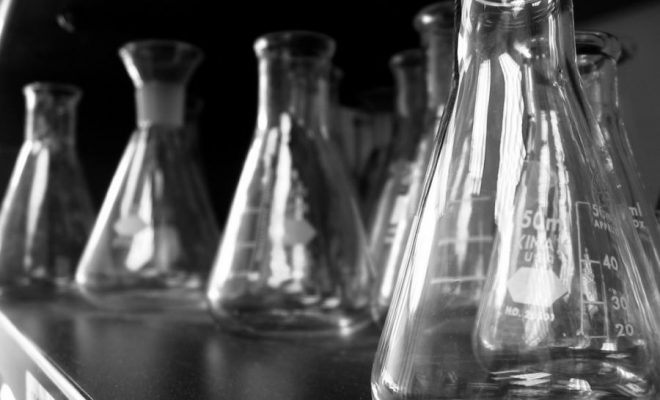
Why Low-income Kids Are Nowhere to be Found in STEM

The Edvocate’s List of 57 STEM Apps, Tools & Resources
41 of the best 6th grade science projects and experiments, 26 of the best 5th grade science projects and experiments, 43 of the best 7th grade science projects and experiments.

21 Amazing STEM Resources for Teachers
- Skip to primary navigation
- Skip to main content
- Skip to footer
Science Struck
Science Fair Made Fun With These Epic 8th Grade Project Ideas
The best science fair projects are comprehensive, understandable, and less time-consuming. A list of easy-to-demonstrate science fair projects for the 8th grade are highlighted in this article. Have a look...
Like it? Share it!

The best science fair projects are comprehensive, understandable, and less time-consuming. A list of easy-to-demonstrate science fair projects for the 8th grade are highlighted in this article. Have a look…
Students in the 8th grade are well-acquainted with science fair projects and the competition behind them. Participating in the project is fun and interesting for every student. It is a good chance to experiment, by applying your understanding of the various topics of a subject. Nevertheless, the most crucial step is coming up with an idea that is catchy as well as significant. Given below is a list of such suitable project ideas. Take your pick.
List of Science Fair Projects for the 8th Grade
We come across science in nearly all spheres of life. So, you can expect the probable number of project topics. But, selecting a particular subject that is catchy, unique, and interesting to conduct, is easier said than done. Following is a list of biology experiments and science fair projects for the 8th grade, from which you can choose your project title according to your personal interest:
- What is the effect of temperature on the growth of a caterpillar?
- What size of windmill blades gives maximum wind energy, and at what angle?
- Can dogs and cats identify all visible colors? Or are they colorblind to specific colors?
- Studying the stages of a star, including formation, intermediate phases, and death of the star?
- What are the advantages of using fruits flies in genetic studies and research?
- Does exposure to caffeine affect the survival rate of fruit flies?
- What is the concentration of carbon dioxide in a soda bottle?
- Which objects rust the most, and why?
- What are the advantages of cryopreservation in scientific applications?
- Explain the effects of gravity on the direction of growth of plants?
- Studying the effects of water pH on the shape and size of algal cells?
- Is it true that cruciferous vegetables aid in combating cancer? If yes, in what way?
- In what way do food preservatives help in fighting against microbes?
- What concentration of bleach is required to kill molds and other fungus species?
- Can you detect electric charge in fruits and vegetables? If yes, which vegetable or fruit has the highest charge?
- What is glass recycling? What are the benefits?
- Why does a nocturnal insect get attracted to candles and lamps? Is it the heat or the light?
- What is the controversy behind genetically modified (GM) foods? What are the pros and cons of GM foods?
- Does light affect the food spoilage time? Under which light intensity, do foods spoil the most?
- Are there any materials that glow in the dark? What is the phenomenon behind it?
- What ratio of baking soda to vinegar, in volcano projects, produces the best eruption effect?
- Is repeated use of the same water bottles safe for us? Or is there negative effects of reusing water bottles?
- What are the factors (e.g. water, light intensity, temperature, soil, etc.) that contribute to quick germination of seeds?
- Do different cations (calcium ion, sodium ion, potassium ion) affect the growth rate of plants?
- Does soapy water promote the growth and development of plants? What is the concentration of soap water that is destructive for plants?
- Is there any effect of magnetism on plant growth?
- What are the factors that determine the fertility of soil other than nutrients levels?
- How do beneficial soil microbes help in providing nutrients to plants?
- Can plants grow without soil? If yes, under what conditions?
- Is grafting tomato plants over potato plants possible?
- Why does planting the same crop, repeatedly for many years, in the same area, affects the crop yield?
- How do certain plants affect the growth of other plants growing in the same area?
- What can you do to control the ripening of fruits?
At the time of finalizing the science fair project, pick a topic that you are comfortable and confident with, and not because it sounds interesting. After all, you are expected to practically demonstrate the chosen project, and reply to the questions that are put forth by other students.
Get Updates Right to Your Inbox
Privacy overview.
All Science Fair Projects
1000 science fair projects with complete instructions.

75 Science Fair Projects for 8th Graders
Are you looking for an intriguing eighth grade science fair project? We've got you covered with this carefully selected list of science fair projects specifically for eighth graders.
8th Grade Science Fair Project FAQ
What are some easy 8th grade science fair projects.
Each one of these easy science fair projects is ideal for eighth grade science students to learn important scientific concepts using readily available materials. These are terrific project ideas to get 8th grade students interested in science and have fun doing it!
Static Electricity: What's Attracting?
The Effect of Temperature on Fingerprints
Soap and Surface Tension
Bicycle Helmet Shock Absorption
Glowing in the Dark
Growing Plants from Fragmentation
Extracting DNA from Onions
Temperature and Solubility
Viewing Sunspots
Bacteria on Chopping Boards
Science fair project details right above the FAQ!
What is the best 8th grade science project ever?
We think the Extracting DNA from Onions science fair project is awesome for middle school students! This science project aims to demystify DNA by showing how easy it is to extract from onions and what DNA looks like when it's outside of the cell. It's a classic science experiment to learn about DNA and how DNA can be extracted from many kinds of cells. Check out the video on the project page where DNA is extracted from strawberries too! What other fruits and vegetables can you extract DNA from?
If you're looking for more 8th grade science projects, check out the 8th grade science fair projects at the top of this page!
Check out more Best Science Fair Projects →
What are some cool 8th grade science fair projects?
Get ready to be amazed by these super cool science projects for 8th graders! With just a few common items, get ready for have tons of fun with a cool science fair project!
Soap Bubbles in Carbon Dioxide
Exploring Cave Formations
Busting Acne Bacteria
What are 5 testable questions for 8th grade?
A testable question is a question that we can answer through a science experiment. To do this, we do a control science experiment, then we change one thing in the experiment to see how it affects what happens. This is how we can discover the answer to our question! Eighth grade science students can use the following testable questions for a science fair project.
Do detergents affect plant growth?
Can drink and food taste different just by changing its color?
Does the color of light affect photosynthesis?
Does temperature affect seed sprouting?
What makes popcorn pop?
Here are more testable questions along with their science projects →
What are the top 10 science projects for 8th grade?
These are our top 10 science projects for 8th grade, with projects from Biology, Chemistry, Physics, Engineering and Environmental Science. These projects can be used as science fair project ideas or as a fun experiment to explore different areas of science!
Testing Fabric Types for Water Resistance
The Greenhouse Effect
Science project details right above the FAQ!
Can I do a 8th grade science fair project in a day?
Yes! Quick experiments or making a model can be a great option for a science fair project! Since you're short on time, they all use readily available materials. Here are quick science fair project ideas to get you started.
The Solar System: See it in the correct scale!
Create your own solar system model to scale on the sidewalk and take a walk through space! Solar System Scale Model on the Sidewalk
Chromatography reaction: Separating out colors!
Have you ever wondered why leaves change color in the fall? Let's find out by using chromatography to separate the colors of a green leaf! Uncovering Fall Colors
Heat reactions: Heat speeds things up!
Does the temperature of a room affect how quickly a candle burns? Burn Rate of a Candle
What are some hands-on ways to find inspiration for my science fair project?
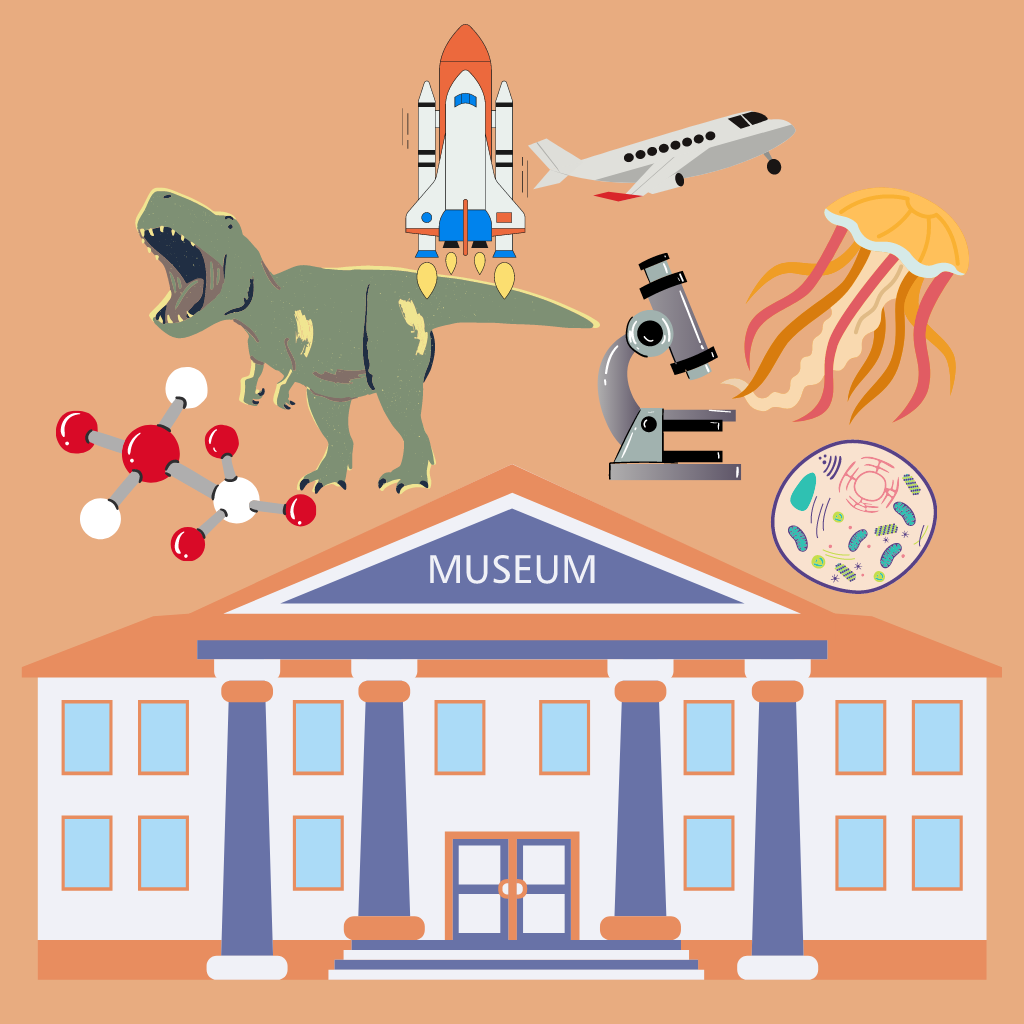
There may be free admission days or free passes to a science museum near you! Check your local library for free museum passes, nearby science museums for free entrance days and your credit card for offers.
Find a science museum near you and prepare to be awed by all that you can learn there! I always learn something new and am inspired whenever I go to a science museum!
How do I start a science fair project?
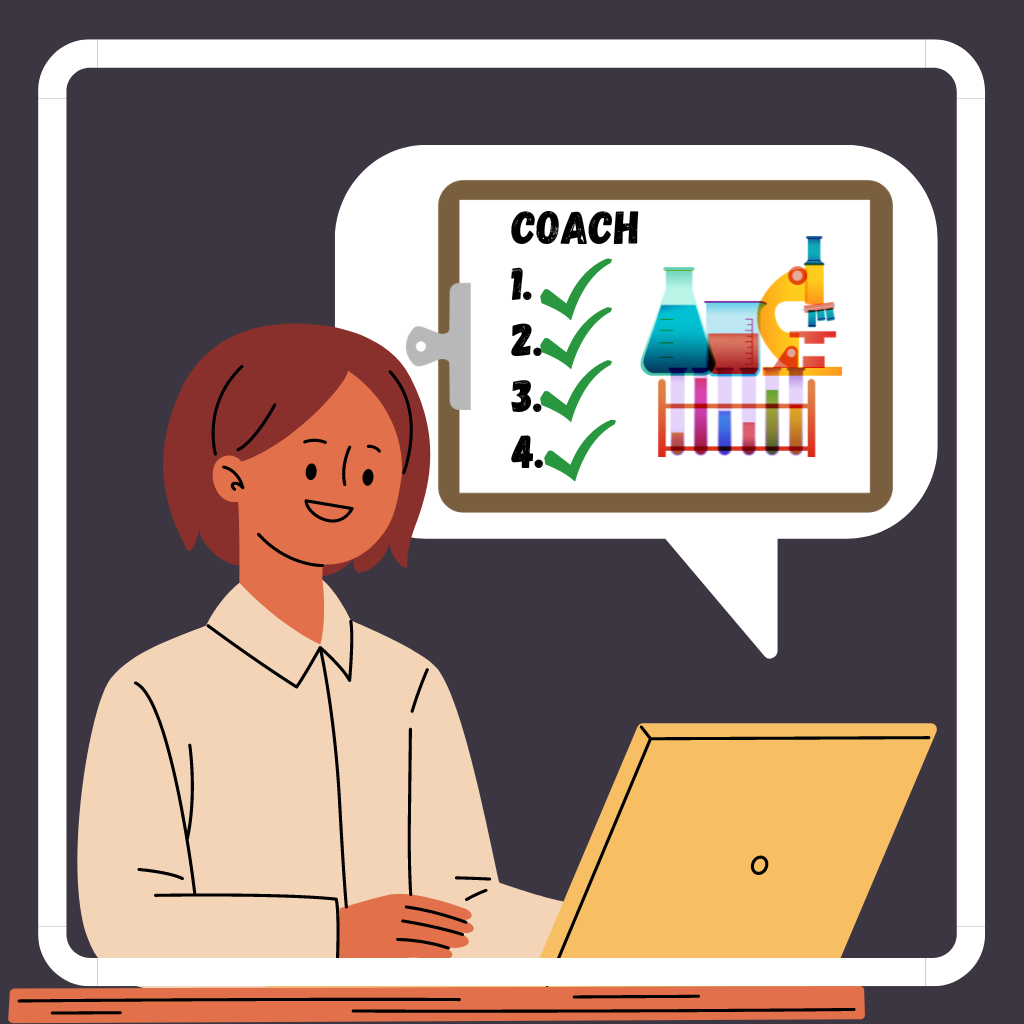
What should I do after I have a science fair project idea?

How do I make a science fair board?
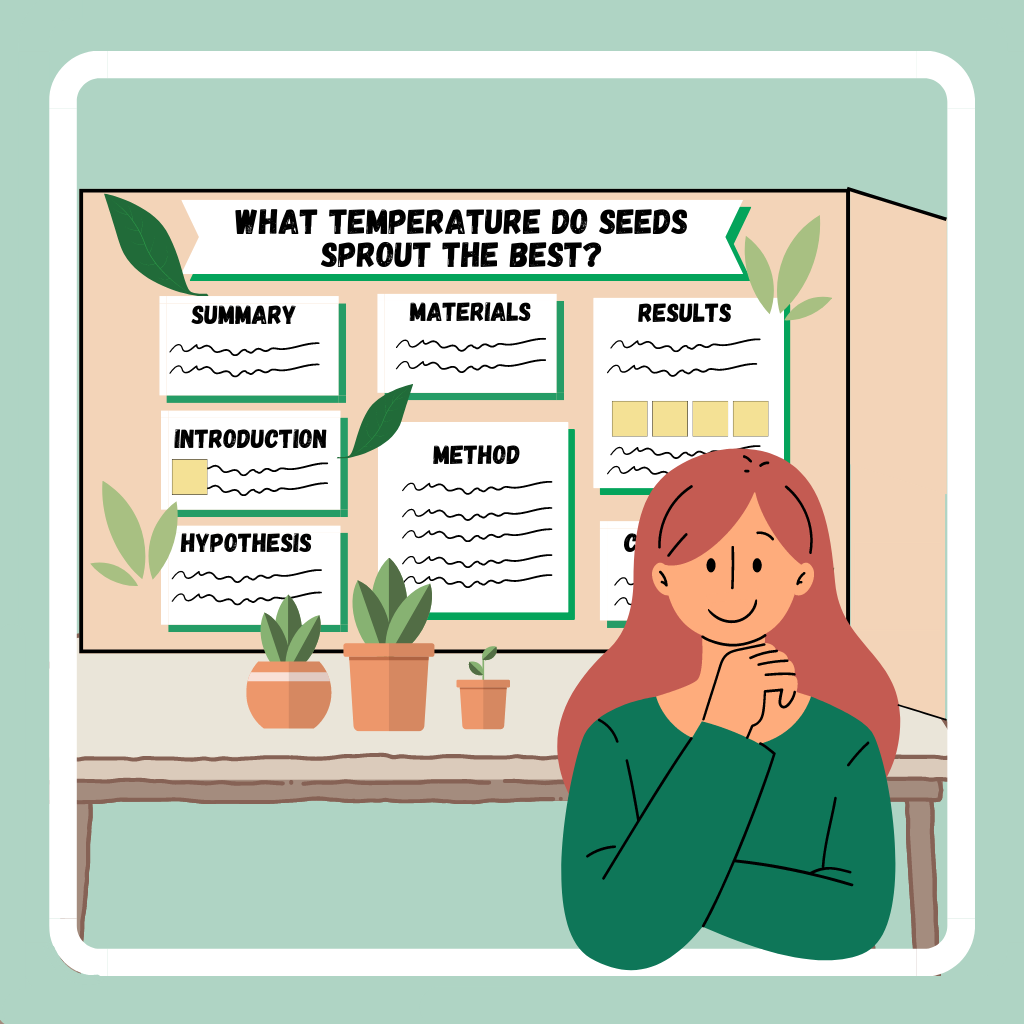
What is the scientific method?
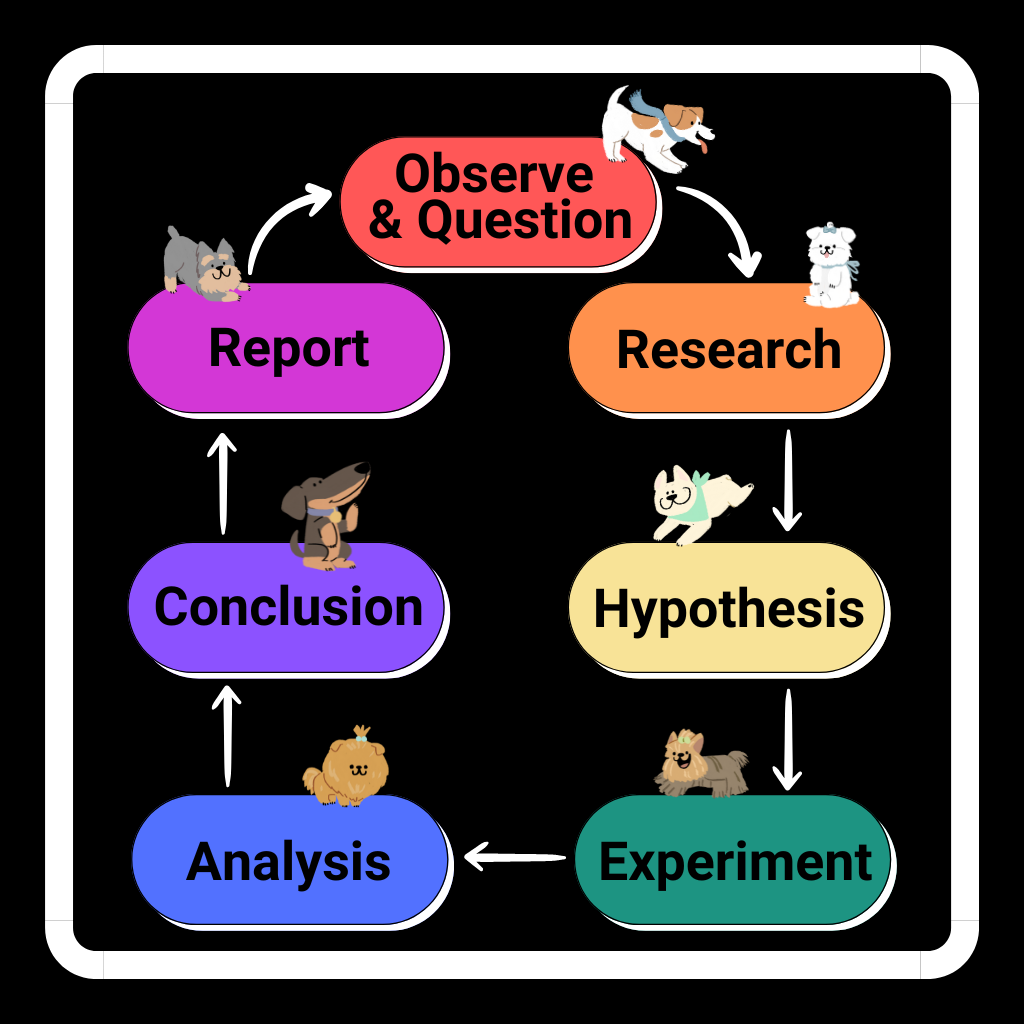
What is the engineering design process?
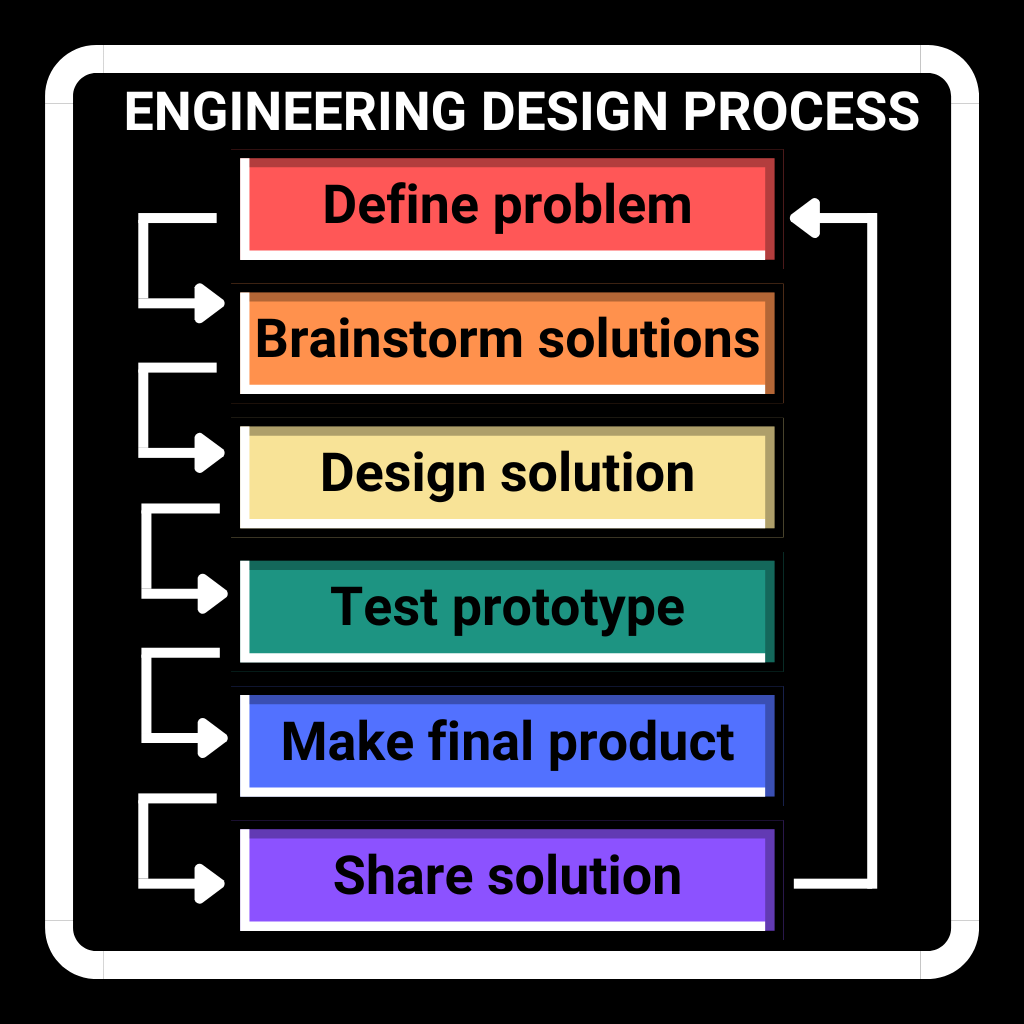
Where can I find a science fair competition?
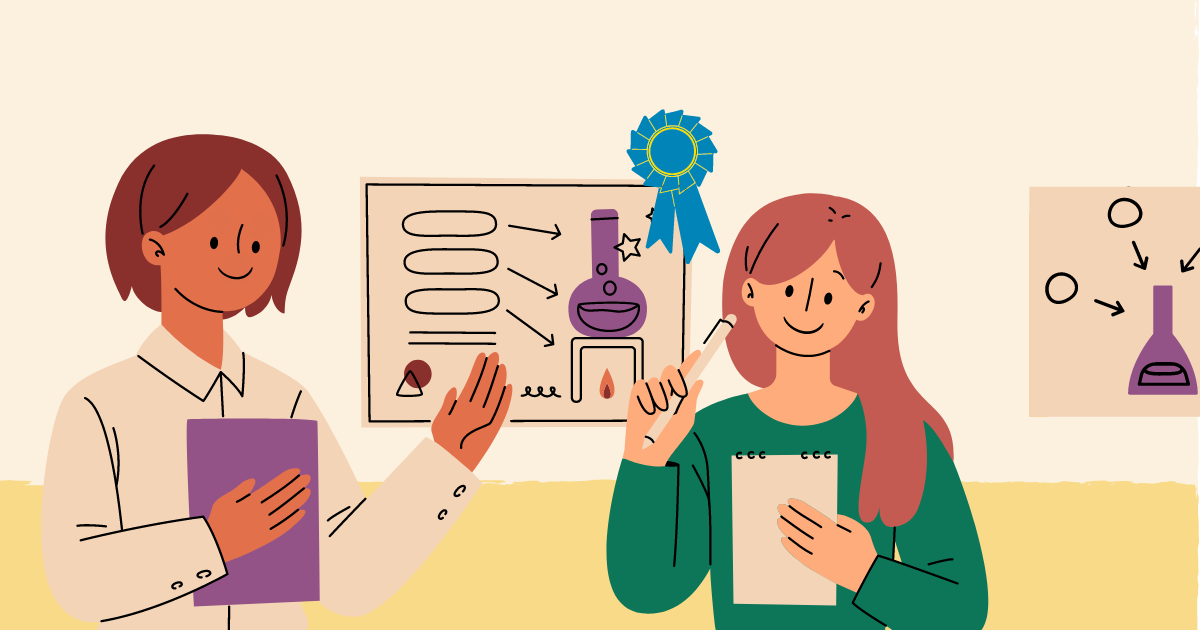
The www Virtual Library: Science Fairs website also has a collection of science fairs from all over the world, as well as national, state, regional, local, and virtual competitions!
Discover Explore Learn
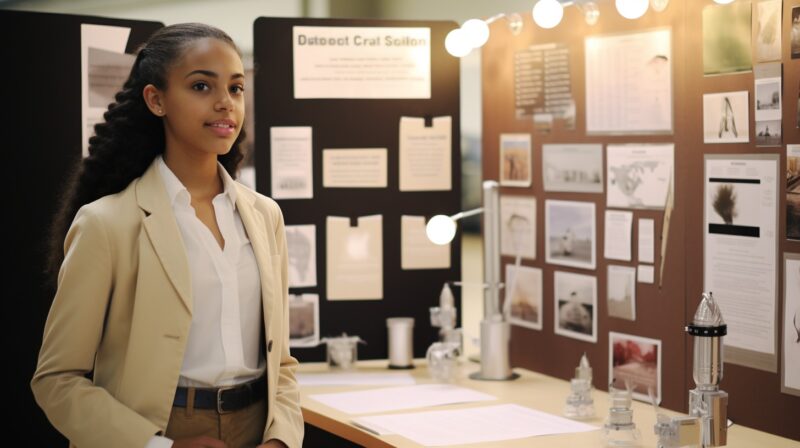
101 Science Fair Ideas for 8th Graders: Unleash Your Inner Scientist
Are you looking for some fun and interesting science fair ideas for your 8th-grade project? Science fairs are a great way to showcase your creativity, curiosity, and problem-solving skills.
You can choose a topic that interests you, design an experiment, and present your results to your classmates, teachers, and judges. But how do you find a good science fair idea?
There are so many possibilities, and you want to pick something that is original, feasible, and relevant. To help you out, we have compiled a list of 101 science fair ideas for 8th graders, divided into different categories.
Whether you are interested in biology, chemistry, physics, engineering, or something else, you are sure to find something that sparks your imagination.
- The Effect of Different Types of Fertilizers on Plant Growth
- Investigating Tooth Enamel Erosion: Effects of Various Liquids
- Natural Mosquito Repellents: Extracts vs. Mosquitoes
- The Photosynthesis Palette: Effects of Light Colors on Plants
- Purifying Water: Building a Simple Filtration System
- Nature’s Cleaners: Removing Stains with Natural Agents
- The Effect of Caffeine on Heart Rate
- The Effect of Music on Memory
- The Effect of Exercise on Lung Capacity
- The Effect of pH on Enzyme Activity

- The Chemistry of Making Ice Cream
- Make a Battery with Metal, Air, and Salt Water
- Make Your Own Shampoo
- The Reaction Between Baking Soda and Vinegar
- How an Instant Cold Pack Works
- Color Changing Iodine Clock Reaction
- The Effect of Temperature on Crystal Growth
- The Effect of pH on the Rate of Rusting
- The Effect of Soap on Surface Tension
- The Effect of Solutes on the Freezing Point of Water
- Drop an Egg to Prove the First Law of Motion
- Build a Rube Goldberg Machine
- Make a Simple Electric Motor
- Make a Simple Electromagnet
- Make a Simple Speaker
- Make a Simple Telescope
- Make a Simple Periscope
- Make a Simple Kaleidoscope
- The Effect of Air Resistance on Falling Objects
- The Effect of Friction on Sliding Objects
Engineering
- Develop a Robotic Hand
- Construct a Wind Turbine
- Create a Solar Oven
- Build a Water Filter
- Design a Bridge
- Engineer a Catapult
- Design a Parachute
- Construct a Roller Coaster
- Create a Paper Airplane
- Build a Marble Run
Earth and Environmental Science Experiments
- Monitor Algae Growth
- Assess Soil Moisture Levels
- Test Soil pH
- Evaluate Air Quality
- Analyze Water Quality
- Investigate the Greenhouse Effect
- Examine the Impact of Acid Rain
- Study the Effects of Global Warming
- Observe the Consequences of Erosion
- Explore the Benefits of Composting
Astronomy Models
- Simulate the Solar System
- Demonstrate the Moon’s Phases
- Illustrate Solar and Lunar Eclipses
- Represent Earth’s Seasons
- Model Oceanic Tides
- Depict Planetary Orbits
- Show Earth’s Rotation and Revolution
- Construct Constellation Models
- Model a Star’s Life Cycle
- Create a Crater Formation Model
Psychology Experiments
- Conduct the Stroop Effect Test
- Investigate the False Memory Effect
- Explore the Serial Position Effect
- Study the Anchoring Effect
- Examine the Halo Effect
- Observe the Bystander Effect
- Test the Placebo Effect
- Analyze the Priming Effect
- Research the Dunning-Kruger Effect
- Investigate the Pygmalion Effect
Sociology Studies

- Examine Gender’s Impact on Academic Performance
- Study Age’s Influence on Generosity
- Explore Cultural Effects on Food Preferences
- Assess Social Media’s Impact on Self-Esteem
- Investigate Music’s Effect on Mood
- Examine Video Games’ Influence on Aggression
- Analyze Peer Pressure’s Role in Decision-Making
- Study Group Size’s Effect on Cooperation
- Explore Diversity’s Impact on Creativity
- Investigate Competition’s Role in Motivation
Video Games
- Impact of Video Games on Brain Activity
- Effect of Video Games on Mood
- Influence of Video Games on Vision
- Video Games and Learning Outcomes
- Video Games and Social Skills Development
- Creativity Enhancement through Video Games
- Physical Health Effects of Video Gaming
- Video Games and Environmental Awareness
- Ethical Reasoning Influenced by Video Games
- Cultural Competence through Video Gaming
Computer Science
- Teach a computer to play tic-tac-toe
- Use Artificial Intelligence to classify emotions
- Build an App
- Identify objects with Machine Learning
- Make a Motion Sensor Alarm
- Design your own video game
- Code a calculator
- Make an encryption program
- Create a chatbot
- Program a music synthesizer
- Develop a web crawler
Making Your Science Fair Project Shine
If you’re a fan of volcano projects then, starting a science fair project will be an exciting journey into the world of science and new ideas. But with so many great projects out there, it can be tough to make yours stand out.
To grab attention and make people remember your project, you need to be creative. This means coming up with fresh and different ideas that make your project unique.
Think outside the box, question the usual ways of thinking, and add your own original twist to your work. While it’s great to be imaginative, remember to base your ideas on solid science and do thorough research.
This balance between creativity and science is key to a successful project.
Tip: Another successful project idea for the next Science Fair can be food molding .
Thorough Research
Doing thorough research is really important for your science fair project. Look into your topic, learning all the small details and important points.
Make sure to use information from trustworthy sources, do careful experiments, and look at your results carefully and fairly. Your research is the strong base that makes your project believable and convincing.
Having a good plan is like having a map for your project. Write down each step of your research, how you’ll do your experiments, and how you’ll look at your data.
Think about what might go wrong and have backup plans ready. A clear plan helps you work better and keeps you organized and confident .
Effective Communication: The Art of Storytelling
Your science fair project is more than just a science experiment; it’s like a story you get to tell. Share your results clearly and with excitement.
Use things like graphs, diagrams, and charts to help explain your work and make it more interesting. Get your audience involved with hands-on activities and interesting questions.
Good communication can turn your project into an exciting story. Think of your science fair project as a chance to grow and learn new things.
Enjoy the ups and downs, and value what you learn along the way. Stay curious and let your love for science drive you.
Remember, the journey is just as important as the end result. Your project shows how hard you’ve worked, your creativity, and your science skills.
With these tips, you can make your project really special and memorable. Let your project stand out and make a lasting impression at the science fair.

Can I integrate technology like AR or VR into my science fair project?
Absolutely! Incorporating augmented reality (AR) or virtual reality (VR) can make your project more interactive and engaging. For instance, you could use VR to simulate an environment related to your project, or AR to provide a more immersive explanation of your findings.
How can I involve the audience in my science fair presentation?
Interactive elements can greatly enhance audience engagement. Consider incorporating simple experiments or demonstrations in which the audience can participate, or interactive quizzes related to your project. This not only makes your presentation more memorable but also helps in explaining complex concepts.
Is it beneficial to collaborate with local scientists or experts in my project?
Collaborating with experts can add depth and credibility to your project. They can provide valuable insights, resources, and guidance. Just ensure that your project remains primarily your own work, and give appropriate credit for any assistance received.
How can I use social media to enhance my science fair project?
Social media can be a powerful tool to document and share your project’s progress. You can create posts or videos explaining your experiments , share interesting findings, or even conduct online surveys. This not only broadens your project’s reach but also helps in receiving feedback and ideas.
What role can storytelling play in my science fair project?
Storytelling can make your project more relatable and engaging. You can weave a narrative around your project, explaining the problem you’re addressing, your journey of discovery, and the implications of your findings. This approach can make complex scientific concepts more understandable and interesting.
How can I ensure my project is environmentally sustainable?
Consider using recycled or eco-friendly materials and focus on sustainability in your project design. If your project involves experiments, ensure they are environmentally safe. Projects that address environmental issues or promote sustainability often stand out for their relevance and ethical considerations.
Final Words
In summary, the 101 science fair ideas for 8th graders span a wide array of subjects, from biology to computer science, offering students a chance to explore their interests and develop critical thinking and problem-solving skills. These projects are more than just assignments; they are opportunities for young learners to engage in scientific inquiry, express creativity, and build confidence.
The key to a successful science fair project lies in choosing a topic that excites the student, conducting thorough research, and presenting the findings effectively. This experience not only enriches their knowledge but also fosters a lifelong passion for science and discovery.
Related Posts:
- Science Fair Project Idea: Why Do Some Foods Mold…
- How to Make a Volcano for a Science Fair Project -…
- How to Make Lemon Battery Science Fair Project -…
- Balloon Rockets: A Journey Into Science and Fun
- 7 Best Youtube Science Channels for Kids: Turn…

The Best 21 8th Grade Science Projects
Categories Education/School
Science is an incredibly fascinating and insightful subject that can teach young students a lot about the world they live in, and how they interact with it.
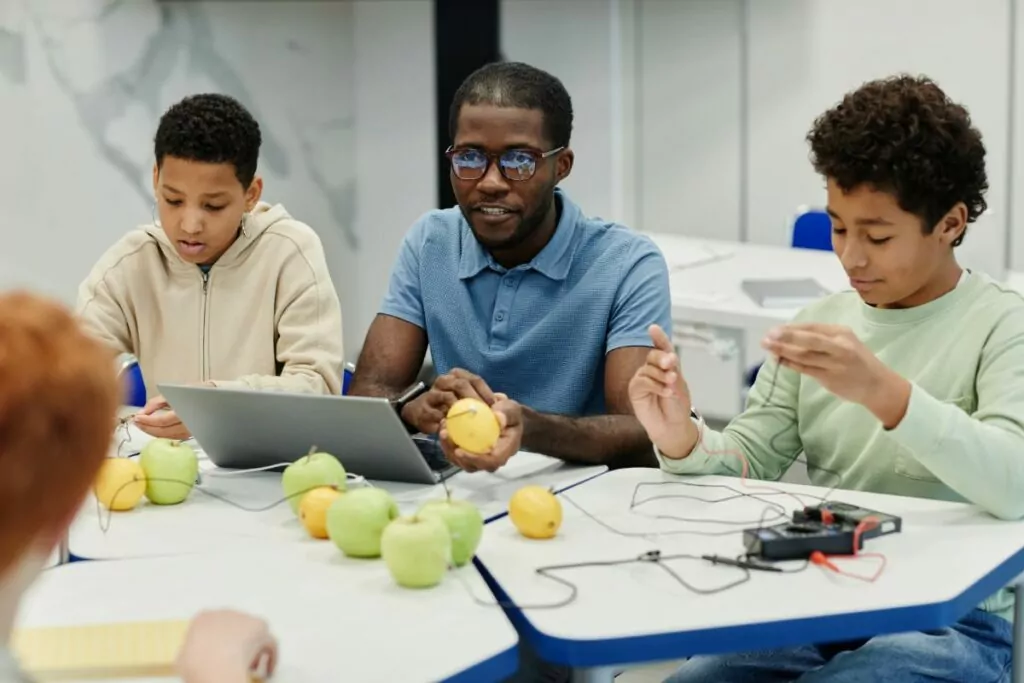
It can be an incredibly rewarding and enriching subject to study, but you need to make sure that you maintain their focus so that they learn as much as possible.
This is very often easier said than done, but with the right activities, you can easily get the kids involved with the subject, and help them to enjoy themselves, while also learning a lot of valuable information.
However, there are so many science project ideas out there across the web, so you have probably found yourself a bit overwhelmed by choice.
Luckily, we are here to take you through the very best 8th-grade science projects that you can try out with the students to help them to learn.
Read on down below to get started!
1. Fingerprints
This biology-focused activity will help the children to learn a little more about genetics, as well as some of the many things that make them unique and special.
Get the kids to create thumbprints on paper, with a little bit of ink, and then encourage them to take this paper home to grab thumbprints of their parents or even their siblings.
Once the kids bring them back to class, ask them to investigate some of the ways that fingerprints might be similar between generations, as well as how their own fingerprints differ from those of other children in the class.
2. Chlorophyll In Plants
Chlorophyll is one of the most important components in many unique plants across the world, and it is the key component in providing much of the green color that these plants boast.
There are numerous ways that you can experiment with chlorophyll in class, and help your children to better understand what it does, and how levels of it can differ from plant to plant.
These experiments look at which leaves boast the most color, and which ones, thus, contain the most chlorophyll.
3. Making Marshmallows
This excellent activity will teach the students a lot about food science, especially how mixing together specific ingredients with specific values will create very different final results.
This is an incredibly fun project that will allow the students to get sticky and messy, while also creating delicious treats that they can then enjoy together once the project has been wrapped up.
The students will love getting involved with this project, while also learning a lot about how chemistry plays a key role in the kitchen!
4. Material Insulation Experiment
This experiment will help to teach the students to recognize the difference between conduction and insulation.
The students will be tasked with using various household materials to decide which materials work best as insulators against different temperatures.
This can also help to teach the students the role that insulation plays within construction, and how our buildings are kept insulated from the outside world.
5. T-Shirt Tie Dye
Tie-dye t-shirts are back in fashion massively, so the students will really love getting involved with this project that not only results in some wonderful-looking t-shirts but also helps them to learn about the various materials that are used to make t-shirts.
This experiment will tell the students a lot about the different fibers used to make t-shirts, as well as where those fibers are derived from, helping them to gain a greater appreciation of what goes into making their various belongings.
6. Creating Crystals
This chemistry experiment will easily be one of the coolest experiments that the students will have ever experienced, as it makes use of only a few very simple materials, and yet results in incredible and observable results that the students can even bring home with them to show off to their parents.
The students will be able to create crystals of all kinds of shapes and colors, by making use of food dyes, so they can create some of the coolest crystal formations around.
7. The Water Cycle
We loved playing around with this experiment, because it helped the students to understand how rain works, what it does, and how it comes about.
This amazing experiment will help the students to understand the water cycle, and the role that it plays in helping nature to continue thriving.
The experiment is also incredibly easy to set up, so you can easily get it ready for your class’ lesson in no time, and help them to learn.
8. Bendy Bones
This wacky science experiment will allow the students plenty of time to play around with science, and they will definitely get a laugh out of the results of this experiment.
After leaving the bone within the jar of vinegar for some time, it will become bendy.
This will teach the students how different acids dissolve and eat away at different parts of organic matter, which is what allows the acids to make the bones bendy and flexible.
You can also use this as a great opportunity to reaffirm the importance of milk and calcium in creating strong bones.
9. Flower Dissection
Dissection is a key part of many children’s school science experiences, but with this experiment, they don’t have to worry about the grisly task of dissecting an animal.
This experiment allows the students to carefully dissect flowers in order to see the various components in the average flower that help them to thrive and grow to be healthy.
This incredibly fascinating experiment allows the students to get directly involved, and learn in a more interactive manner.
10. Create Elephant Toothpaste
This is a really exciting experiment that will get the entire class involved and allows the students to get a little bit messy.
This experiment will teach the students about various chemical reactions, and what happens when certain elements are mixed together.
The kids will delight in seeing the chemical reaction take place, and watching as the ‘Elephant Toothpaste’ compound flows out of their chosen bottle or vessel.
It will also teach them a lot about exothermic reactions, and how they play a key role in creating specific compounds.
11. The Effect Of Stress On The Body
Stress can have a very physical effect on the human body, and this experiment will help the students to understand what it is that stress does to the body, and the many ways in which the body reacts to stress.
The experiment is very simple, and involves the students taking measurements of body temperature at a relaxed state, and the body temperature when in a state of stress.
The students will likely find themselves very surprised by some of the results, and the experiment will prove incredibly valuable in teaching them about stress, and why it needs to be carefully managed for the betterment of physical and mental health.
12. Create Infinity Mirrors
Visual illusions are not only incredibly hypnotic to look at, but they can also easily be used for educational purposes, to teach students about how light interacts with the world around them.
With just a few basic materials, and a little bit of ingenuity, your students can easily create an experiment that results in an infinity-mirror effect that proves incredibly mind-blowing to look at.
The students will love creating these infinity mirrors, and looking at the immensely trippy results that they produce.
13. Sound Experiments
Teaching students about how sound travels can often involve the use of dull and unexciting charts to depict soundwaves, but with this awesome experiment, you can help the students to actually visualize the effect that sound has on the world around it.
There are a number of different experiments that you can do with your students to show off the unique movements of sound, so make sure to try out a number.
The students will enjoy watching as sound causes different reactions to occur within different materials.
14. Hard Water Experiment
This experiment will help students to understand what it means for water to be ‘Hard’, and how the hardness of water can cause the water to react in different ways when different materials are placed into it.
We loved performing this experiment with the students, because it was incredibly easy to set it all up, and yet resulted in a truly enriching learning experience that helped the students to learn a lot about chemistry and some of the various compounds that can be found in water.
15. Rube-Goldberg Machines
To help teach your students about the power of gravity, and the effect that it has on everyday objects, then this experiment is an incredibly safe bet.
Encourage the children to get creative, to create machines that allow small balls to roll around from point A to point B.
Make sure to provide the students with plenty of simple construction materials, like disposable cups, popsicle sticks, and glue!
The students will really enjoy creating machines that allow the balls to move quickly, and competing to create the most exciting machines in the class.
16. Homemade Water Filters
One of the experiments we touched upon just earlier involved the students learning a little more about the various compounds that can be found in ‘Hard’ water, while this experiment helps them to take this knowledge a little further, to understand how to extract these compounds from water.
The students will love creating the filters themselves, and then watching as the water they put through it becomes filtered and the compounds are removed!
We loved how simple this experiment was, despite how fascinating and exciting the end results proved to be.
17. Raft Building
This experiment allows the students to make use of very simple materials in nature, or you can bring in a number of materials for them to choose from to create their own rafts.
This experiment will teach the students about surface tension, and how it is key in helping their rafts to float on the surface of the water.
This experiment can also include a competitive element, as you can challenge the students to create the most effective raft, and see which one can bear the greatest load before sinking!
18. Candy Chromatography
Candies like Skittles and M&Ms include all kinds of coloring agents that help to give them such vibrant and colorful looks.
This experiment takes advantage of this and allows the students to watch as the colors slowly bleed out of these candies, onto paper.
What we loved about this experiment was that it was incredibly easy to put together, and only involved a few basic components that came together to create some great results.
Watching as the colors bled out of the candies provided a great socializing opportunity for the students to grow closer as they watch with excitement.
19. Extracting Onion DNA
It can be incredibly mindblowing for young students to learn about the chemicals that make up numerous organic items, and biological materials.
This experiment allows the students to get up close and personal with DNA, without having to make use of any fancy technology, or microscopes!
This experiment is also incredibly easy for the children to get involved with, and allows them to work together to better understand the basics of DNA, and the role that DNA plays in making each onion unique.
The experiment also allows the students to get a little bit messy, which makes the lesson more satisfying for everyone!
20. Ice Race
This simple experiment makes use of the slippery nature of ice, as the students compete to discover which materials will help ice to melt quicker, and thus allow it to move more quickly along a set path.
This experiment is not only a lot of fun and allows the students to get a little bit competitive, but it also teaches them about how certain chemical reactions can generate heat, and thus cause ice to melt at differing rates.
This experiment is also mostly mess-free, so teachers don’t need to worry about hours of cleanup after it is wrapped up!
21. Phototropism Experiment
This experiment is sure to blow the students’ minds, as they will learn about how plants actively seek out light sources, in order to grow more efficiently.
The experiment is done over a long period, as the students move their lights around slightly day upon day, above the plants, to watch as the plants move accordingly, in order to take advantage of this light, and grow more effectively.
This experiment will help to teach the students about the inner lives of plants, and how they manage to grow so effectively, even in harsher conditions where there may be less available light.
For more inspiration, take a look at these 9th-grade science projects .
These are just a small few of the best 8th grade science projects that you can try with your class, but they are easily amongst the very best.
If you are looking for fun and engaging ways to get your students involved with the world of science, then you simply need to try a number of these experiments in class! Looking for more information? Take a look at how anchor charts can help with science class.
- Recent Posts
- Homeschooling In High School: Pros And Cons - February 24, 2024
- How Do I Withdraw My Child From School To Homeschool? - February 23, 2024
- How To Not Go Crazy Homeschooling Kids: A Guide For Frazzled Parents - February 22, 2024
Related Posts:

Leave a comment Cancel reply
Your email address will not be published. Required fields are marked *
Save my name, email, and website in this browser for the next time I comment.
Get free list of 50+ STEM opportunities, internships, and scholarships →
RishabAcademy.com
Winning science fair projects: best ideas for 8th grade.
Published by
Afreen Hossain

Starting to work on STEM project ideas in middle school is a great way to excel at science fair in high school! Read this blog for a few ideas & useful guides!
Breath of Life: Exploring Lung Capacity
Description: Let’s blend biology and math by testing lung capacity with a balloon! Students guess, observe, and note down their findings, trying out different ways to measure how much air their lungs can hold. By blowing up balloons and measuring them, young scientists learn about breathing and why it’s important for our bodies.
Impact: Knowing about lungs and how they work is super important for staying healthy. This project helps students understand why breathing well matters. It’s fun and educational, showing how our bodies function in a cool, hands-on way!
- Measuring tape
- A group of friends or family members willing to participate.
- Instructions or guides on how to conduct lung capacity experiments.
Plant Light Maze
Description: Let’s create a fun maze to see how plants move towards light! Watch as plants grow and change direction to reach light sources in an exciting experiment. With a maze and some observation, we’ll uncover how plants behave and follow light.
Impact: This project shows how plants react to light in a cool and simple way. It helps us understand how plants find their way to sunlight, teaching us about how they grow and adapt.
- Potted plants
- Tape or glue
- Lamp or any light source
- Ruler or measuring tape
- Notebook for observations
Nitrogen and Plants: Growing Insights
Description: Explore the essential role of nitrogen in plant growth through a captivating experiment. Compare the growth of pea plants with and without nitrogen-fixing bacteria to uncover the significance of nitrogen in nurturing healthy plants. By observing and analyzing the differences, delve into the intricate relationship between nitrogen and plant vitality, gaining valuable insights into agricultural practices and ecosystem dynamics.
Impact: This project provides valuable insights into the importance of nitrogen for agriculture and ecosystem health. Understanding how nitrogen influences plant growth enhances our ability to cultivate thriving crops while promoting environmental sustainability.
- Nitrogen-fixing bacteria (such as Rhizobium species)
- Pots or planting containers
Clear Waters: Exploring Water Quality
Description: Take a deep dive into understanding water quality by conducting experiments on water samples from local streams, swimming pools, or household taps. Utilize a comprehensive water-testing kit to analyze various parameters such as pH levels, dissolved oxygen content, and the presence of pollutants. Through hands-on exploration, gain valuable insights into the quality of water sources in your community and its implications for human health and the environment.
Impact: This project serves as a powerful tool for raising awareness about the importance of water safety and the threats posed by pollution. By actively engaging in water quality testing, participants not only enhance their understanding of environmental issues but also contribute to efforts aimed at safeguarding water resources for future generations.
- Water-testing kit containing necessary reagents and equipment.
- Water samples collected from local streams, swimming pools, or household taps.
- Documentation materials such as notebooks, pens, and cameras for recording observations and results.
Wild Tracks: Exploring Animal Prints
Description: Utilize plaster of Paris to carefully capture the intricate details of animal footprints and identify the species based on track patterns. Through this hands-on activity, immerse yourself in the world of wildlife tracking and deepen your understanding of local ecosystems.
Impact: This project fosters a deeper connection to nature by enhancing ecological awareness and wildlife tracking skills. By studying animal tracks and creating casts, participants develop a greater appreciation for the diverse array of species inhabiting their surroundings while honing their observational abilities.
- Plaster of Paris
- Animal track molds or templates
- Field guidebooks on local wildlife species
Sky-High Gardens: Building Vertical Veggie Towers
Description: Get ready to transform urban spaces into lush green havens with vertical garden towers! Construct these innovative structures using recycled materials to grow a bounty of vegetables in areas where traditional gardening space is scarce. Embrace sustainability and ingenuity as you repurpose materials and maximize vertical space for abundant harvests.
Impact: This project revolutionizes urban farming by promoting sustainable practices and fostering healthy eating habits. By utilizing recycled materials and vertical gardening techniques, it reduces the carbon footprint associated with food production while addressing food insecurity in densely populated urban communities.
- Recycled PVC pipes or wooden pallets for constructing the towers
- Soil for planting and nourishing your vegetables
- Seeds or seedlings of your favorite veggies
- Gardening tools for tending to your vertical garden oasis
EcoQuest: Fun Recycling Adventures
Description: Embark on an exciting journey of environmental education by creating an interactive game or app that teaches players, especially children, about the importance of recycling and waste management. Dive into the world of game development to craft engaging challenges and quizzes that promote sustainable habits and raise awareness about recycling practices.
Impact: This project is a powerful tool for instilling environmental consciousness and encouraging sustainable habits from a young age. By gamifying recycling and waste management concepts, it empowers players to make eco-friendly choices and actively participate in reducing waste generation.
- Game development software (e.g., Scratch, Unity, or App Inventor) for creating the game or app.
- Computers or tablets for programming and designing the game.
- Recyclable materials for creating game props and interactive elements.
- Educational resources on recycling, waste management, and game design to inform the development process.
Earth-Friendly Plastics: Crafting Sustainable Alternatives
Description: Dive into the realm of sustainability by researching and developing biodegradable alternatives to single-use plastics. Utilize natural materials like cornstarch or cellulose to create eco-friendly substitutes for items such as shopping bags or food packaging. Through experimentation and innovation, work towards reducing plastic pollution and fostering a greener future for our planet.
Impact: This project holds the power to significantly mitigate plastic pollution and its detrimental effects on the environment and wildlife. By promoting the adoption of biodegradable alternatives, it inspires individuals and businesses to embrace eco-friendly practices and reduce their environmental footprint.
- Biodegradable materials such as cornstarch, polylactic acid (PLA), or polyhydroxyalkanoates (PHA).
- Molds for shaping biodegradable materials into desired forms.
- Educational materials on plastic pollution and the properties of biodegradable materials to inform the research and development process.
FREE STEM Guide with a list of 50+ opportunities, competitions, internships and more! List of competitions/opportunities for high/middle school students. Best Science Fair Project Ideas for Middle School Students. Top Science Fair Competitions in 2024 . Mathematics competitions for students worldwide. Biology competitions.
Revolutionizing Plastic Recycling: 3D Printing with Recycled Plastic
Description: This project centers on the innovative concept of using recycled plastic waste to create filament for 3D printing. Through a series of steps involving collecting plastic waste, shredding or grinding it into manageable pieces, and extruding it into filament, participants transform discarded materials into valuable resources. The filament produced can then be used with a 3D printer to craft new products, demonstrating the potential for creativity and innovation in sustainable manufacturing.
Impact: Take a stand against plastic pollution and champion circular economy principles by transforming plastic waste into filament for 3D printing. This project not only promotes resource conservation but also minimizes the amount of plastic waste ending up in landfills or oceans. Furthermore, it stimulates innovation in sustainable manufacturing and product design, paving the way for a greener future.
- Plastic waste collection: PET bottles, HDPE containers, etc.
- Plastic shredder or grinder to break down plastic waste into smaller pieces.
- Filament extruder for converting shredded plastic into 3D printing filament.
- 3D printer for creating innovative products from recycled plastic filament.
- Research materials: Plastic recycling processes, filament production techniques, and various applications of 3D printing.

Light Quest: Exploring Phototropism in Plants
Description: Set up a captivating experiment where students can observe firsthand how plants grow and adapt their growth patterns in their quest for light. By constructing a maze and monitoring plant responses, participants delve into the fascinating world of phototropism, uncovering the secrets of plant behavior and light-seeking strategies.
Impact: This project offers a captivating glimpse into the phenomenon of phototropism, shedding light on how plants respond to environmental cues. Through hands-on exploration, students gain insight into the remarkable ability of plants to adapt and thrive in diverse conditions, fostering a deeper appreciation for the complexity of the natural world.
- Potted plants (small varieties suitable for indoor cultivation)
- Cardboard (for constructing the maze)
- Scissors (for cutting and shaping cardboard)
- Tape or glue (for assembling the maze)
- Light source (e.g., desk lamp, LED light)
- Measurement tools (ruler or measuring tape)
- Observation journal or notebook (for recording plant growth and behavior)
Not sure how to start?
Rishab Jain, who won ISEF, has achieved success in numerous research competitions and undertaken several research projects during his high school years. For those eager to start working towards STEM competitions, Rishab offers science fair coaching and a YouTube playlist on how to do research . It will provide you an opportunity to delve deeper into the world of STEM and win at Science Fairs. Rishab shares his winning strategies .
Share this:
Leave a reply cancel reply.
I’m Rishab Jain

I’m a student at Harvard studying Neuroscience. I’m dedicated to giving back to highly motivated students — giving the advice and resources that I wish I had back when I was in high school. I also have a YouTube Channel and Discord for students.
Work smarter, not harder.
Read more about me on LinkedIn !
Get competitions, scholarships, internships, and opportunities sent to you via email:
Every week, we email you with STEM competitions, opportunities, scholarships, guides, and more! Join 32,000 students:
Get our free resources:

Free Scholarships Guide PDF: planning template & opportunities list

STEM Student Guide: 50+ STEM opportunities | Cold email templates + resume guide | Internships & scholarships lists
Recent posts

Ultimate Guide to Johns Hopkins High School Programs in 2024

Ultimate Guide to the John Locke Institute Essay Competition

The Ultimate Guide to the Summer Programs at Harvard for High School Students

The Ultimate Guide to Finding the Right Career For High School Students
Ultimate list of music competitions for high schoolers 2024.

How to Win Envirothon: Ultimate Guide
Connect on linkedin, view posts by category:.
- college admissions
- competitions
- opportunities
- science fair
- summer program
- Uncategorized
Join our Discord to meet like-minded students!
See what extracurriculars i did to get into harvard, stanford, and mit:, discover more from rishabacademy.com.
Subscribe now to keep reading and get access to the full archive.
Type your email…
Continue reading
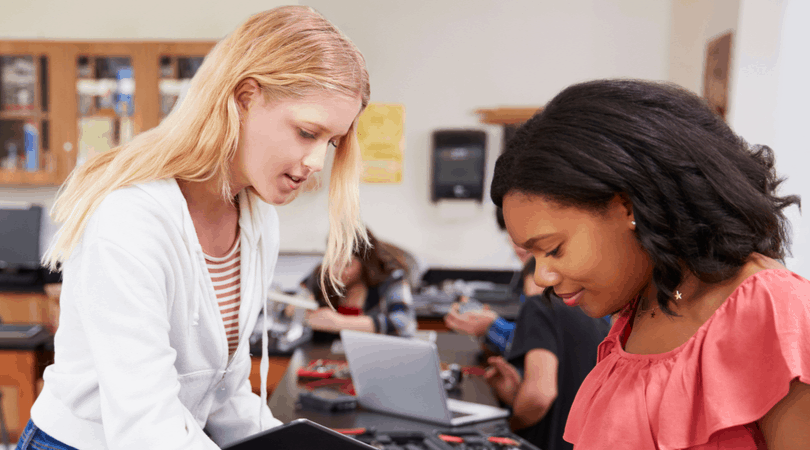
At most schools, 8th grade is the last year that students participate in the Science Fair. Help your 8th grader make the most of his or her last Science Fair!
In this post, we’ve assembled 20 great science fair project ideas for 8th grade. We link each project description to its original source, where you can get more information and step-by-step instructions.
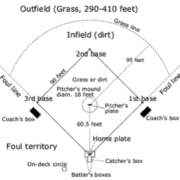
Do Baseball Stadium Dimensions Affect Batting Statistics?
By reviewing hundreds of stats, you can predict if your hypothesis is true or false.
Recommended for Grade 8+.
Source: www.sciencebuddies.org
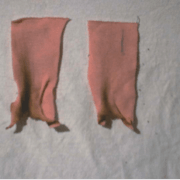
How Does Fabric Softener Affect the Flammability of Different Fabrics?
Testing fabrics with and without added fabric softener show the scientist about fire retardant fabrics.
Recommended for Grades 8+.
Source: www.projects.juliantrubin.com
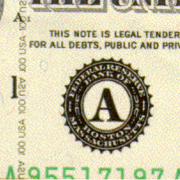
Identifying Counterfeit Bills
Why does the bank teller hold the bill under a purple light? Why does the cashier put a check mark on the bill using a special marker? Test these and find out how to identify counterfeit currency.
Source: http://www.ScienceProject.com
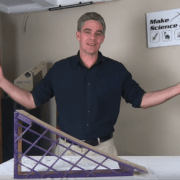
3 Great Science Fair Projects for 8 th Graders
Interesting ideas and instructions for 3 different projects, including the best way to soundproof a garage.
Recommended for grades 8+.
Source: MakeScienceFun
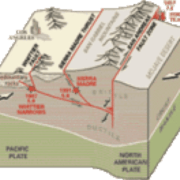
Science Fair Projects on Earthquakes
This site offers several different project ideas related to earthquakes. There are links available for additional information.
Recommended for Grades 7-8.
Source: www.earthquake.usgs.gov
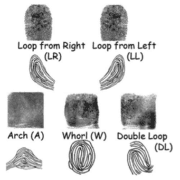
The Science of Fingerprints by Leonard Bloch
Fingerprints offer a fun way to explore the science of forensics. This site offers some basic experiments and then takes the student on a “Crime scene” investigation using their fingerprint knowledge.
Source: www.fun-science-project-ideas.com
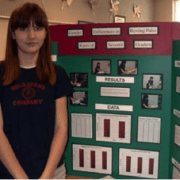
Gender Difference in Resting Pulse Rate of 7 th Graders
This experiment tested to see if gender made a difference in resting heart rates. Follow the scientist’s experiments to see what you conclude.
Source: www.sciencefair-projects.org

Do Humans Have a Blind Spot?
This experiment will test if humans have a blind spot in their vision and how to find it.
Source: www.exploratorium.edu

Taste and Smell
This experiment tests the relationship between taste and smell. The site offers great guidelines, links for research and much more.
Recommended for Grades 6-8.
Source: www.sciencefair.math.iit.edu
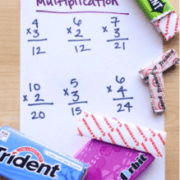
Does Chewing Gum Make You Smarter?
This will test the theory that chewing gum will help you perform better on tests and other mental challenges.
Recommended for grades 6-8.
Source: www.education.com
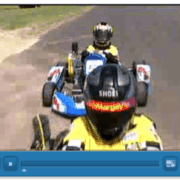
Which Gear Gives the Best Performance in a Kart Race?
These two scientists give you all of their tips to reproduce this experiment on your own to determine who will win your race.
Source: www.pbskids.org
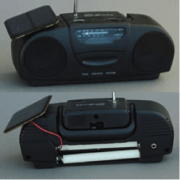
How to Power a Radio with Solar Power
Learn how to power up a radio using the power of the sun!
Source: www.makeitsolar.com
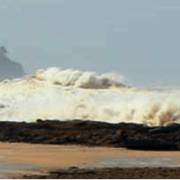
The Science of Tsunamis
Find out what effect the water depth has on a wave’s velocity.
Recommended for Grade 6-8.
Source: www.sciencebuddies.co
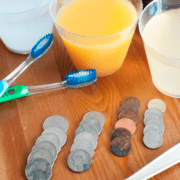
Cleaning Coins
This project explores the effectiveness of various cleaning solutions in cleaning tarnished and oxidized coins.
Source: www.education.com
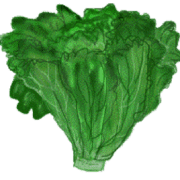
Is There Chemical Contamination in Your Stream or Creek?
Using lettuce as a bioassay, students can test the quality of water. Check out these experiments for your science fair project.
Source: www.ars.usda.gov
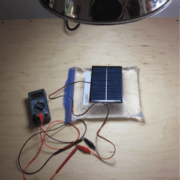
Solar Cell Power Output vs Temperature
In this project you will build a simple circuit and experimental setup to investigate whether the power output of a solar cell changes with ambient temperature.

Does Music have an Effect on Biological Systems?
This experiment will help to determine if music has an effect on the growth rate of vegetation.
Recommended for grades 7-8.
Source: www.cool-science-projects.com
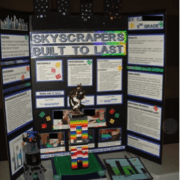
Exploring Skyscraper Design with Legos
Can you determine the best design for a skyscraper? Test out your hypotheses using Legos.
Source: www.mpmideas.com

100+ Science Fair Project Ideas for Grades 2nd-8th
Even though science is meant to be exploratory and exciting, there is something about being judged at a science fair that strikes fear into the heart of students and parents alike.
Suddenly, what you do in science is *graded,* which means you can fail science?
Of course there is no such thing as a failed science experiment, but if your students or children are participating in a science fair this year, you’ll find this list of creative and easy science fair project ideas will help eliminate much of the stress surrounding science fair planning.
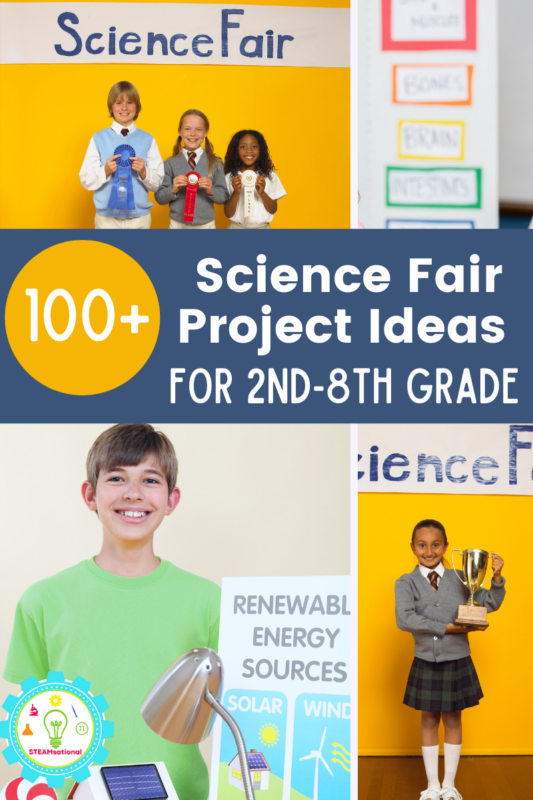
Easy and Fun Science Fair Project Ideas that Kids will Adore!
You don’t have to stress about attending the school science fair! These science fair project ideas will be adored by kids from age 7 through age 14.
Keep reading to learn more about science projects and how to ensure students are maximizing their science project potential.
What is a Science Fair Project?
A science fair is a longstanding tradition that many elementary, middle, and high schools have where students conduct scientific research and share their presentations before judging.
A science fair project should include all of the following elements before entering a science fair:
- Background research
- Bibliography and source list
- A question to answer and a hypothesis to test
- Experiment variables
- Data recording and analysis of the experiment
- Conclusion report
- Visual presentation
If your science fair project includes all of these elements, you are well on your way toward a winning science fair project idea!
What Do Kids Learn Doing Science Fairs?
Kids who do science projects report greater confidence and understanding of all scientific concepts, both in what they explored and the scientific process in general.
Learning to analyze and explore data helps children approach other tasks in a logical, straightforward process which helps improve study skills and communication skills.
One of the greatest values that science fair projects bring is the ability to identify problems and work toward a solution. That is an invaluable skill that kids can use throughout life.
Of course, kids learn the basics of whatever scientific concept they are learning, plus the scientific method, which involved:
- Analyzing and Recording Data
But more than that, kids also learn other valuable skills like:
- Presenting an idea
- Creating a presentation
- Organizing data
- Analyzing data
- Patience and orderliness
- Working with others
- Precision and care
- Adapting to changes
- Communication skills
These skills are important far beyond the classroom!
What You Need for a Science Fair
You’ll want to have these supplies on hand before doing your science fair project. Shop the included Amazon storefronts to make things easier and don’t forget to download the free science fair planning checklist before getting started!
Science Fair Project Planning
When you’re planning your project, you want to keep everything organized. Click the image below to get my free science fair project checklist so you can start organizing your project from the start.
You may also want to check out this list of science fair project research supplies.
Supplies for a Science Fair Project
There are so many supplies for science fair projects that are individual to each project, but if you want a general list of possible supplies and inspiration for your project, check out my selection of science fair experiment supplies on Amazon.
Supplies for a Science Fair Presentation
Your science fair presentation is important! It should look presentable and eye-catching. Check out this list of my favorite science fair presentation supplies.
Print a lot of papers? Get $10 your HP Instant Ink order when you use this link.
The Ultimate List of Easy Science Fair Project Ideas
These science fair project ideas are easy for kids of all ages and will provide a lot of value and interest at the school science fair.
We have science fair projects included by topic and by grade level so you can pick the right sort of projects for your class or child.
Science Fair Topics
Sometimes kids want to start with a topic and choose a science fair project from there! Here is a collection of fun science projects that include a variety of topics from colors to mold.
Here are some fun science projects for kids at home that would make a good addition to any science fair.
Of course every kid should try some of these classic science fair projects .
Now some schools are having STEM fairs in addition to or instead of science fairs, so these slime STEM fair projects would be perfect.
These slime science projects will capture the attention of any slime lover.
Try these science fair projects with LEGOs with kids who can’t get enough of LEGO.
Fun and tasty candy science fair projects will help even science haters enjoy the science fair.
Want more color in your science fair? Try these science experiments with food coloring !
Learn about the heart with these heart science projects .
Some kids can’t sit still, and these science fair projects for active kids are for them!
What kid wouldn’t have tons of fun doing marshmallow science fair projects ?
Children will love the variety of choices in this list of crystal science fair projects .
More Science Fair Experiment Ideas
You will love these other science experiment ideas!
100 Science Experiments for Kids that Use Materials You Already Own!
20 Fun Science Experiments with LEGOs
25 Rainbow Science Experiments with Bright and Beautiful Colors
Science Fair Projects by Grade
Age-appropriate activities are a must for keeping children interested in science fairs. Take a look at the resources I’ve collected below that show science fair projects that are suitable for elementary kids and middle school kids!
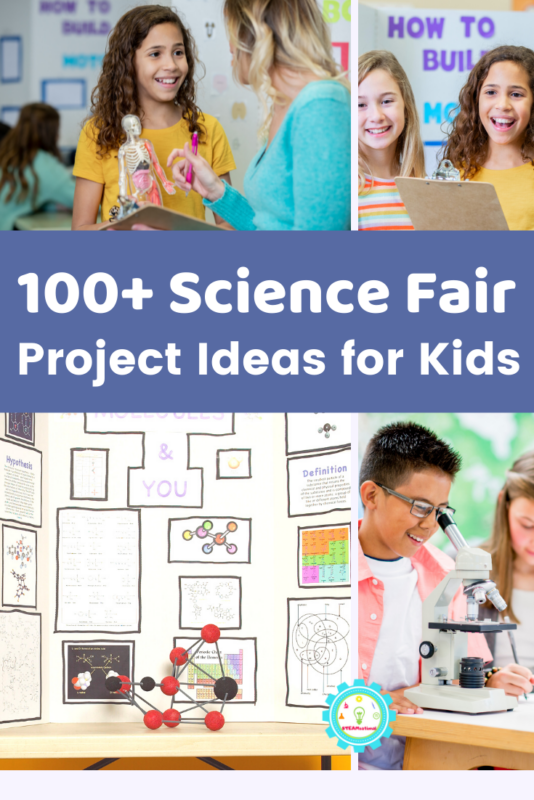
If you are part of an elementary science fair, these elementary science fair project ideas will blow away the competition!
If you want to get seasonal, check out these Easter science projects for middle school.
Share this project with a friend!
- Grades 6-12
- School Leaders
Free end-of-year letter templates to your students 📝!
72 Easy Science Experiments Using Materials You Already Have On Hand
Because science doesn’t have to be complicated.
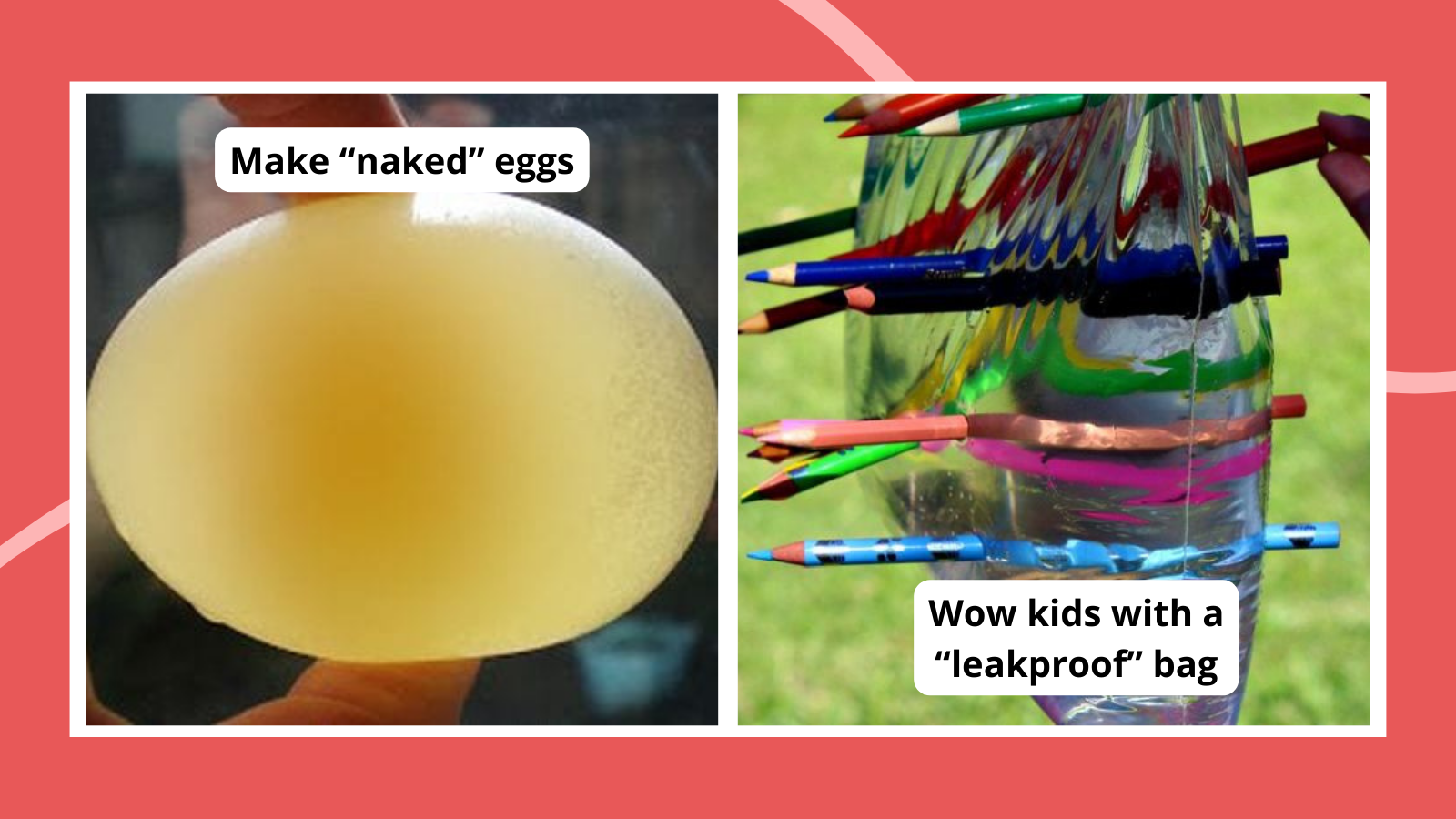
If there is one thing that is guaranteed to get your students excited, it’s a good science experiment! While some experiments require expensive lab equipment or dangerous chemicals, there are plenty of cool projects you can do with regular household items. We’ve rounded up a big collection of easy science experiments that anybody can try, and kids are going to love them!
Easy Chemistry Science Experiments
Easy physics science experiments, easy biology and environmental science experiments, easy engineering experiments and stem challenges.
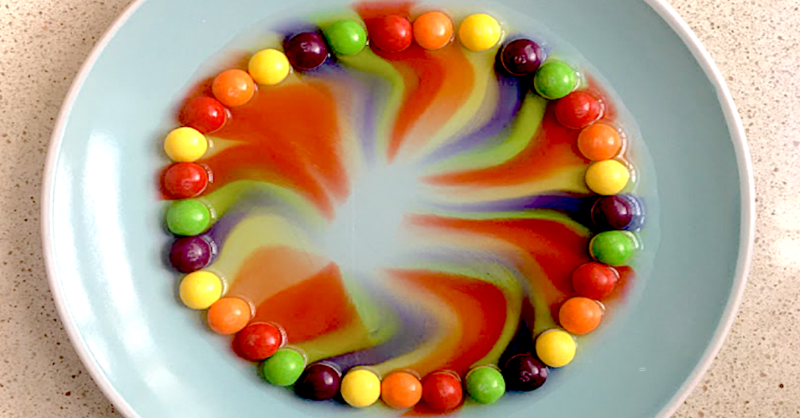
1. Taste the Rainbow
Teach your students about diffusion while creating a beautiful and tasty rainbow! Tip: Have extra Skittles on hand so your class can eat a few!
Learn more: Skittles Diffusion
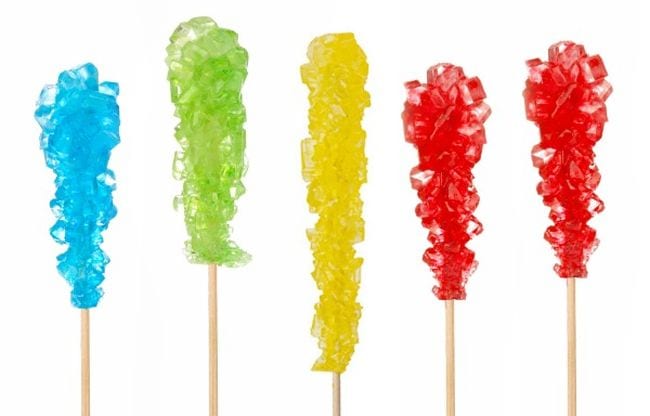
2. Crystallize sweet treats
Crystal science experiments teach kids about supersaturated solutions. This one is easy to do at home, and the results are absolutely delicious!
Learn more: Candy Crystals
3. Make a volcano erupt
This classic experiment demonstrates a chemical reaction between baking soda (sodium bicarbonate) and vinegar (acetic acid), which produces carbon dioxide gas, water, and sodium acetate.
Learn more: Best Volcano Experiments
4. Make elephant toothpaste
This fun project uses yeast and a hydrogen peroxide solution to create overflowing “elephant toothpaste.” Tip: Add an extra fun layer by having kids create toothpaste wrappers for plastic bottles.
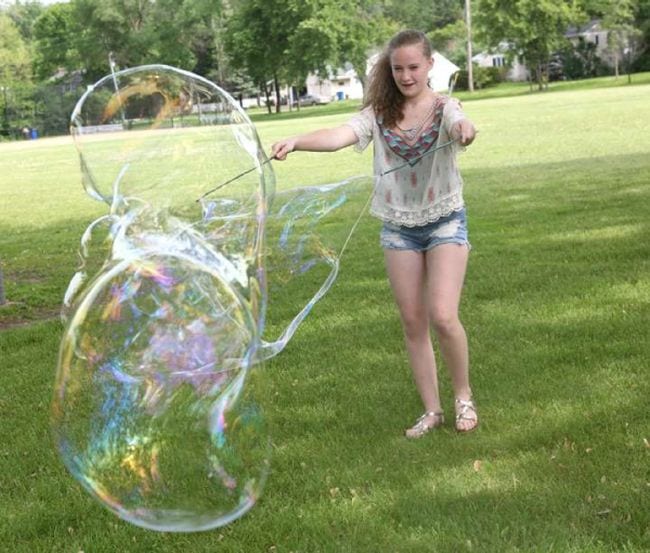
5. Blow the biggest bubbles you can
Add a few simple ingredients to dish soap solution to create the largest bubbles you’ve ever seen! Kids learn about surface tension as they engineer these bubble-blowing wands.
Learn more: Giant Soap Bubbles
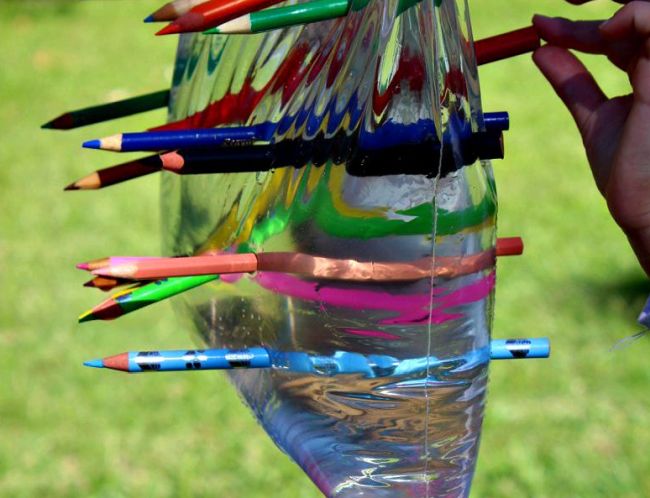
6. Demonstrate the “magic” leakproof bag
All you need is a zip-top plastic bag, sharp pencils, and water to blow your kids’ minds. Once they’re suitably impressed, teach them how the “trick” works by explaining the chemistry of polymers.
Learn more: Leakproof Bag
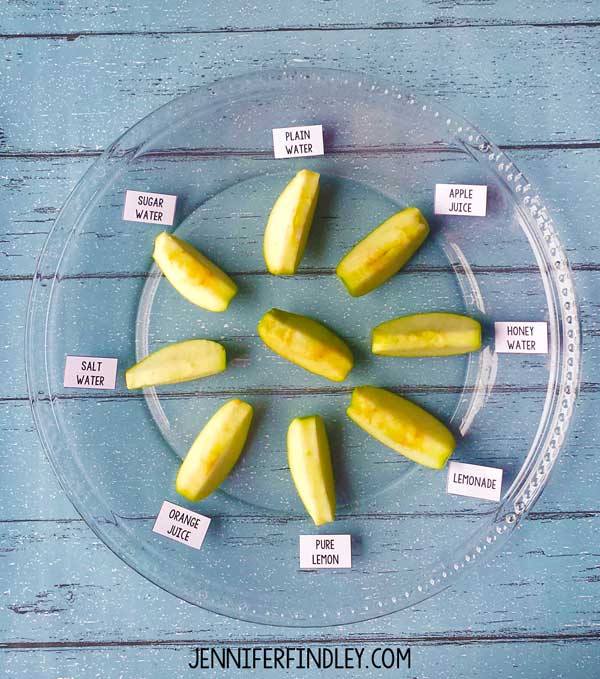
7. Use apple slices to learn about oxidation
Have students make predictions about what will happen to apple slices when immersed in different liquids, then put those predictions to the test. Have them record their observations.
Learn more: Apple Oxidation
8. Float a marker man
Their eyes will pop out of their heads when you “levitate” a stick figure right off the table! This experiment works due to the insolubility of dry-erase marker ink in water, combined with the lighter density of the ink.
Learn more: Floating Marker Man

9. Discover density with hot and cold water
There are a lot of easy science experiments you can do with density. This one is extremely simple, involving only hot and cold water and food coloring, but the visuals make it appealing and fun.
Learn more: Layered Water
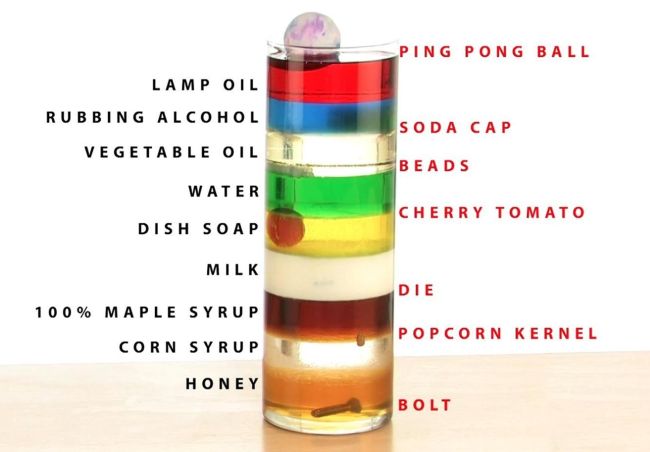
10. Layer more liquids
This density demo is a little more complicated, but the effects are spectacular. Slowly layer liquids like honey, dish soap, water, and rubbing alcohol in a glass. Kids will be amazed when the liquids float one on top of the other like magic (except it is really science).
Learn more: Layered Liquids
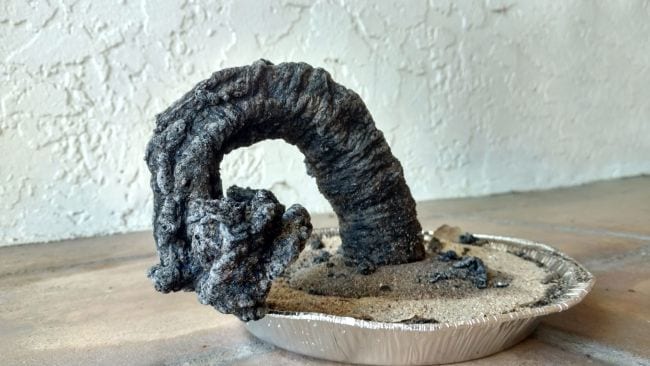
11. Grow a carbon sugar snake
Easy science experiments can still have impressive results! This eye-popping chemical reaction demonstration only requires simple supplies like sugar, baking soda, and sand.
Learn more: Carbon Sugar Snake
12. Mix up some slime
Tell kids you’re going to make slime at home, and watch their eyes light up! There are a variety of ways to make slime, so try a few different recipes to find the one you like best.
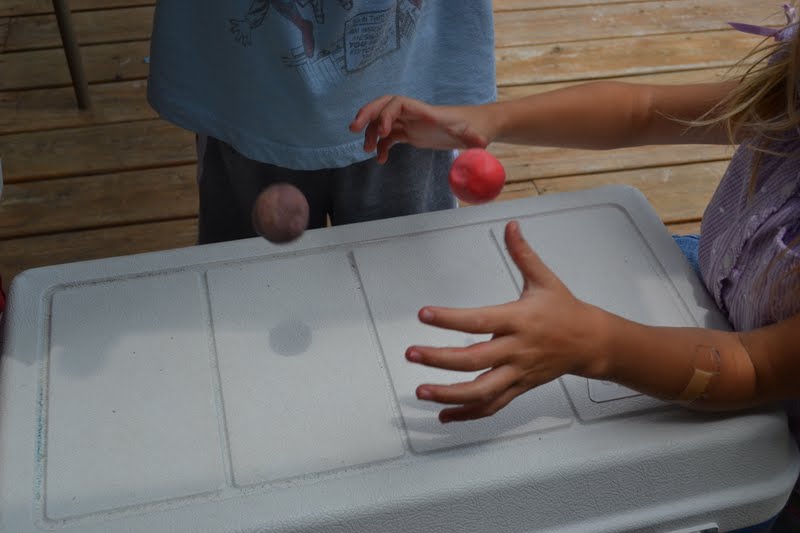
13. Make homemade bouncy balls
These homemade bouncy balls are easy to make since all you need is glue, food coloring, borax powder, cornstarch, and warm water. You’ll want to store them inside a container like a plastic egg because they will flatten out over time.
Learn more: Make Your Own Bouncy Balls

14. Create eggshell chalk
Eggshells contain calcium, the same material that makes chalk. Grind them up and mix them with flour, water, and food coloring to make your very own sidewalk chalk.
Learn more: Eggshell Chalk
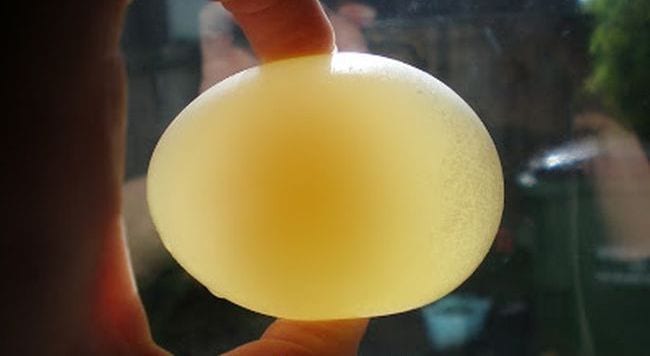
15. Make naked eggs
This is so cool! Use vinegar to dissolve the calcium carbonate in an eggshell to discover the membrane underneath that holds the egg together. Then, use the “naked” egg for another easy science experiment that demonstrates osmosis .
Learn more: Naked Egg Experiment
16. Turn milk into plastic
This sounds a lot more complicated than it is, but don’t be afraid to give it a try. Use simple kitchen supplies to create plastic polymers from plain old milk. Sculpt them into cool shapes when you’re done!
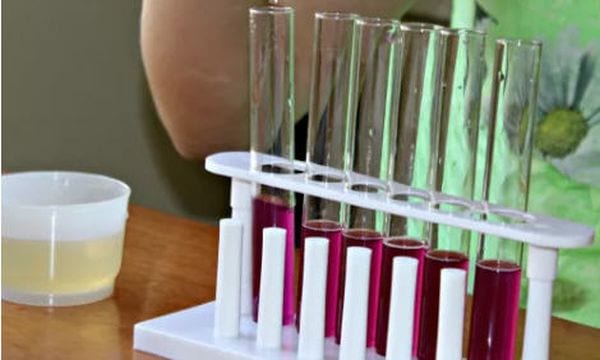
17. Test pH using cabbage
Teach kids about acids and bases without needing pH test strips! Simply boil some red cabbage and use the resulting water to test various substances—acids turn red and bases turn green.
Learn more: Cabbage pH
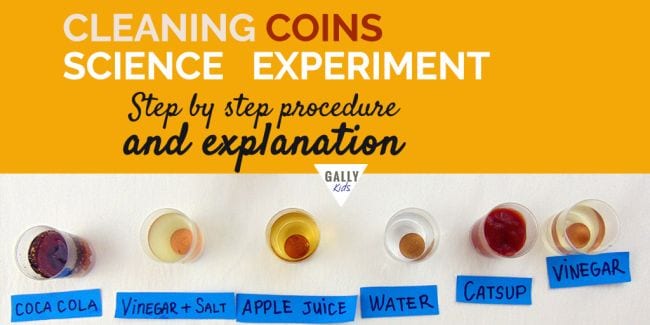
18. Clean some old coins
Use common household items to make old oxidized coins clean and shiny again in this simple chemistry experiment. Ask kids to predict (hypothesize) which will work best, then expand the learning by doing some research to explain the results.
Learn more: Cleaning Coins
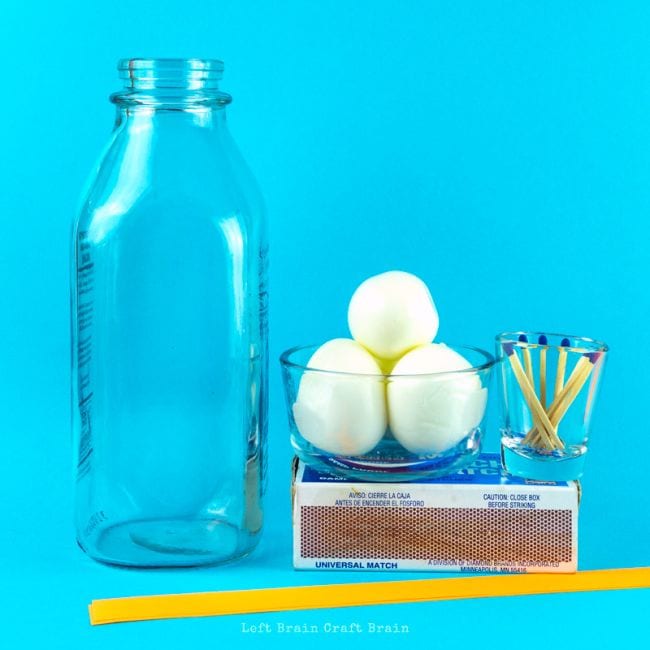
19. Pull an egg into a bottle
This classic easy science experiment never fails to delight. Use the power of air pressure to suck a hard-boiled egg into a jar, no hands required.
Learn more: Egg in a Bottle
20. Blow up a balloon (without blowing)
Chances are good you probably did easy science experiments like this when you were in school. The baking soda and vinegar balloon experiment demonstrates the reactions between acids and bases when you fill a bottle with vinegar and a balloon with baking soda.
21 Assemble a DIY lava lamp
This 1970s trend is back—as an easy science experiment! This activity combines acid-base reactions with density for a totally groovy result.
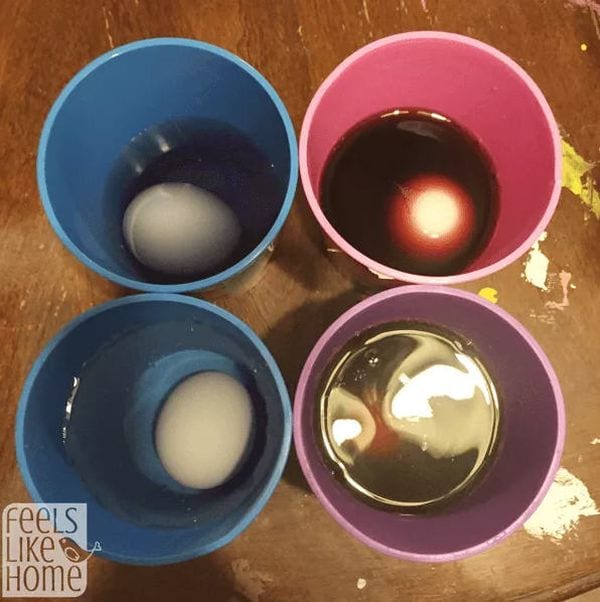
22. Explore how sugary drinks affect teeth
The calcium content of eggshells makes them a great stand-in for teeth. Use eggs to explore how soda and juice can stain teeth and wear down the enamel. Expand your learning by trying different toothpaste-and-toothbrush combinations to see how effective they are.
Learn more: Sugar and Teeth Experiment
23. Mummify a hot dog
If your kids are fascinated by the Egyptians, they’ll love learning to mummify a hot dog! No need for canopic jars , just grab some baking soda and get started.
24. Extinguish flames with carbon dioxide
This is a fiery twist on acid-base experiments. Light a candle and talk about what fire needs in order to survive. Then, create an acid-base reaction and “pour” the carbon dioxide to extinguish the flame. The CO2 gas acts like a liquid, suffocating the fire.

25. Send secret messages with invisible ink
Turn your kids into secret agents! Write messages with a paintbrush dipped in lemon juice, then hold the paper over a heat source and watch the invisible become visible as oxidation goes to work.
Learn more: Invisible Ink
26. Create dancing popcorn
This is a fun version of the classic baking soda and vinegar experiment, perfect for the younger crowd. The bubbly mixture causes popcorn to dance around in the water.
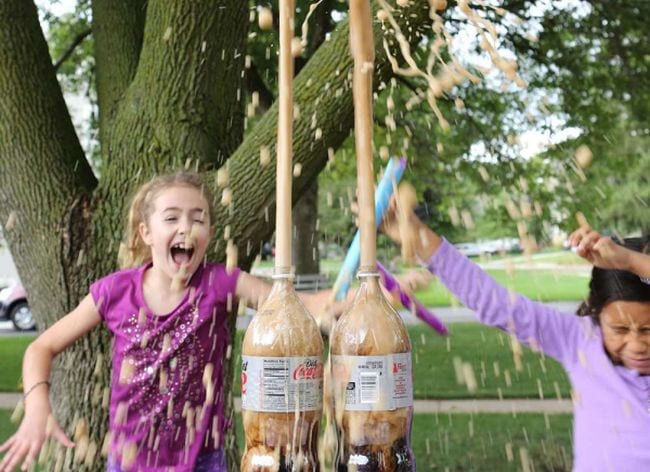
27. Shoot a soda geyser sky-high
You’ve always wondered if this really works, so it’s time to find out for yourself! Kids will marvel at the chemical reaction that sends diet soda shooting high in the air when Mentos are added.
Learn more: Soda Explosion
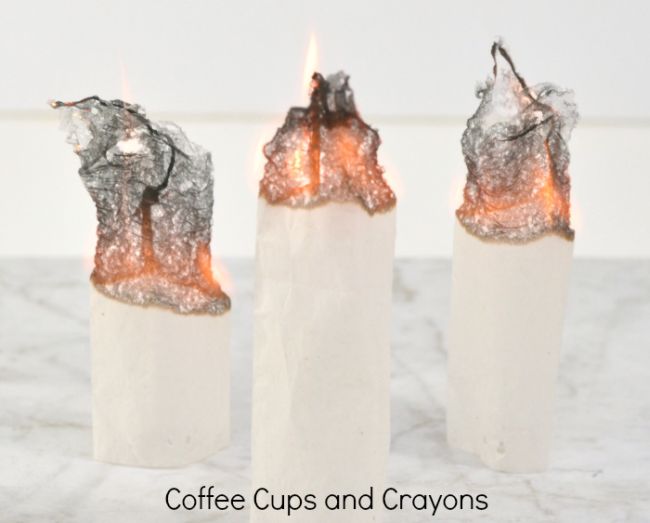
28. Send a teabag flying
Hot air rises, and this experiment can prove it! You’ll want to supervise kids with fire, of course. For more safety, try this one outside.
Learn more: Flying Tea Bags
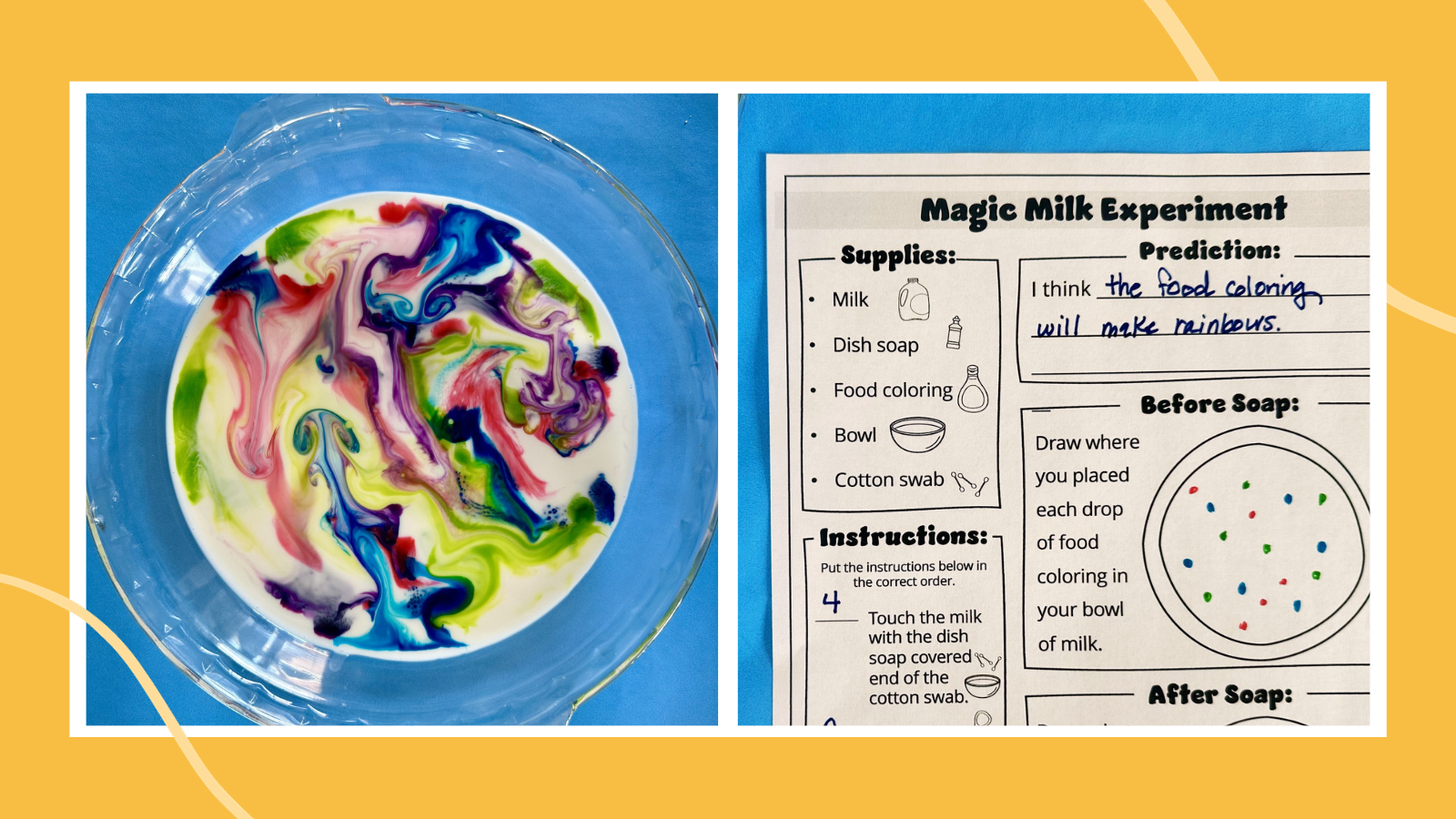
29. Create magic milk
This fun and easy science experiment demonstrates principles related to surface tension, molecular interactions, and fluid dynamics.
Learn more: Magic Milk Experiment
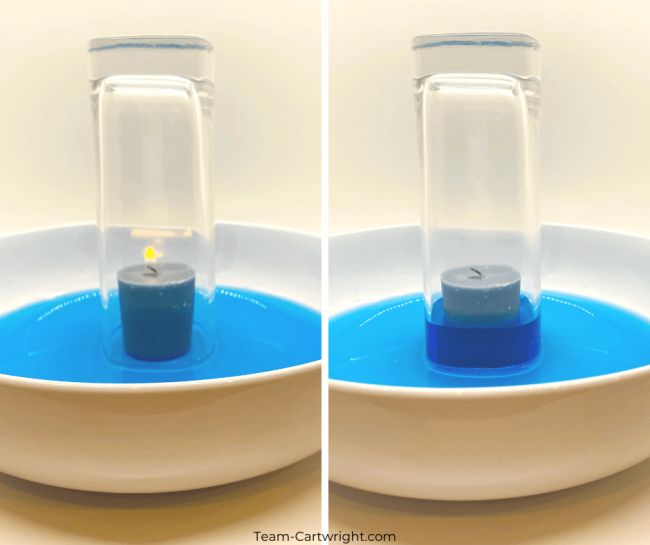
30. Watch the water rise
Learn about Charles’s Law with this simple experiment. As the candle burns, using up oxygen and heating the air in the glass, the water rises as if by magic.
Learn more: Rising Water
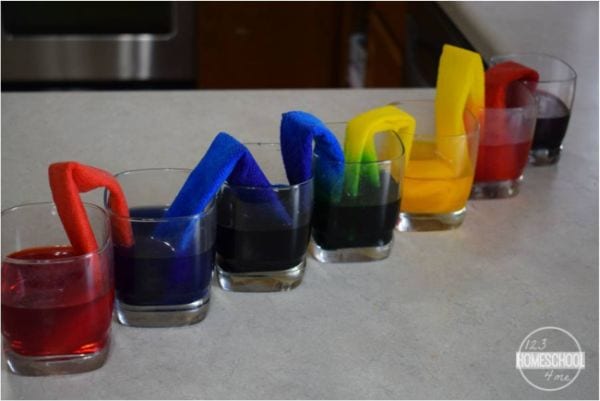
31. Learn about capillary action
Kids will be amazed as they watch the colored water move from glass to glass, and you’ll love the easy and inexpensive setup. Gather some water, paper towels, and food coloring to teach the scientific magic of capillary action.
Learn more: Capillary Action
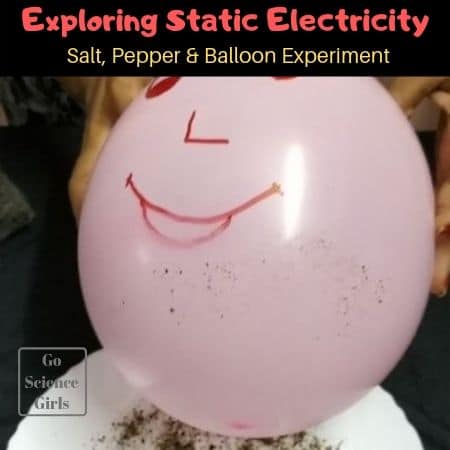
32. Give a balloon a beard
Equally educational and fun, this experiment will teach kids about static electricity using everyday materials. Kids will undoubtedly get a kick out of creating beards on their balloon person!
Learn more: Static Electricity
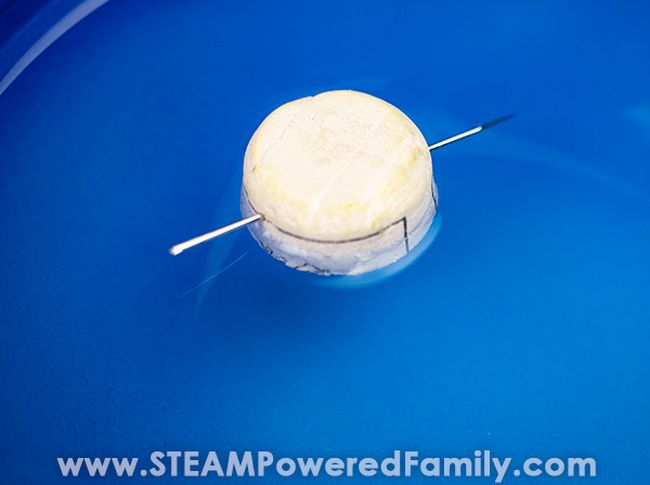
33. Find your way with a DIY compass
Here’s an old classic that never fails to impress. Magnetize a needle, float it on the water’s surface, and it will always point north.
Learn more: DIY Compass
34. Crush a can using air pressure
Sure, it’s easy to crush a soda can with your bare hands, but what if you could do it without touching it at all? That’s the power of air pressure!

35. Tell time using the sun
While people use clocks or even phones to tell time today, there was a time when a sundial was the best means to do that. Kids will certainly get a kick out of creating their own sundials using everyday materials like cardboard and pencils.
Learn more: Make Your Own Sundial
36. Launch a balloon rocket
Grab balloons, string, straws, and tape, and launch rockets to learn about the laws of motion.
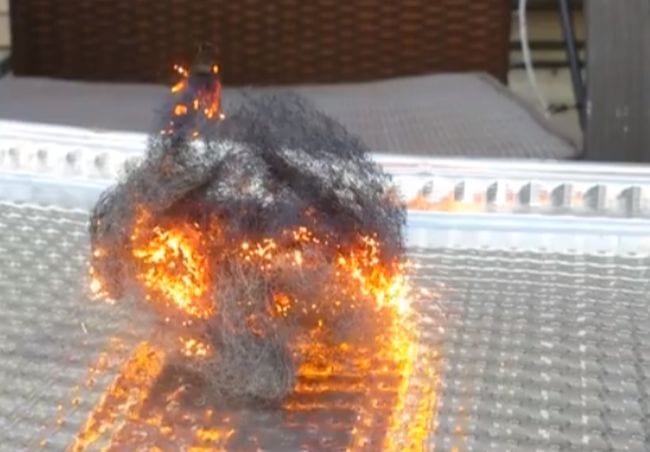
37. Make sparks with steel wool
All you need is steel wool and a 9-volt battery to perform this science demo that’s bound to make their eyes light up! Kids learn about chain reactions, chemical changes, and more.
Learn more: Steel Wool Electricity
38. Levitate a Ping-Pong ball
Kids will get a kick out of this experiment, which is really all about Bernoulli’s principle. You only need plastic bottles, bendy straws, and Ping-Pong balls to make the science magic happen.
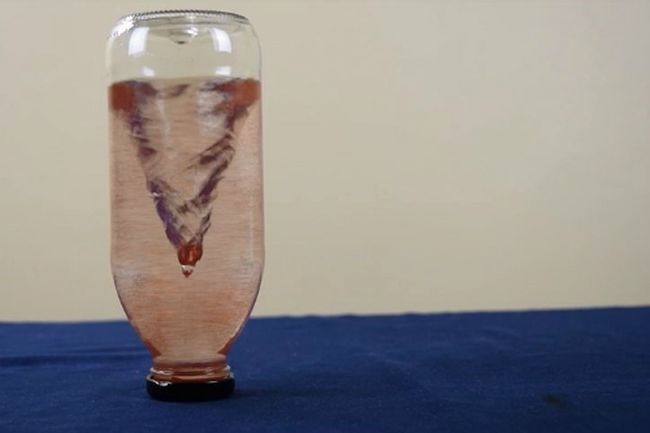
39. Whip up a tornado in a bottle
There are plenty of versions of this classic experiment out there, but we love this one because it sparkles! Kids learn about a vortex and what it takes to create one.
Learn more: Tornado in a Bottle
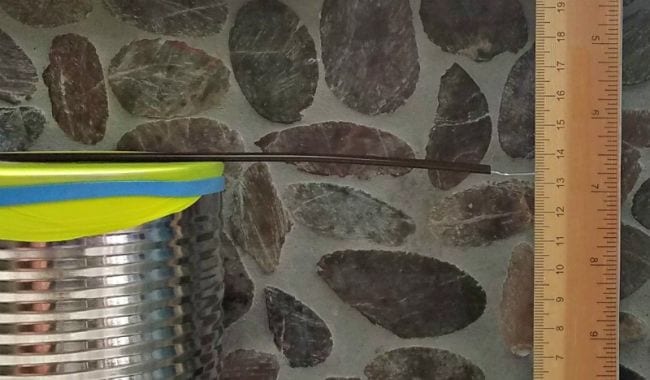
40. Monitor air pressure with a DIY barometer
This simple but effective DIY science project teaches kids about air pressure and meteorology. They’ll have fun tracking and predicting the weather with their very own barometer.
Learn more: DIY Barometer
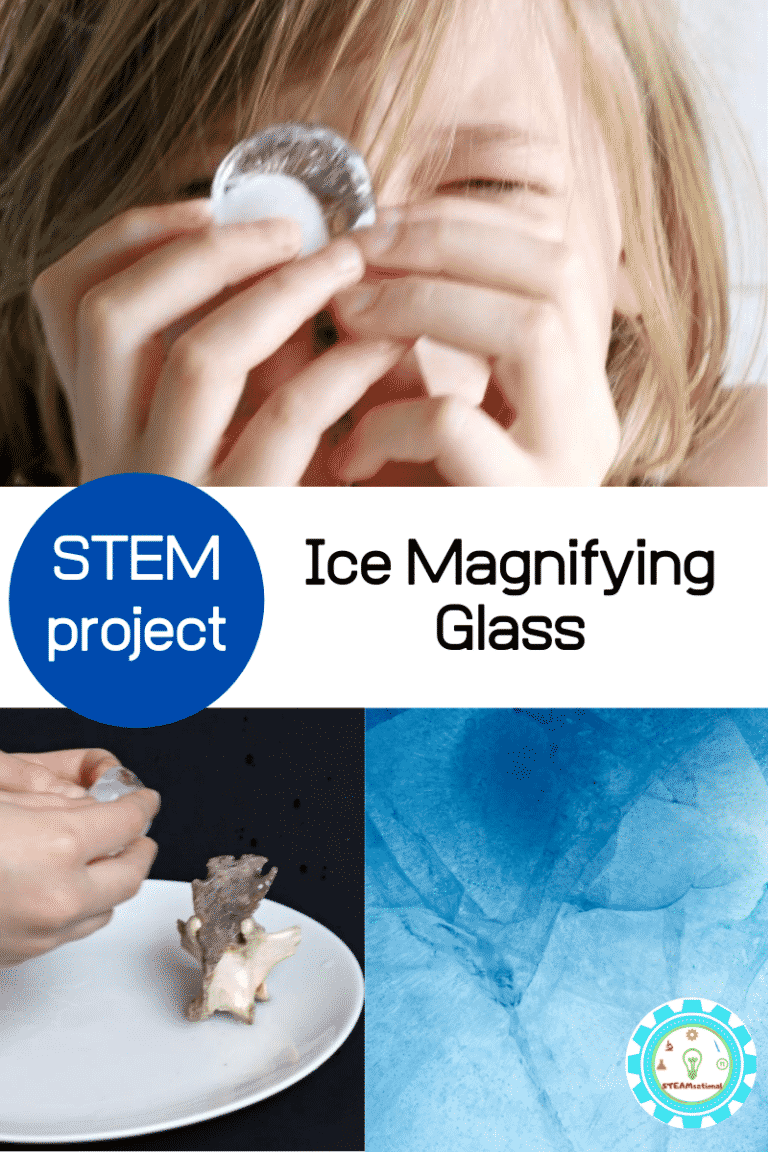
41. Peer through an ice magnifying glass
Students will certainly get a thrill out of seeing how an everyday object like a piece of ice can be used as a magnifying glass. Be sure to use purified or distilled water since tap water will have impurities in it that will cause distortion.
Learn more: Ice Magnifying Glass
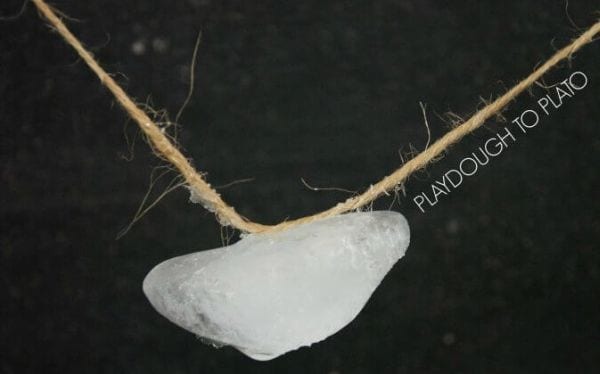
42. String up some sticky ice
Can you lift an ice cube using just a piece of string? This quick experiment teaches you how. Use a little salt to melt the ice and then refreeze the ice with the string attached.
Learn more: Sticky Ice
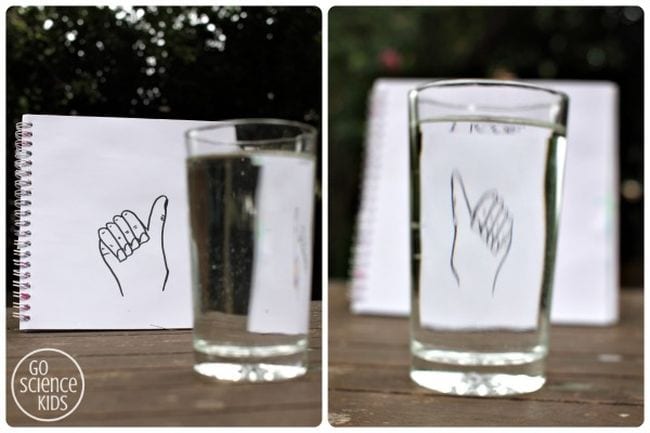
43. “Flip” a drawing with water
Light refraction causes some really cool effects, and there are multiple easy science experiments you can do with it. This one uses refraction to “flip” a drawing; you can also try the famous “disappearing penny” trick .
Learn more: Light Refraction With Water
44. Color some flowers
We love how simple this project is to re-create since all you’ll need are some white carnations, food coloring, glasses, and water. The end result is just so beautiful!
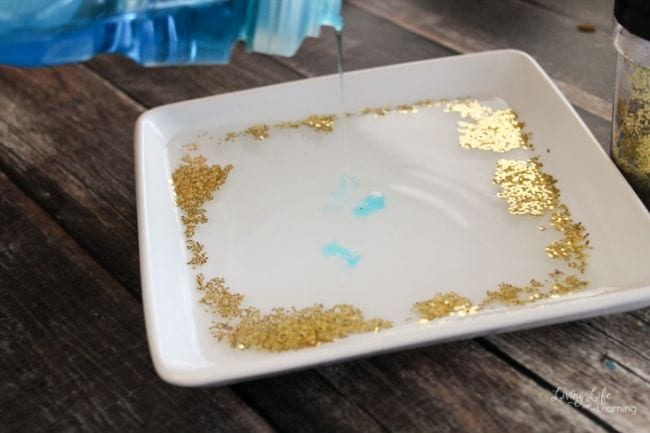
45. Use glitter to fight germs
Everyone knows that glitter is just like germs—it gets everywhere and is so hard to get rid of! Use that to your advantage and show kids how soap fights glitter and germs.
Learn more: Glitter Germs
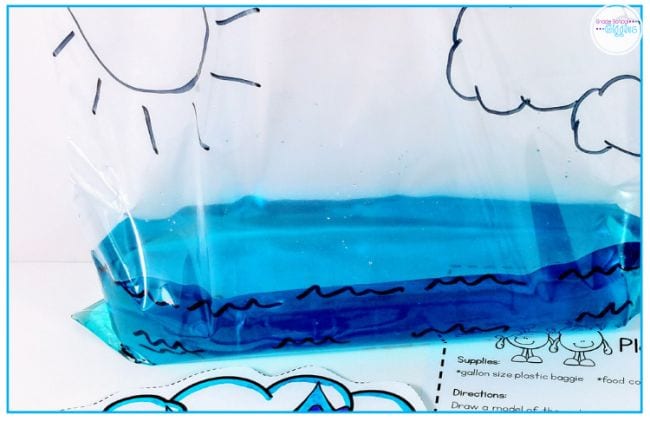
46. Re-create the water cycle in a bag
You can do so many easy science experiments with a simple zip-top bag. Fill one partway with water and set it on a sunny windowsill to see how the water evaporates up and eventually “rains” down.
Learn more: Water Cycle
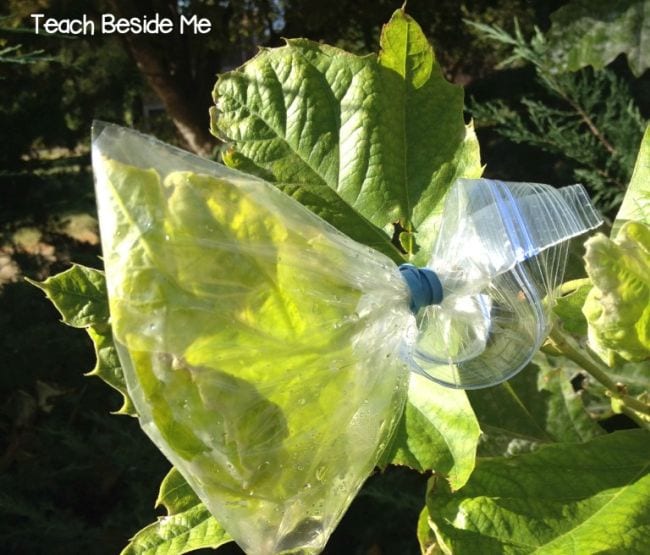
47. Learn about plant transpiration
Your backyard is a terrific place for easy science experiments. Grab a plastic bag and rubber band to learn how plants get rid of excess water they don’t need, a process known as transpiration.
Learn more: Plant Transpiration
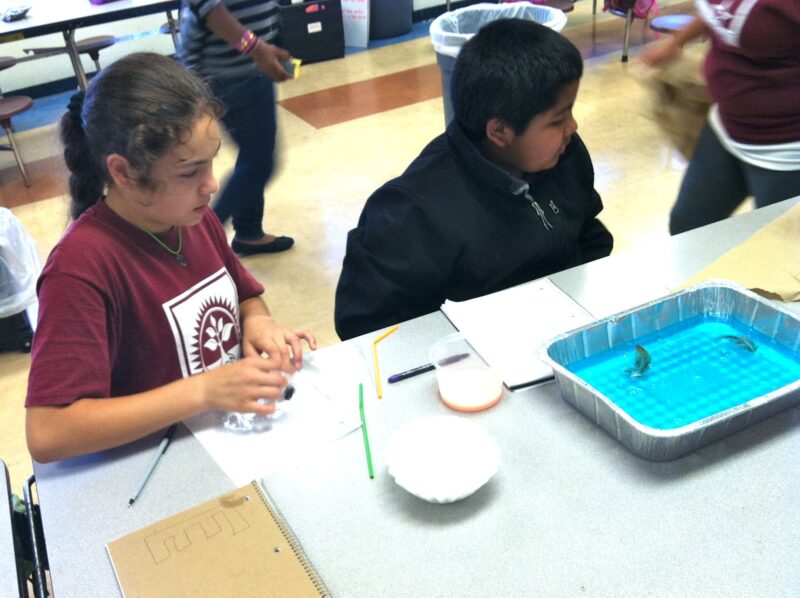
48. Clean up an oil spill
Before conducting this experiment, teach your students about engineers who solve environmental problems like oil spills. Then, have your students use provided materials to clean the oil spill from their oceans.
Learn more: Oil Spill
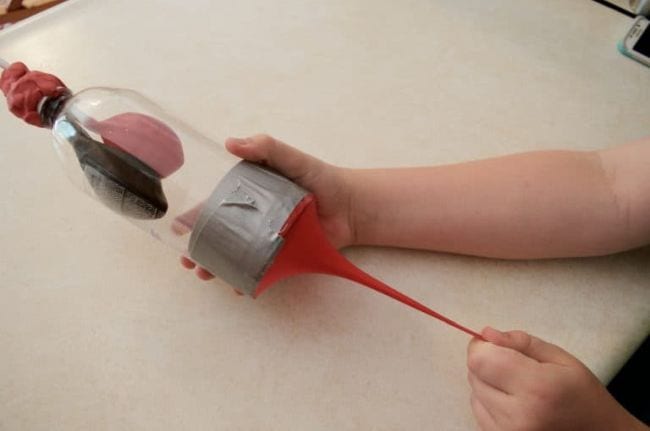
49. Construct a pair of model lungs
Kids get a better understanding of the respiratory system when they build model lungs using a plastic water bottle and some balloons. You can modify the experiment to demonstrate the effects of smoking too.
Learn more: Model Lungs
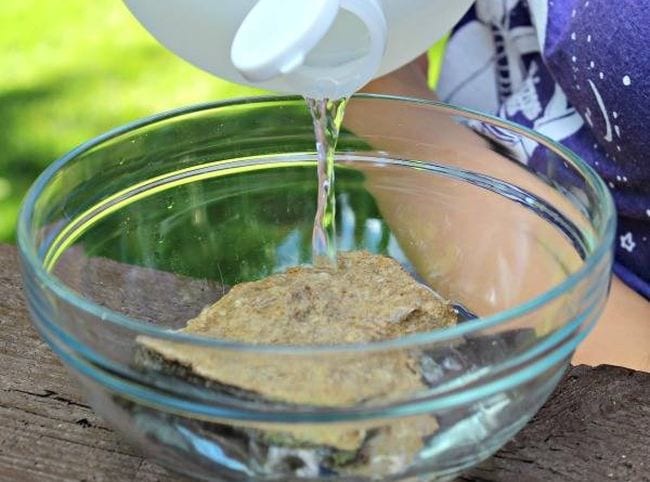
50. Experiment with limestone rocks
Kids love to collect rocks, and there are plenty of easy science experiments you can do with them. In this one, pour vinegar over a rock to see if it bubbles. If it does, you’ve found limestone!
Learn more: Limestone Experiments
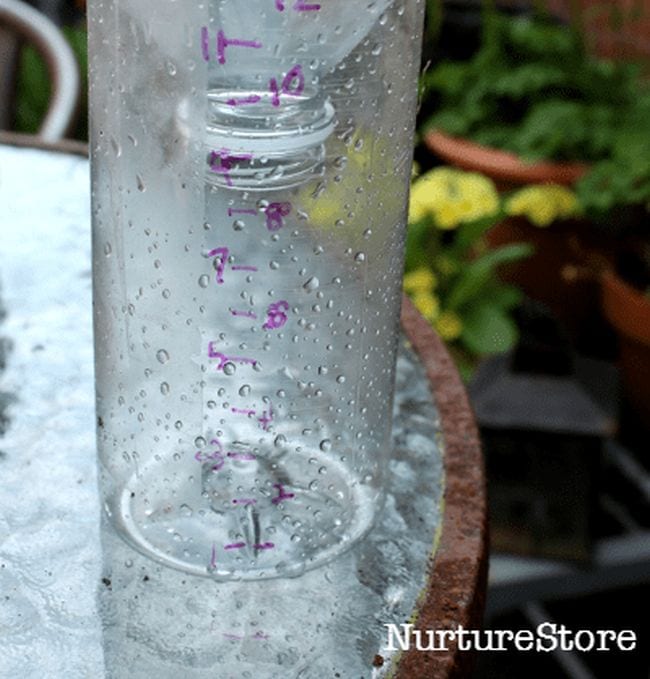
51. Turn a bottle into a rain gauge
All you need is a plastic bottle, a ruler, and a permanent marker to make your own rain gauge. Monitor your measurements and see how they stack up against meteorology reports in your area.
Learn more: DIY Rain Gauge
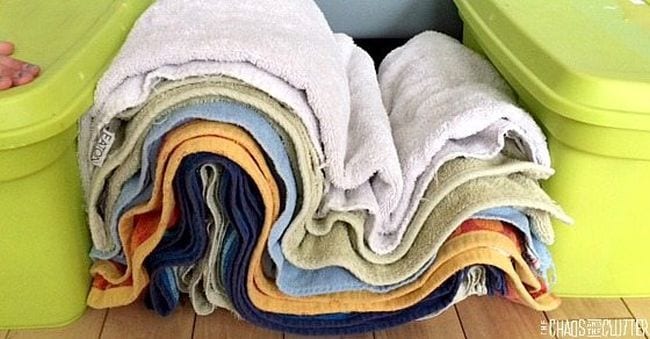
52. Build up towel mountains
This clever demonstration helps kids understand how some landforms are created. Use layers of towels to represent rock layers and boxes for continents. Then pu-u-u-sh and see what happens!
Learn more: Towel Mountains
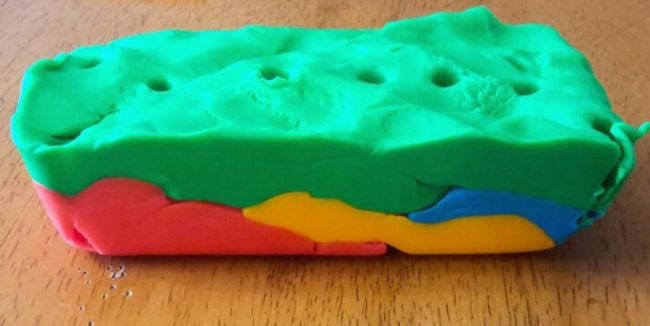
53. Take a play dough core sample
Learn about the layers of the earth by building them out of Play-Doh, then take a core sample with a straw. ( Love Play-Doh? Get more learning ideas here. )
Learn more: Play Dough Core Sampling
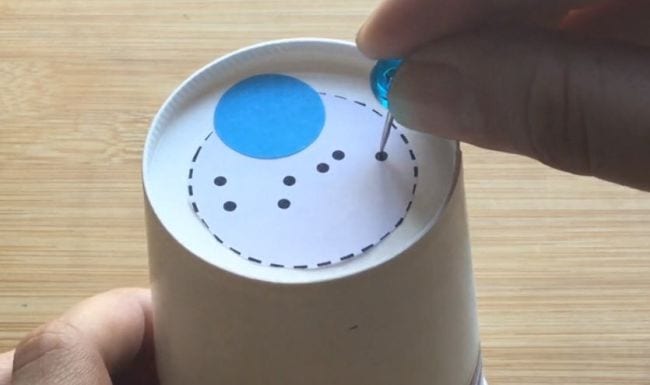
54. Project the stars on your ceiling
Use the video lesson in the link below to learn why stars are only visible at night. Then create a DIY star projector to explore the concept hands-on.
Learn more: DIY Star Projector
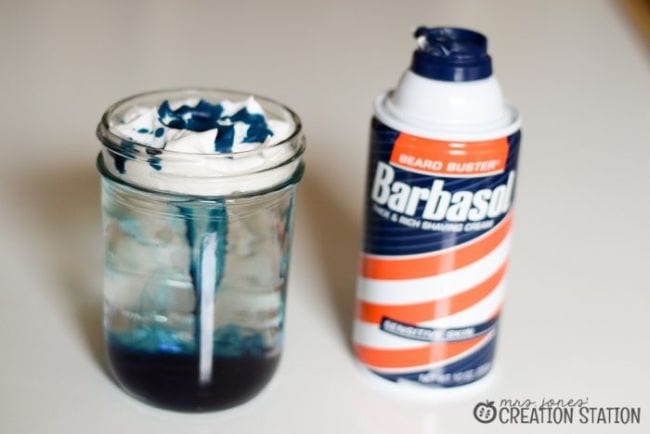
55. Make it rain
Use shaving cream and food coloring to simulate clouds and rain. This is an easy science experiment little ones will beg to do over and over.
Learn more: Shaving Cream Rain
56. Blow up your fingerprint
This is such a cool (and easy!) way to look at fingerprint patterns. Inflate a balloon a bit, use some ink to put a fingerprint on it, then blow it up big to see your fingerprint in detail.
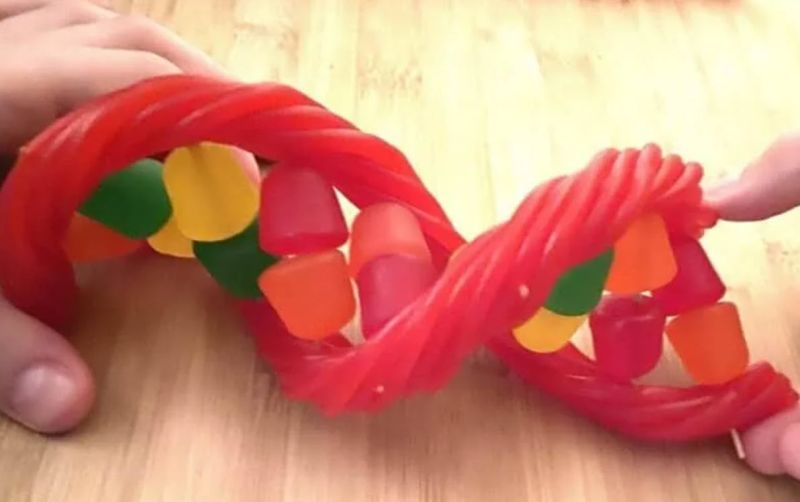
57. Snack on a DNA model
Twizzlers, gumdrops, and a few toothpicks are all you need to make this super-fun (and yummy!) DNA model.
Learn more: Edible DNA Model
58. Dissect a flower
Take a nature walk and find a flower or two. Then bring them home and take them apart to discover all the different parts of flowers.
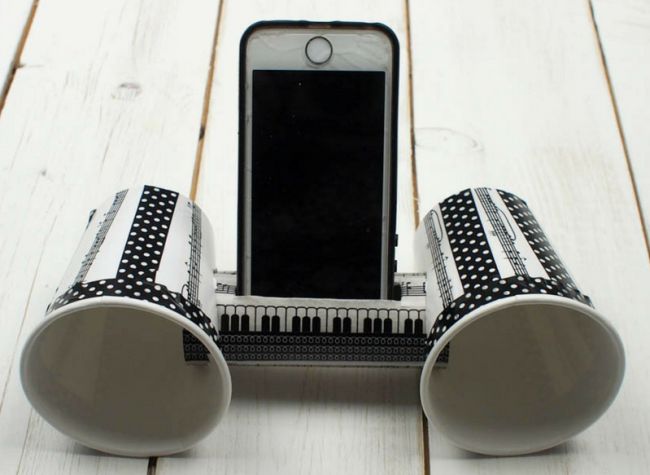
59. Craft smartphone speakers
No Bluetooth speaker? No problem! Put together your own from paper cups and toilet paper tubes.
Learn more: Smartphone Speakers
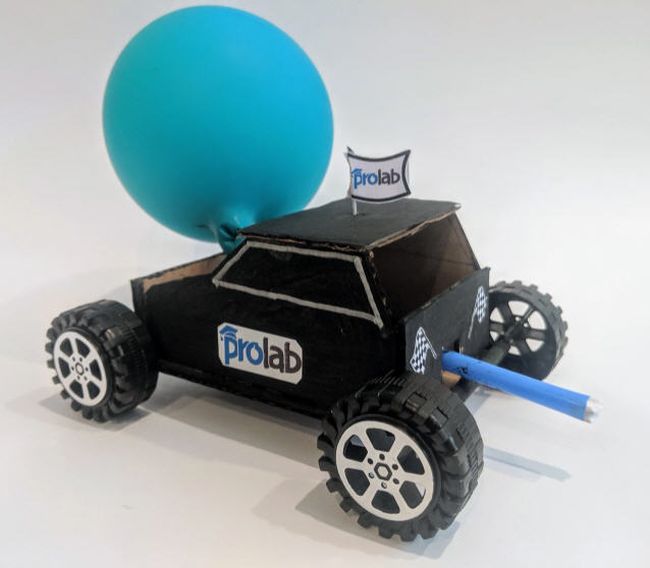
60. Race a balloon-powered car
Kids will be amazed when they learn they can put together this awesome racer using cardboard and bottle-cap wheels. The balloon-powered “engine” is so much fun too.
Learn more: Balloon-Powered Car
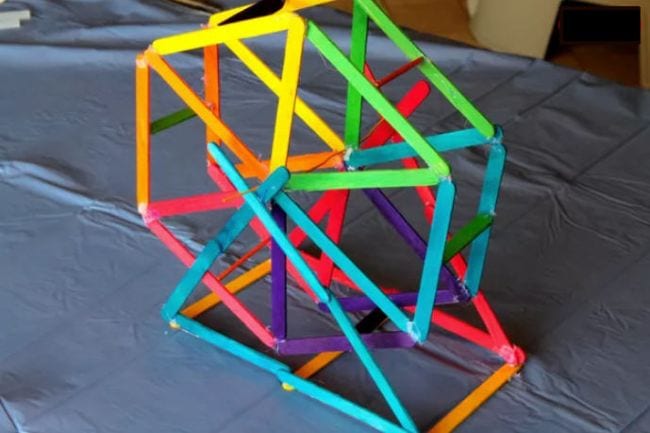
61. Build a Ferris wheel
You’ve probably ridden on a Ferris wheel, but can you build one? Stock up on wood craft sticks and find out! Play around with different designs to see which one works best.
Learn more: Craft Stick Ferris Wheel
62. Design a phone stand
There are lots of ways to craft a DIY phone stand, which makes this a perfect creative-thinking STEM challenge.
63. Conduct an egg drop
Put all their engineering skills to the test with an egg drop! Challenge kids to build a container from stuff they find around the house that will protect an egg from a long fall (this is especially fun to do from upper-story windows).
Learn more: Egg Drop Challenge Ideas
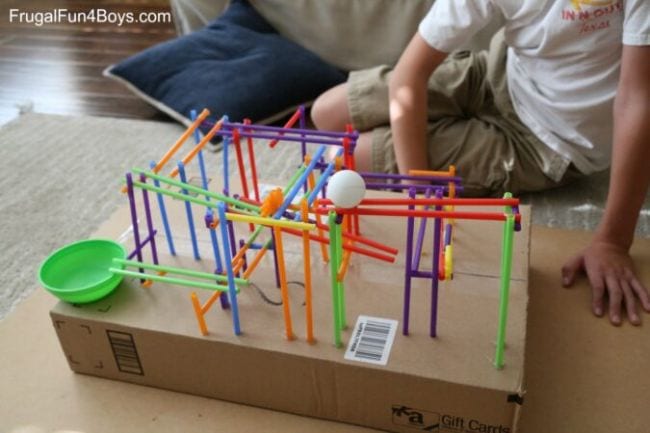
64. Engineer a drinking-straw roller coaster
STEM challenges are always a hit with kids. We love this one, which only requires basic supplies like drinking straws.
Learn more: Straw Roller Coaster
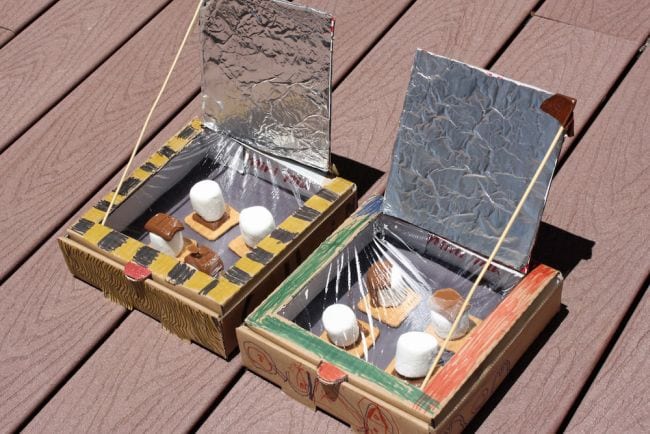
65. Build a solar oven
Explore the power of the sun when you build your own solar ovens and use them to cook some yummy treats. This experiment takes a little more time and effort, but the results are always impressive. The link below has complete instructions.
Learn more: Solar Oven
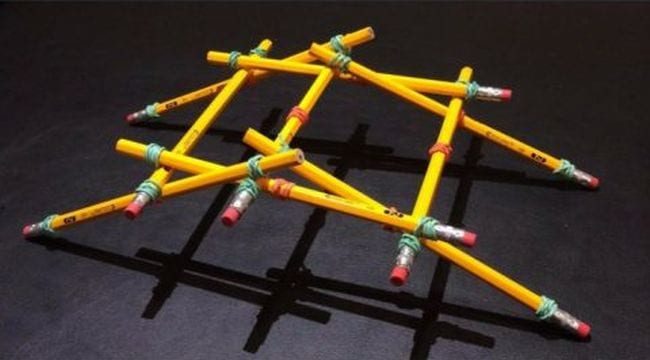
66. Build a Da Vinci bridge
There are plenty of bridge-building experiments out there, but this one is unique. It’s inspired by Leonardo da Vinci’s 500-year-old self-supporting wooden bridge. Learn how to build it at the link, and expand your learning by exploring more about Da Vinci himself.
Learn more: Da Vinci Bridge
67. Step through an index card
This is one easy science experiment that never fails to astonish. With carefully placed scissor cuts on an index card, you can make a loop large enough to fit a (small) human body through! Kids will be wowed as they learn about surface area.
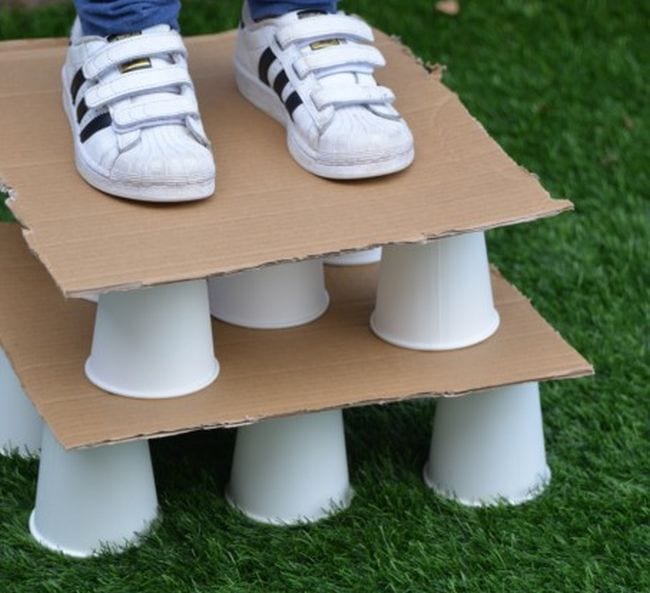
68. Stand on a pile of paper cups
Combine physics and engineering and challenge kids to create a paper cup structure that can support their weight. This is a cool project for aspiring architects.
Learn more: Paper Cup Stack
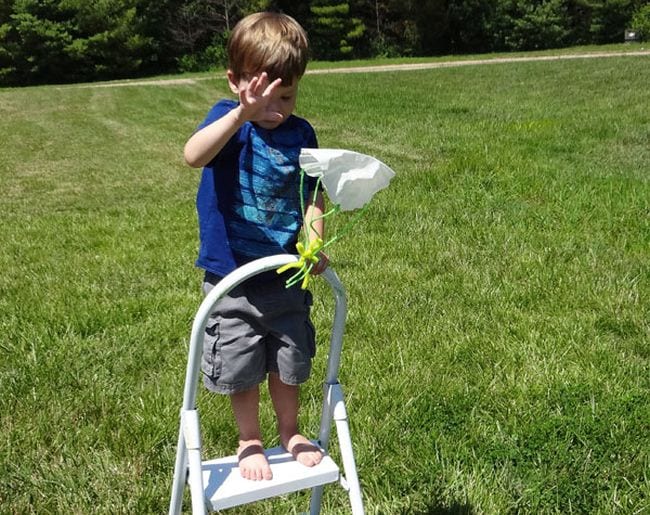
69. Test out parachutes
Gather a variety of materials (try tissues, handkerchiefs, plastic bags, etc.) and see which ones make the best parachutes. You can also find out how they’re affected by windy days or find out which ones work in the rain.
Learn more: Parachute Drop

70. Recycle newspapers into an engineering challenge
It’s amazing how a stack of newspapers can spark such creative engineering. Challenge kids to build a tower, support a book, or even build a chair using only newspaper and tape!
Learn more: Newspaper STEM Challenge
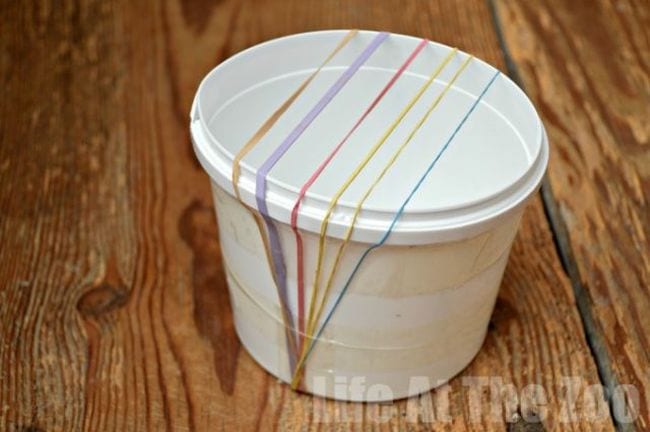
71. Use rubber bands to sound out acoustics
Explore the ways that sound waves are affected by what’s around them using a simple rubber band “guitar.” (Kids absolutely love playing with these!)
Learn more: Rubber Band Guitar
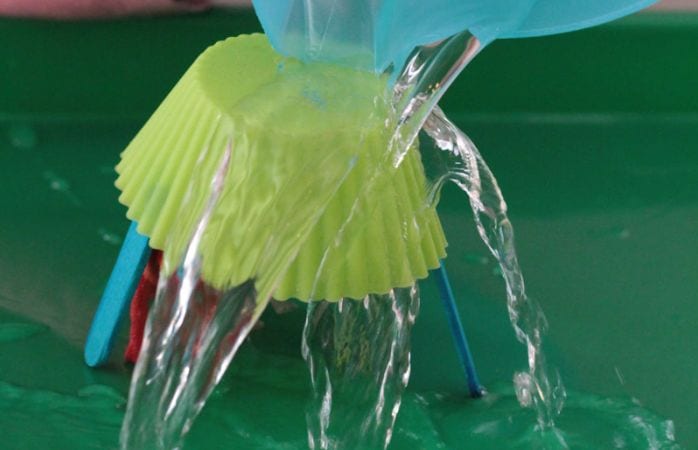
72. Assemble a better umbrella
Challenge students to engineer the best possible umbrella from various household supplies. Encourage them to plan, draw blueprints, and test their creations using the scientific method.
Learn more: Umbrella STEM Challenge
Plus, sign up for our newsletters to get all the latest learning ideas straight to your inbox.
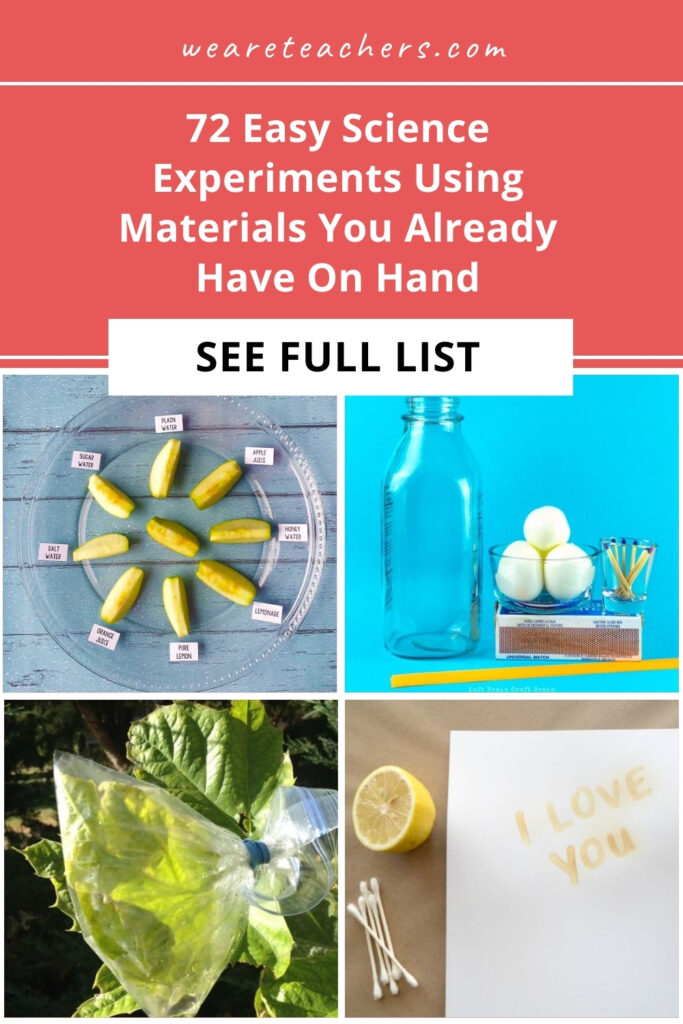
You Might Also Like
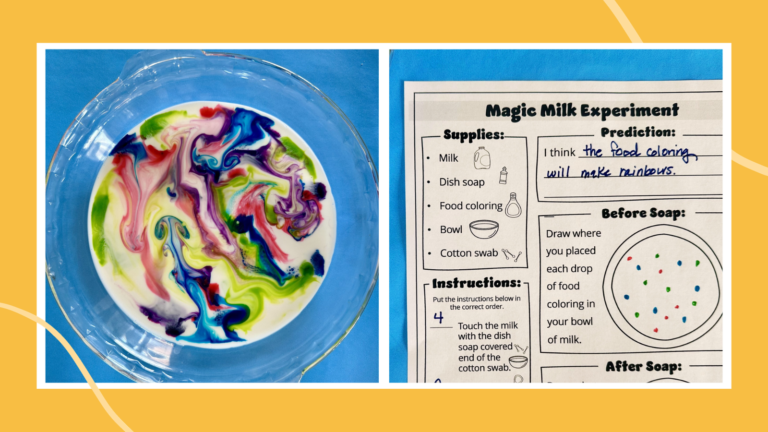
Magic Milk Experiment: How-To Plus Free Worksheet
This classic experiment teaches kids about basic chemistry and physics. Continue Reading
Copyright © 2024. All rights reserved. 5335 Gate Parkway, Jacksonville, FL 32256

Science Fair Projects for 8th Graders
The 8th grade science fair is not just another school event, it’s a rite of passage in the academic journey of students that lets them really spread their wings and discover their passions. It’s a unique event where curiosity meets scientific rigor, setting it apart from the science fairs of earlier grades. By 8th grade, students are often ready to bring a maturity and depth of understanding that elevates their projects from the simple demonstrations seen in earlier science fair projects, to explorations of complex concepts. This is where we start to see our change makers emerge! Get ready to let that curiosity and passion flourish as we tackle the the Science Fair for 8th Graders!
Unlocking the Wonders of Science The 8th Grade Science Fair
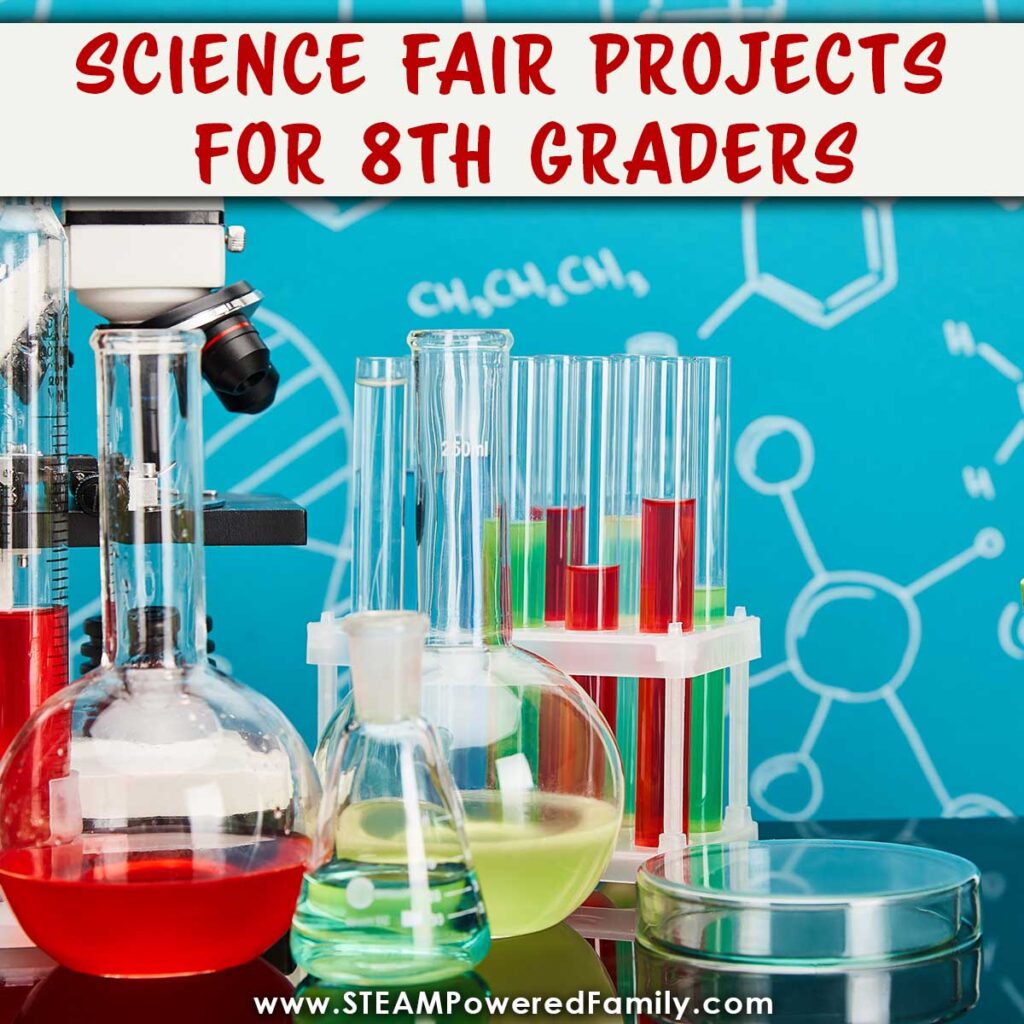
Disclaimer: This article may contain commission or affiliate links. As an Amazon Influencer I earn from qualifying purchases. Not seeing our videos? Turn off any adblockers to ensure our video feed can be seen. Or visit our YouTube channel to see if the video has been uploaded there. We are slowly uploading our archives. Thanks!
How the 8th Grade Science Fair Is Different
In contrast to the earlier grades, the 8th grade science fair demands a higher level of rigor and scientific inquiry. Middle school students are expected to delve deeper into the scientific method, showcasing not just their results but also an understanding of the experiment process and implications. The projects at this level often involve greater innovation, more sophisticated materials, intricate methodologies, and an expectation of greater autonomy in the research process.
Now this doesn’t mean parents won’t be involved, but unlike earlier years when the science fair projects were a family affair, grade 8 is when students should be more independent when it comes to their projects. Let them take the reins and really take ownership of this project.
We are in middle school now, and it is the perfect time for students to start identifying areas they may want to study, or even possibly pursue as a career. We want our teens to embrace discovery and curiosity through learning. The science fair project is an opportunity to test the waters of future fields of study, without any commitment beyond this one project. So let them explore and get excited!
Unique Science Fair Project Ideas for 8th Graders
Finding the perfect project for the Grade 8 Science Fair can feel challenging, but the best place to start is by looking at the curriculum. What are you studying and learning about this year? In many school districts, 8th grade covers:
- the human body and life systems,
- machines, structures and mechanisms
- energy and energy transfer,
- Earth sciences
Take a look at the curriculum and see what interests you. Your passion and curiosity for a project will definitely show. So make sure you pick something that gets your creative juices flowing!
Want more ideas? Here are a few science fair ideas from the STEAM Powered Family archives that are perfect for 8th graders.
The Chemistry of Food
Exploring how different ingredients or processes affect food is a fascinating topic for aspiring chefs and bakers. They can dive into how different temperatures affect the crystallization of sugars in candy making , or maybe explore how different flour or yeast affects bread making , or dive into the world of cookies and see how different temperatures of butter affect the cookies. The best part of these experiments is that you also get to eat them!
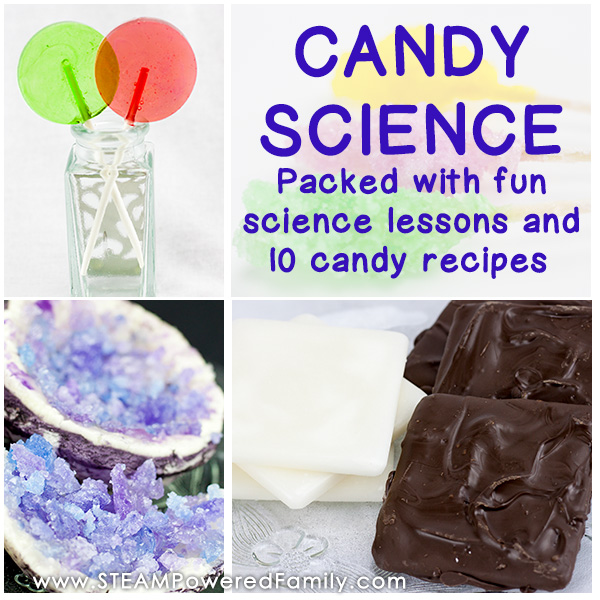
Heat transfer and energy transfer are a common subject matter in 8th grade. In a Solar Oven Project students combine physics, environmental science, and a bit of culinary fun. Build a solar oven using simple materials like cardboard boxes, aluminum foil, and plastic wrap. The objective is to understand how solar energy can be harnessed and used for cooking. The best part with this project is making some delicious treats like s’mores or pizza.
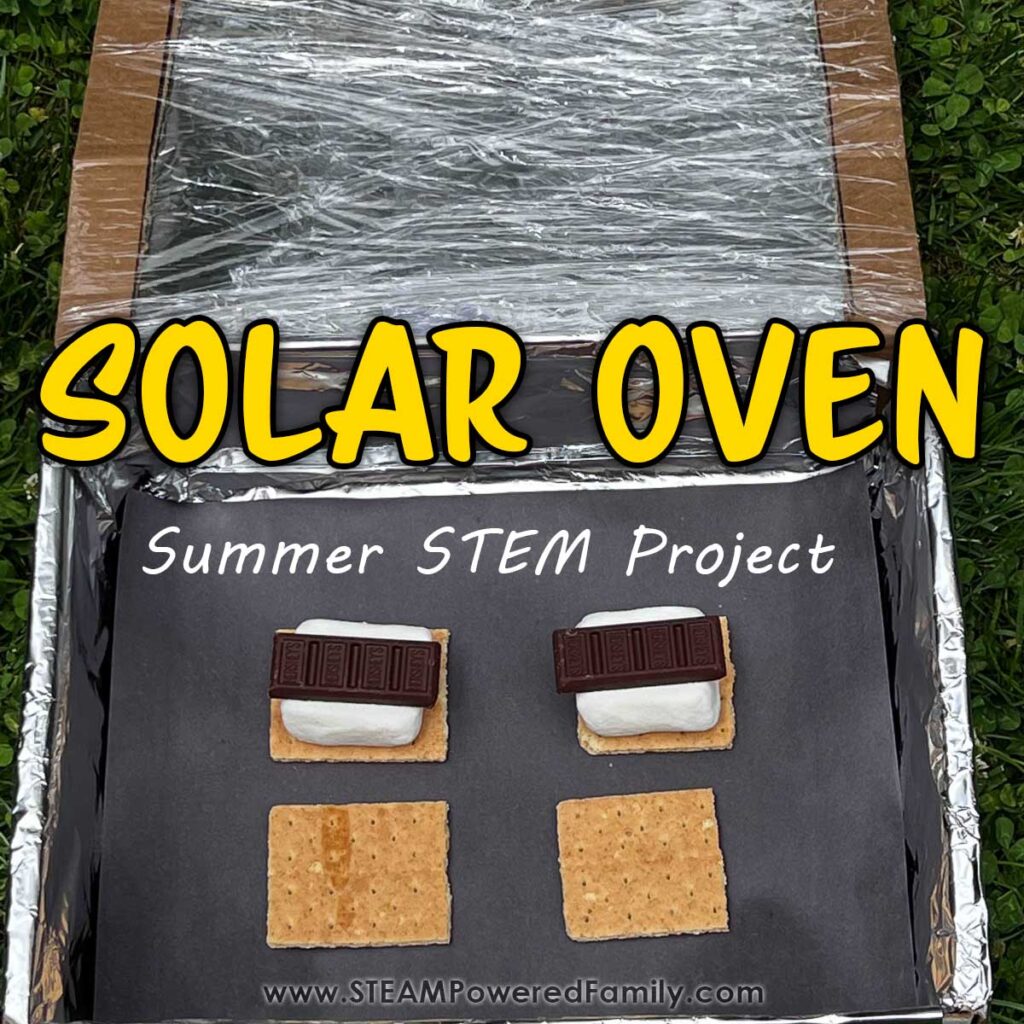
Build a Candle Carousel
This physics experiment and STEM project challenges students to come up with different designs to find the most functional rotor design for a windmill powered by candles. Students will learn about thermodynamics and aerodynamics as they test different designs with their Candle Carousel .
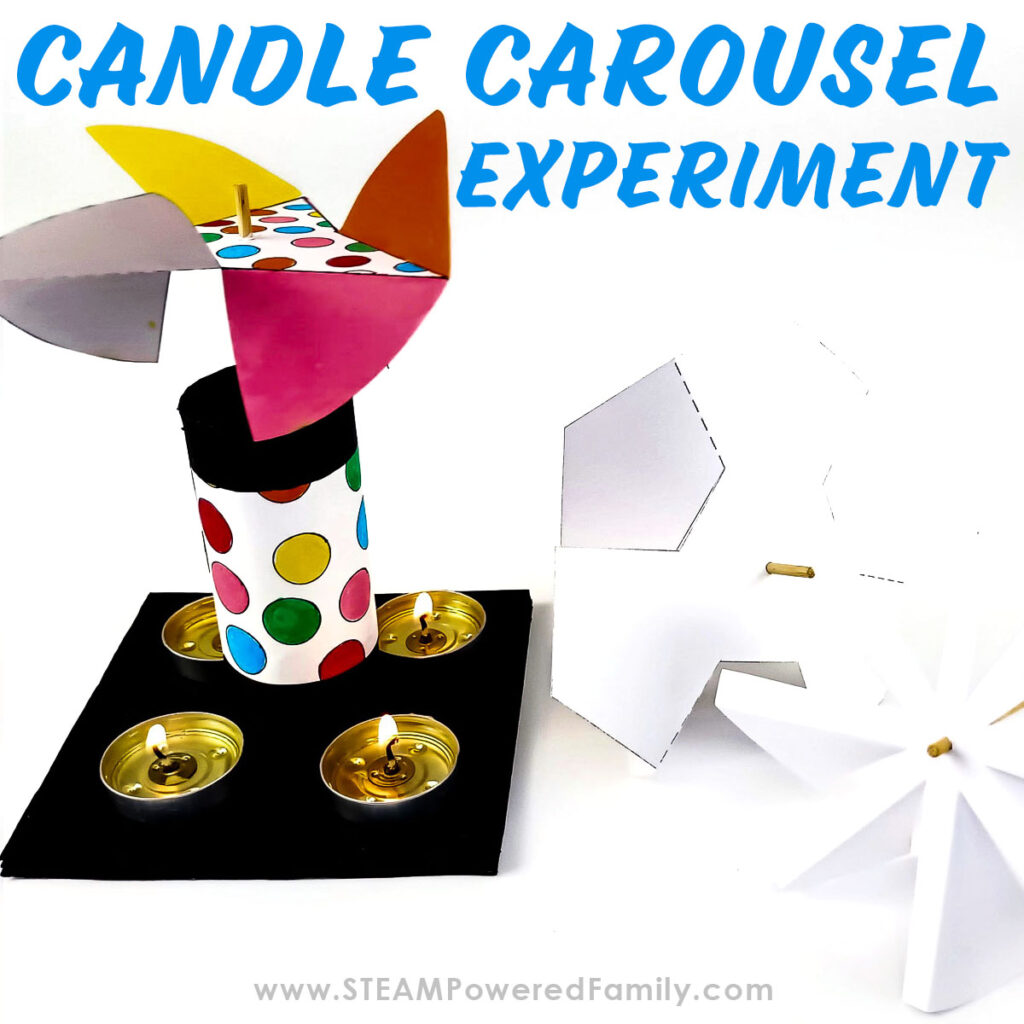
Homemade Battery
Chemistry and physics come alive in this project. Using items like lemons , pumpkins , or potatoes , copper coins, and zinc nails, students can create their own batteries. This experiment teaches about chemical reactions and electrical circuits. Plus, it’s always thrilling to see a small LED light up from power generated by fruits or vegetables.
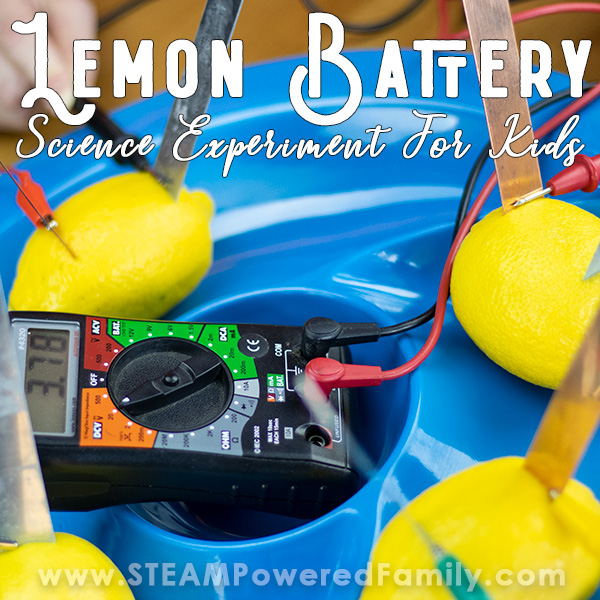
Water Filtration System
This is a great project for budding environmental scientists. Start by doing a Water Quality Analysis on local water sources by testing for pH and pollutants. Then investigate how to purify or filter water using various materials like sand, gravel, and charcoal. It’s a practical exploration of environmental engineering and raises awareness about the importance of clean water.
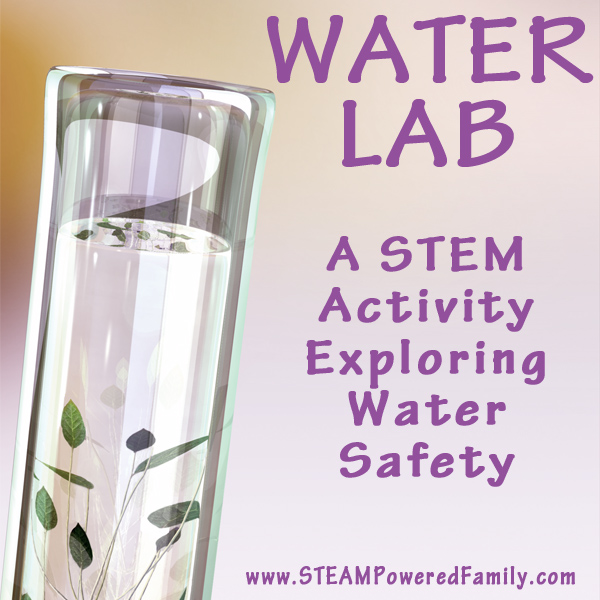
Plant Growth with Different Liquids
Perfect for those interested in biology and botany. Here, students can grow plants and water them with different liquids (like water, milk, juice, etc.) to see the effects on plant growth. It’s a simple yet effective way to understand plant biology and the importance of proper nutrients. We conducted two experiments, one experiment explored the impact of acid rain and the other experiment looked at water pollution .
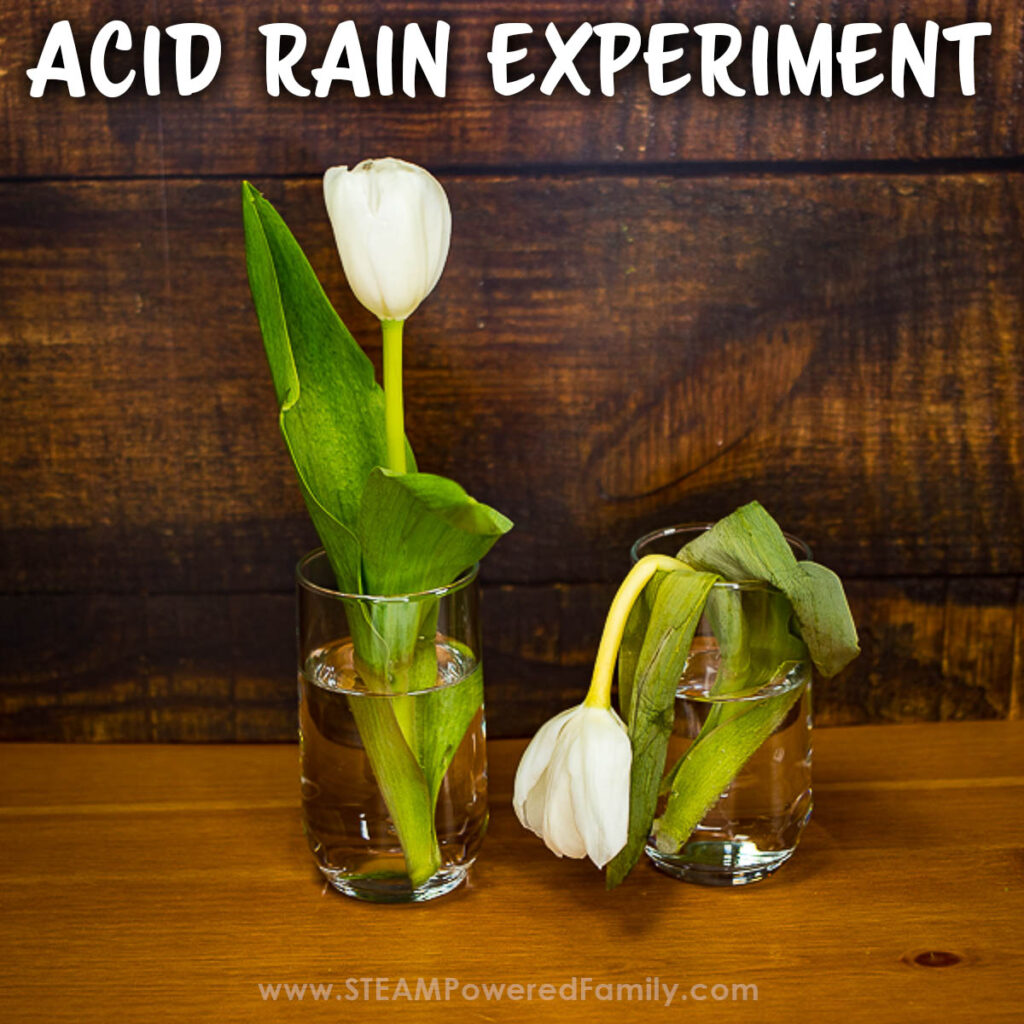
The Greenhouse Effect
Another great project for students interested in environmental sciences is to explore the Greenhouse Effect . We conducted an experiment that demonstrated the Greenhouse Effect, but what can you come up with to combat these heat trapping molecules?
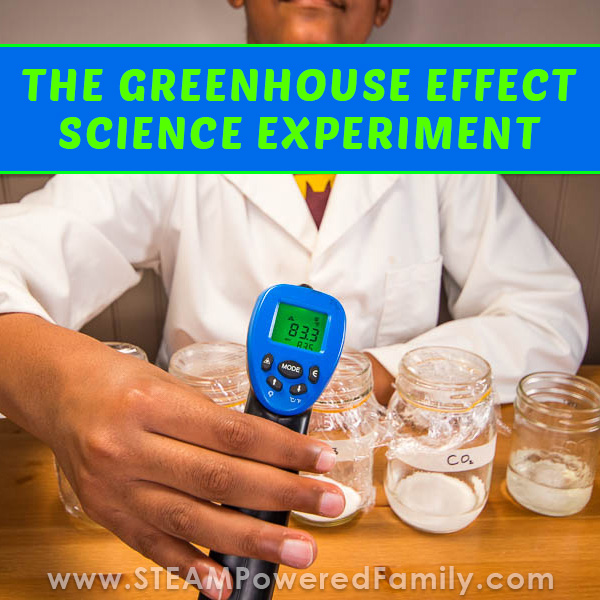
Crystal Growing
A project that is stunningly beautiful and educational… growing crystals! This science fair project is perfect for budding geologists and rock hounds. By creating crystals using substances like borax , salt , sugar , or alum , students can learn about saturated solutions and the process of crystallization. It’s a bit like magic, watching these beautiful structures form over time. Turn it into a science fair project by exploring how different ingredients form different crystalline structures, or maybe how heat affects crystal formation . We did a version of this project idea as part of a Christmas Crystal Gnome Project that could easily be changed into a Science Fair Project.
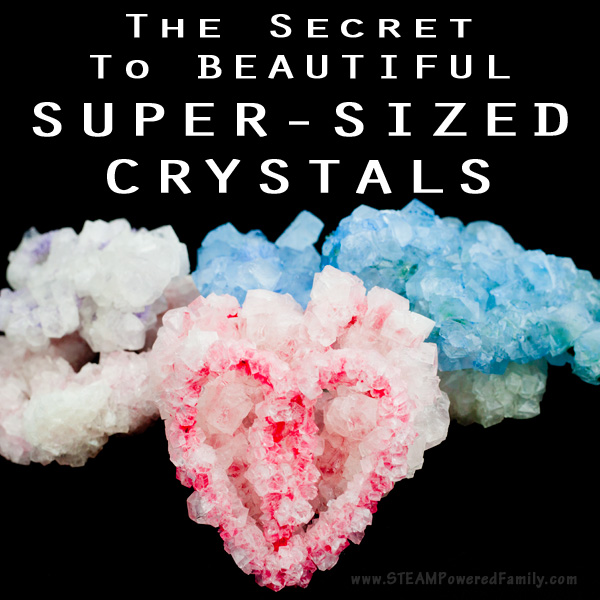
Reaction Time Testing
One of the subjects covered in most 8th grade curriculums is the human body and one facet of that is exploring reaction times. There are a few different ways you can explore reaction time , including what might affect reaction times. Perhaps explore whether being hungry or overly full affects reaction times. Maybe time of day. Or reaction times with a dominant hand versus non-dominant. You can have a lot of fun with this reaction time science fair project and turn it into an interactive demonstration that science fair goers will love.
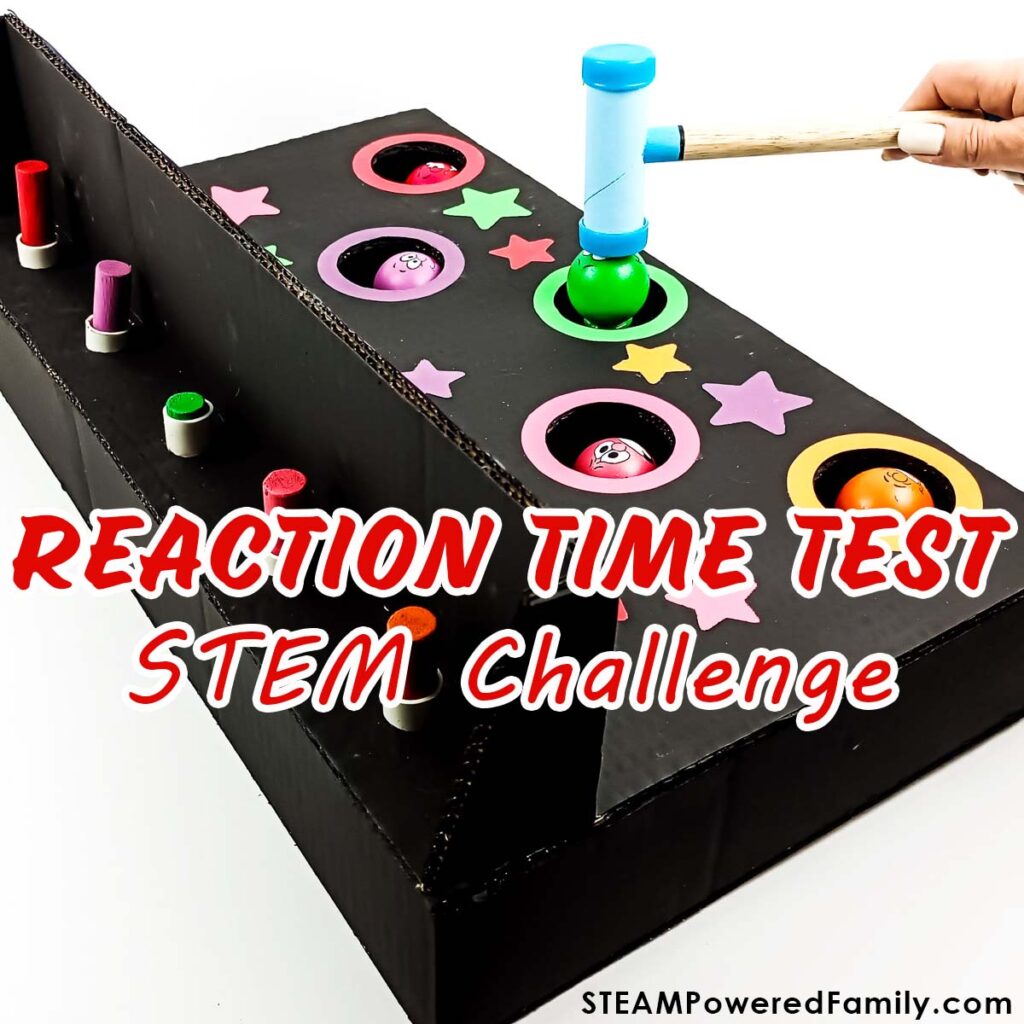
Homemade Seismograph
Constructing a basic seismograph using simple materials can be a fascinating project exploring the effects of earthquakes. This allows students to record and understand seismic activities, tying in physics, earth science, and engineering (by exploring how to earthquake proof buildings).
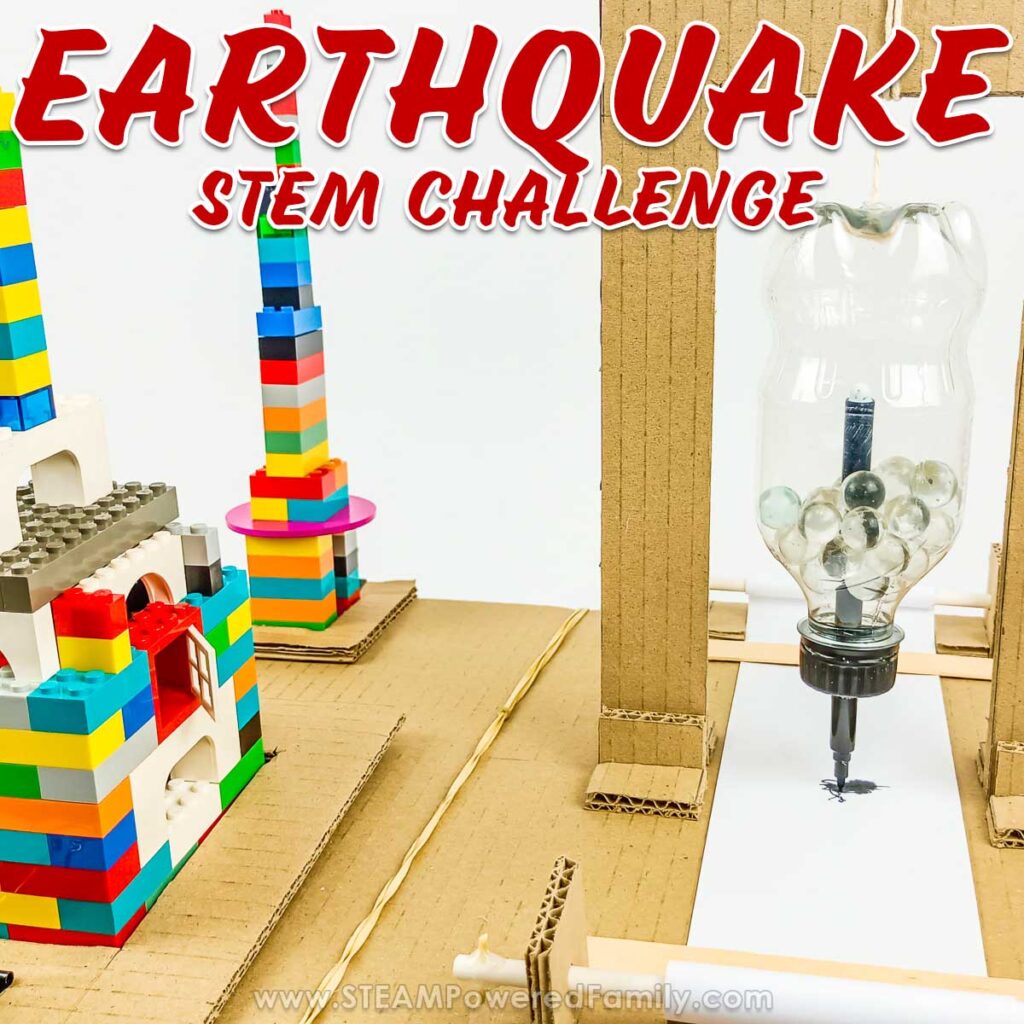
Analyzing Microbial Growth on Different Surfaces
This project involves swabbing various surfaces and culturing the bacteria in petri dishes. Students can study microbiology, learn about hygiene and public health, and even delve into data analysis by comparing growth rates. They can also explore how different soaps impact bacteria growth.
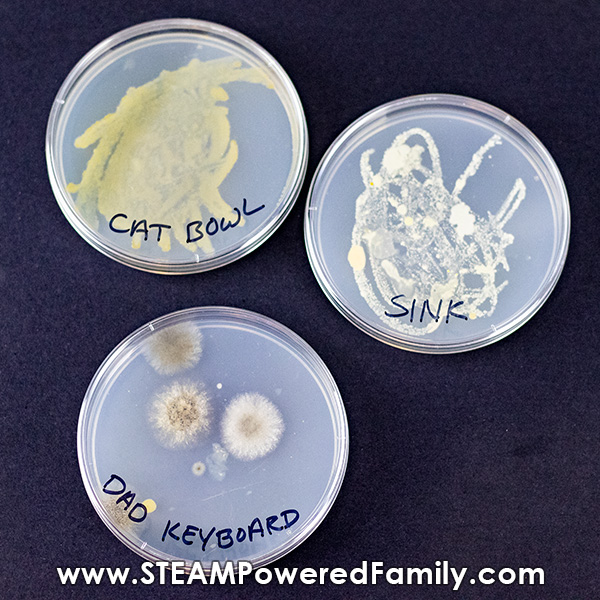
Bio-Plastics from Household Ingredients
This project explores the creation of biodegradable plastics using common kitchen ingredients like gelatin , or milk . It’s an innovative way to discuss sustainability, environmental science, and chemistry, especially in the context of reducing plastic waste. Take this topic even deeper for the science fair by exploring the biodegradation of the different bioplastics you make. Compare how these bioplastics break down to provide insight into environmental sustainability.
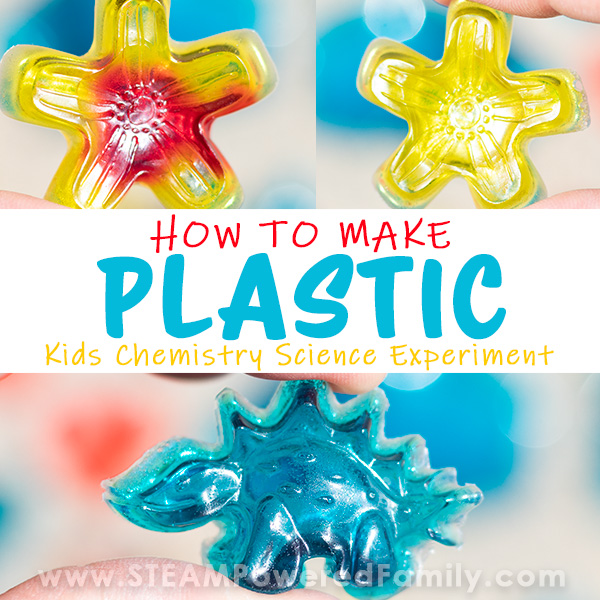
Invisible Ink
For students who love history and sleuthing, they will enjoy doing an Invisible Ink science fair project where they can explore the different ways to make invisible ink . This can provide a fascinating opportunity to combine historical studies with chemistry.
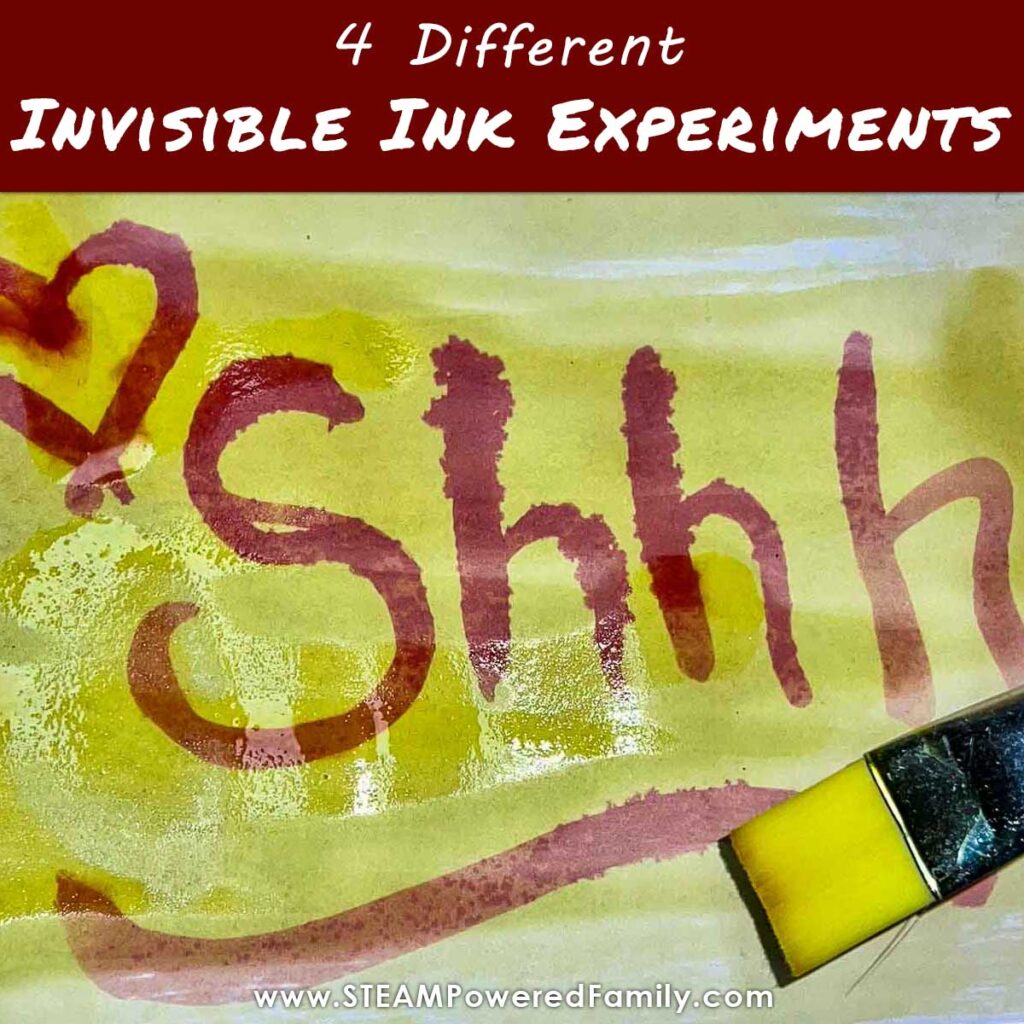
Basketball and the Perfect Shot
For your sports loving kids, explore creating a project that allows them to dig into the physics and science of sport. In our project, we looked into the science behind basketball and getting the perfect basket. By building a basketball model we created an interactive experience that was both educational and fun.
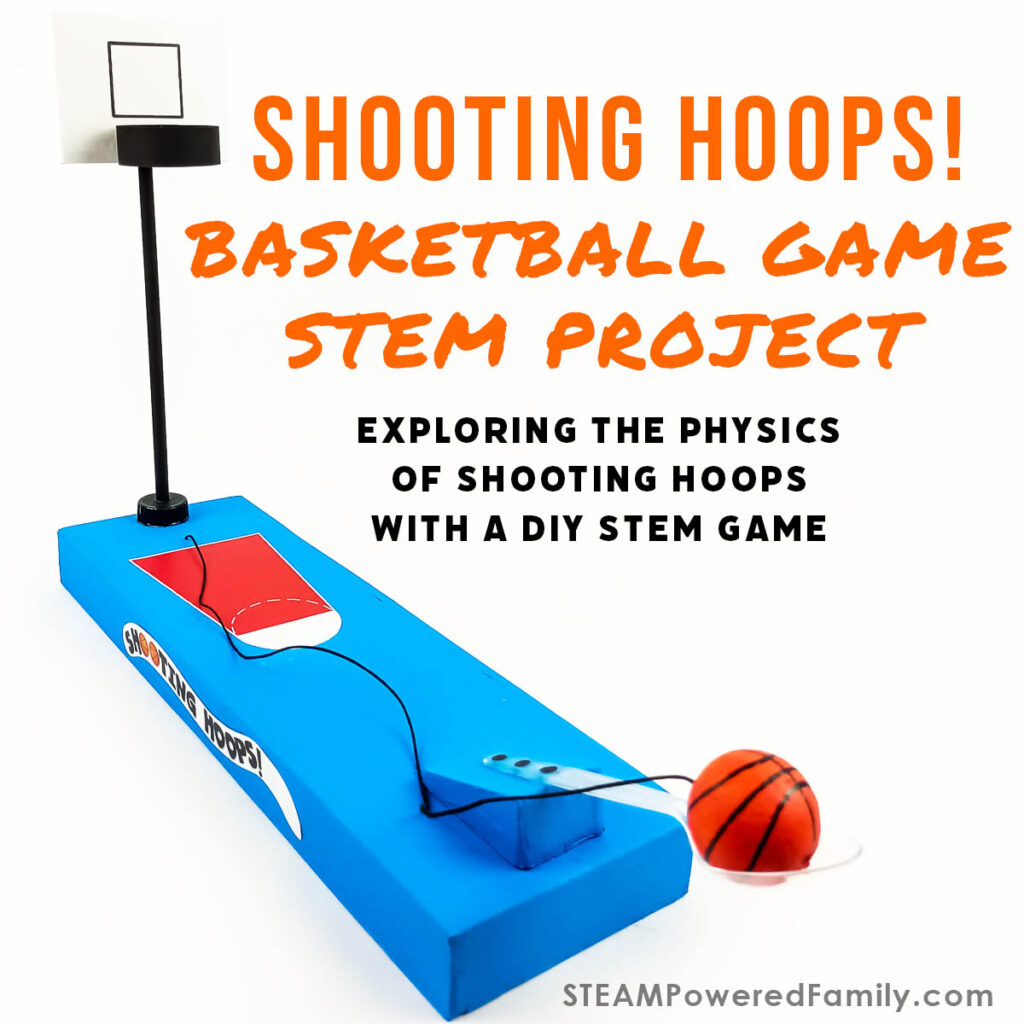
Oobleck – Exploring Matter
A fun way to explore matter as part of your science fair project is to test different types of Oobleck. Oobleck is a non-Newtonian Fluid and makes a fascinating study in matter. Does the perfect oobleck recipe exist? See what you find!
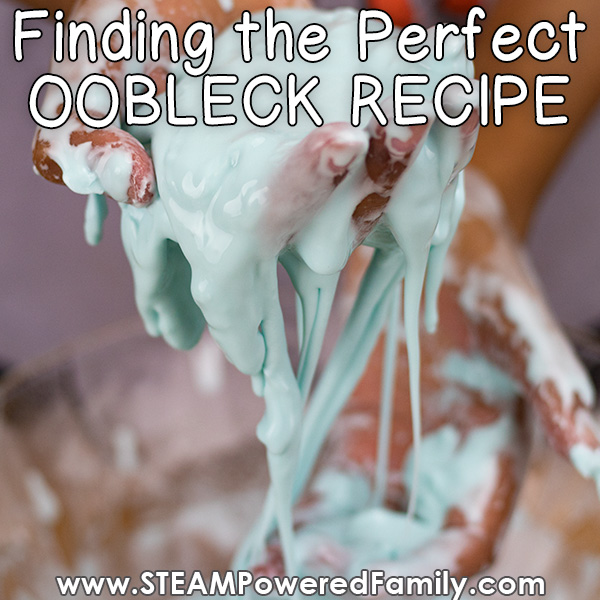
Launch the Fair with Catapults
There is so much you can do with Catapults at the Science Fair. These simple machines are a great way to really launch learning and fun at the fair!
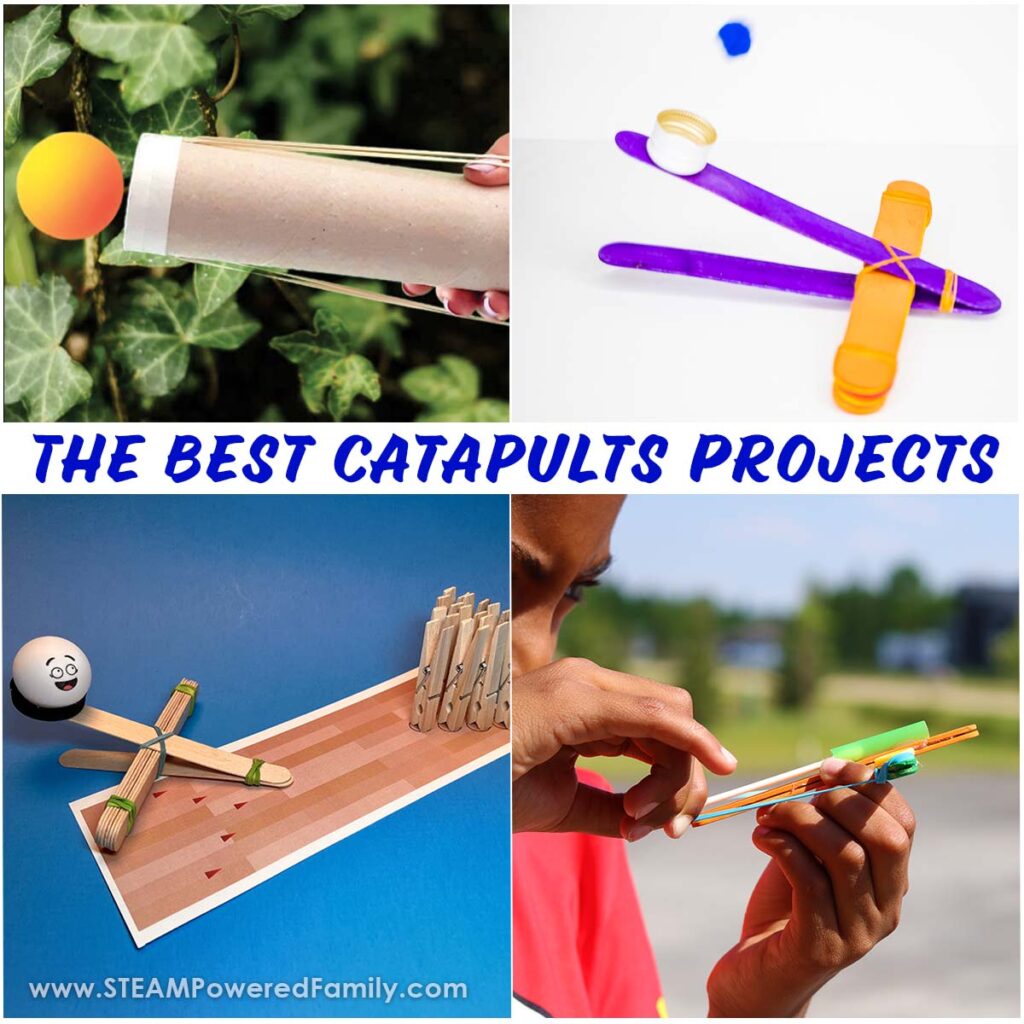
Magic Milk Investigation
The best science fair project ideas come from asking, “ what would happen if… ” In this case, we wondered what the impact would be on the fat content of the milk on the Magic Milk colorful reactions. The results were really fascinating!
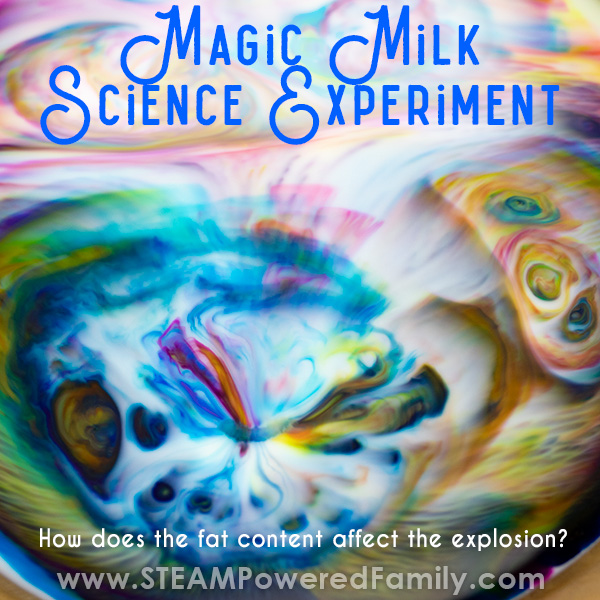
Crafting a Winning Science Fair Project
Once you have picked your project, you might be wondering how to make it the best Science Fair Project. Here are a few of our best tips, but if you need more more guidance visit our resource on Elementary Science Fair Projects or our Guide to the Science Fair .
The Question
Every great Science Fair Project begins with a question that piques your curiosity. Choose something you’re genuinely interested in exploring.
Research Thoroughly
Go beyond Google, you need to dig in and really research your topic. Go to the library, contact professional organizations, and talk to experts in the field. Well conducted research may open up even more exciting and innovative approaches you can take with your idea. Make sure you understand the science behind your project. The more you know, the better you can design your experiment and interpret your results.
Make a Plan and Document Meticulously
Just like you would make an outline for an essay, spend time creating a plan for your project. Then make sure you detail every step of your experiment. Be meticulous in your approach. Ensure you record all the steps, every part of your process, and your findings accurately.
Think Outside the Box
Innovation is key. Don’t be afraid to try something new or take a different approach to a common problem. Remember all that research you did, get creative and see what you can bring to the research from your unique perspective. Maybe you can solve a problem and become a changemaker!
Focus on the Presentation
How you communicate your findings is just as important as the experiment itself. Create clear, concise displays and practice explaining your project in a way that’s both engaging and informative. One tip I love is to video tape yourself doing your presentation. This can help you fine tune until it is perfection.
This reminds me… proof! Make sure you have proofed everything numerous times for any errors. Get someone you trust to also proof your materials to ensure they are mistake free. This includes your report, displays and any other materials you create to go with your project.
Anticipate Questions
You are the expert on your project. Be ready to answer questions about your methodology, findings, and the implications of your investigations. The better you understand your work, the more confidently you can discuss it. My tip is to get your family or friends to watch your presentation and ask questions. You can even send the video of your presentation to get their feedback to help you prepare for those questions.
The 8th grade science fair is more than just a bunch of experiments, it’s a platform where young minds learn to question, explore, and innovate. By embracing the challenges and opportunities it presents, students not only gain valuable scientific knowledge but also develop skills in critical thinking and problem-solving that will serve them well in their future academic and professional careers. Most of all, use this as an opportunity to develop those passion projects, foster a love of learning, and embrace curiosity!
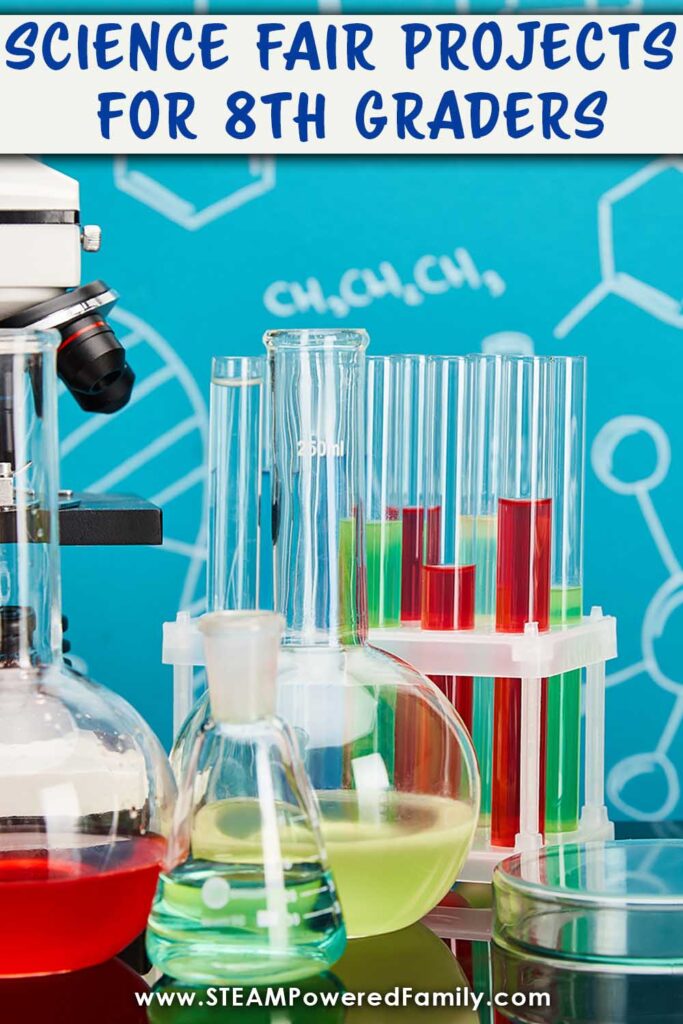
5 Days of Smart STEM Ideas for Kids
Get started in STEM with easy, engaging activities.
- Preschool Mega Bundle
- Sight Words Mega Bundle
- Alphabet Bundle
- Tracing Bundle
- Shapes Bundle
- I Spy Bundle
- Do-A-Dot Bundle
- Colors Bundle
- Matching Bundle
- Counting Bundle
- Word Walls Bundle
- Q-Tip Painting Bundle
- Kindergarten
- Language Arts
- Social Studies
- St. Patrick's Day
- Thanksgiving
- Valentine's Day
- Sight Words
- Letter Recognition
- Number Recognition
- Pattern Recognition
- Subtraction
- Bulletin Board Accents
- Bulletin Board Borders
- Bulletin Board Letters
- Bulletin Board Paper
- Bulletin Board Sets
- Bulletin Board Storage
- Posters & Charts
- Chalkboard Toppers
- Two-Sided Decorations
- Window Clings
- Magnetic Accents
- Magnetic Borders
- Magnetic Letters
- Magnetic Labels & Name Tags
- Magnetic Sets
- Bulletin Board Ideas
- Storage Bins, Boxes & More
- Chair Pockets
- Library Pockets
- Activities, Cards & Mats
- Flash Cards
- Pocket Charts
- Chart Paper & Stands
- Educational Posters
- Certificates & Diplomas
- Incentive & Reward Charts
- Stamps & Stamp Pads
- Whiteboard Supplies
- Chalkboard Supplies
- Hall Passes
- Name Plates
- Children's Books
- Plan & Record Books
- Resource & Activity Books
- Construction Paper
- Craft Paper
- Drawing Paper
- Colored Pencils
- Craft Sticks
- Glue & Adhesives
- Wiggle Eyes
- AccuCut Die Cutting
- Ellison Die Cutting
- Sizzix Die Cutting
- Die Cutting Machines
- Dies & Die Sets
- Starter Sets
- Dough & Clay Tools
- Modeling Materials
- Paint Brushes
- Aprons & Smocks
- Post-It & Sticky Notes
- Clips & Fasteners
- Staplers & Staples
- Tape & Dispensers
- Rulers & Measuring
- Binders & Accessories
- Desk Organizers & Accessories
- Filing & Folders
- Labels & Labeling
- Printer Paper
- Filler Paper
- Index Cards
- Pencils & Accessories
- Highlighters
- Correction Fluid & Tape
- Pretend Play Sets
- Pretend Food
- Sports Accessories
- Sports Sets
- Tricycles & Ride-Ons
- Bulletin Boards
- Chalkboards
- Dry Erase Boards
- Alphabet Rugs
- Carpet Squares & Circles
- Circle Time & Seating Rugs
- Daycare Rugs
- Preschool Rugs
- Physical Education
- Trend Enterprises
- Carpets for Kids
- Carson Dellosa
- Teacher Created Resources
- Foundations
- Creative Teaching Press
- McDonald Publishing
- Joy Carpets
- Learning Resources
- Ashley Productions
- Scholastic Teaching Resources
- North Star Teacher Resources
- Barker Creek
- Hygloss Products
- All Popular Brands
- Shop by Theme
- Your Account
- Science Fair Projects
- Grade 3rd Grade 4th Grade 5th Grade 6th Grade 7th Grade 8th Grade 9th Grade 10th Grade
- Topic Aerodynamics Behavioral & Social Science Chemistry Electricity Energy Food Geology Human Biology Life Science Memory Microbiology Physical Science Physiology Plants Psychology Sports Zoology
- Supplies Experiment Kits Project & Display Boards
- All Science Fair Projects
8th Grade Science Fair Projects
Narrow your search.
- Middle School
- Aerodynamics
- Behavioral Social Science
- Earth Environmental Science
- Electricity
- Engineering
- Food Science
- Human Biology
- Life Science
- Microbiology
- Physical Science
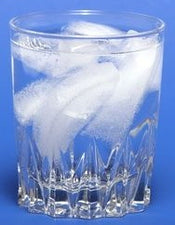
Does the Shape of an Ice Cube Affect How Quickl...
As Christine, Selah Junior High School student, watched the ice cubes in her ...
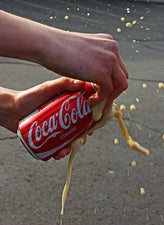
Shake It Up! - Which Soft Drink Spews The Most ...
Photo Source: blog.lib.umn.edu/paldr001/myblog/ We've all made the unfortun...
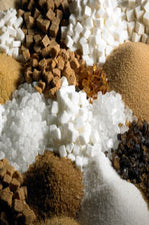
- Are All Sugars The Same?
Ever wonder if table sugar is the same as sugars found in honey, fruits, etc...
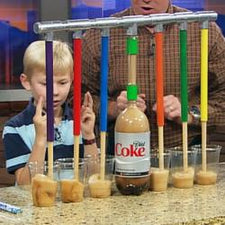
- Mentos + Diet Coke - Pour Six Sodas At One Time!
Photo Source: stevespanglerscience.com Did you know you could harness the r...
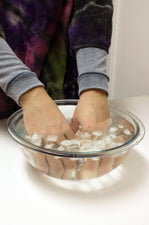
Is Sensitivity Heightened On Your Dominant Side?
Photo Source: Education.com Created by Megan Doyle of Education.com, this s...

- Make Your Own Wind Turbine - Science Fair Project
© Hans Hillewaert / CC-BY-SA-3.0 For those students interested in engineeri...
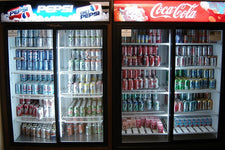
Which Soft Drink is the Worst for Your Teeth?
Photo © 2006 Flickr, Rex Sorgatz We've all heard that consuming too much so...

- Keeping Drinks Hot
Whether you're a coffee, tea, or cocoa drinker, if you plan to enjoy a hot be...
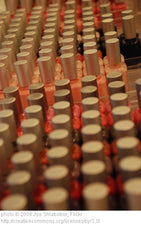
Nail Polish: Price vs. Quality
Ever wonder how drug store brand nail polishes stack up to salon quality pro...
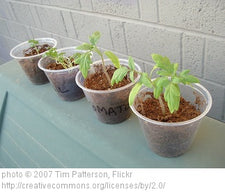
- Recycled Water - Does It Effect Plant Growth?
For students interested in botany, ecology, and recycling, this science fair ...
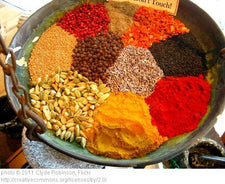
Exploring the Preservative Qualities of Various...
For middle school students interested in microbiology, this is sure to be a ...
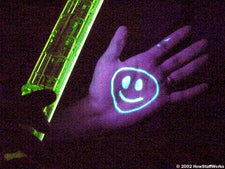
All That Glows - Exploring Fluorescence
Photo Source: howstuffworks.com Black lights are not only neat, they can ac...
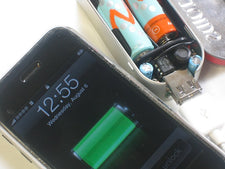
- Keeping Your Gadgets Going... with Solar Power!
Photo Source: adafruit.com In this age of technology, it seems as if everyo...

- Harnessing the Sun's Rays for Cooking
Solar energy is a low-cost technology that can be used to heat homes, power ...

Does Eye Color Affect Peripheral Vision?
Photo © 2009 Mikleman, Flickr Reading a book. Riding a bike. Driving a car....

Does Music Help You Study?
With the ability to access your favorite music almost everywhere, have you ev...
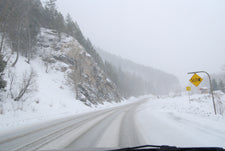
What Makes Ice Melt Fastest?
Photo © 2008 Matt Seppings, Flickr The Department of Transportation (DOT) i...

Are We Frying Our Brains with Radiation?
Radiation is exists throughout our universe and we are exposed to many diffe...

Do You Know About the Germs You're Carrying?
While many students have explored school bathrooms, doors, and other surfaces...
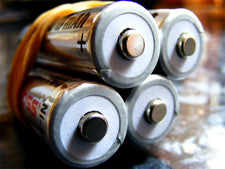
Making Batteries from Fruits & Vegetables
Photo © 2008 Rob Nunn, Flickr Did you know that you can use real fruits and...
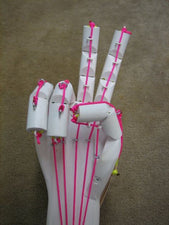
Engineering + Physiology - Building an Articula...
Photo Source: www.instructables.com | rgraylint For students interested in...

Gender & The Stroop Effect
Photo Source: Eric H. Chudler, University of Washington Check out the pictu...
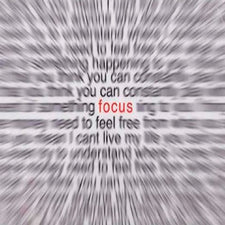
Subliminal Messaging: Is It Effective?
Photo Source: buysubliminal.com There is a lot of controversy surrounding s...

Grafting Plants with Bubble Gum!
Photo Source: www.fruitsinfo.com Grafting is a technique that botanists hav...
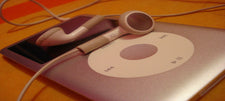
Music & Concentration
Photo © 2009 Karrie Nodalo, Flickr While listening to music as you complete...

Dirty Mouth: Effect of Mouthwash on Bacteria
Photo © 2009 Flickr, Inha Leex Hale Mouthwash is commonly used to rid the m...
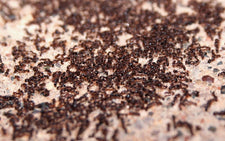
Artificial Sweeteners Versus Cane Sugar - Which...
Photo © 2008 Steven Depolo, Flickr To test whether ants prefer natural cane...

How Does Tee Height Affect Driving Distance?
Any golfers out there? For those students interested in physics and sports, ...
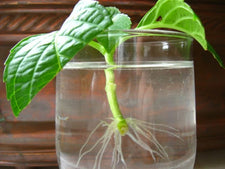
Plants and Rooting Hormone: Is It Effective?
Photo Source: ewainthegarden.blogspot.com For all the future botanists out ...

Off Balance: Music & Dizziness
Photo Source: Christopher Urstitti It's no secret that when we get spun aro...

Eyes Versus Ears
Sixth grade student, Aaron P. Gallagher, put together this fantastic science ...
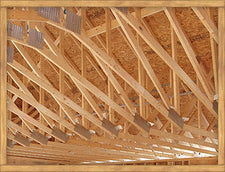
Who Will Break Under Pressure?
Photo Source: mainelytrusses.com Interested in physics and engineering? Che...

Writing Instruments & Fatigue: Is There An Opti...
Notes. Completing worksheets. Taking tests. Writing essays. Students do a lot...
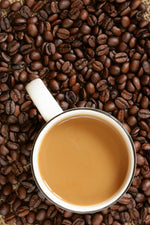
The Effect of Caffeine on Alertness
Photo Source: Roman Segaev Ever wait until the last minute to study for an ...

Caffeine & Typing Speed
Photo © 2007 Kuba Bo?anowski, Flickr Ever sit down in the front of the comp...
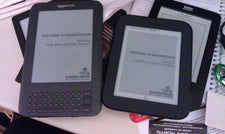
Is Technology Hurting Reading Comprehension?
Photo © 2011 K Tempest Bradford, Flickr iPods, cell phones, e-readers, comp...

Physical Activity & Academic Performance: I...
Photo © 2006 Alberto G., Flickr Not only is exercise important for keeping ...
Top 10 Best 8th Grade Science Fair Projects [Updated 2020]
- Does the Shape of an Ice Cube Affect How Quickly it Melts?
- Exploring the Preservative Qualities of Various Spices
- Shake It Up! - Which Soft Drink Spews The Most When Shaken?

8th Grade Science Topics – For School or Home Schooling

Energy Power And Forces
Atmosphere and energy, planet earth, climate and weather, outer space, genetics and cells, what is 8th grade science – what should your students know when they graduate.
Most people think back to 8th-grade science class with fond memories where play and the real world mixed into discoveries and fun, hands-on experiments. Middle school science experiments allow kids to play with objects and resources like food and electricity – but it’s science.
It’s like belonging to a community where discovery is inevitable. 8th Grade science topics for homeschooling or the classroom are building blocks and inspiration for high school STEM subjects.
What Are Some 8th Grade Science Topics?
Physical science, earth science, and life science are the three primary 8th-grade science topics. Laying the foundation for STEM subjects , 8th-grade science offers flexibility and initiative for homeschooling and school teachers.
Physical Sciences
Physical sciences, an overview of scientific principles and procedures, teach students about waves, forces, motion, energy, and atmospheres. The focus is on physics and chemistry concepts that create a clear understanding of energy, matter, and the physical universe. Physical sciences are ideal for experimenting with ideas, thinking critically, developing problem-solving skills, and abstract reasoning.
8th Grade science students learn about the wave model of light, analog, and digital information, the energy of waves, how to use wave impulses to send information, and the properties of waves.
Students explore and learn how to measure energy and the various forces and motion in the world, including electricity, thermal energy, magnetism, and electromagnetism.
Teachers introduce and teach students about the vastness of science related to the atmosphere. 8th Grade science students will learn about heat and temperature, atoms and elements, state changes and particle motion, chemical reactions, and substances and their properties.
Earth Sciences
Earth science lessons study Planet Earth but aren’t bound to Earth. To understand Earth’s relation to the rest of the universes, students learn and explore the Earth, outer space, and the impact of forces around and among them. Teachers teach students basics in oceanography, geology, meteorology, and astronomy.
Exploring planet Earth will engage children and develop an interest in this fantastic planet. Studying the Earth, its resources, and its environment will reveal mysteries about its natural resources, tectonic plates, volcanic eruptions, and the energy available on Earth.
An 8th-grade science student will be amazed at how the ocean affects the climate. They will learn about climate patterns, severe weather, air pressure, solar energy, and the Earth’s atmosphere.

8th Grade science students realize things about the Earth they can only learn by viewing it from outer space. Space teaches them how the Earth rotates, why the Earth has a tilted axis, gravity in the universe, the fascinating solar system, and the moon with its phases and eclipses.
Life Sciences
Life Sciences is the study of living organisms and life processes. They learn about the variety of life on Earth, from genes to ecosystems, and explore human biology, plants, and animals. Giving an example or allowing a fun activity with everyday resources helps a child comprehend key life sciences concepts needed for high school.
Studying genetics and cell science introduces students to genes, genetic mutations, genetic engineering, and human bodies. A student learns about health, controlling body systems, body systems interaction, survival, and reproduction,
Introduction to ecosystems shows a student what a healthy ecosystem is and why it is essential. They learn all the different kinds of life that are part of an ecosystem, from plants and fungi to animals and microorganisms.
Adaptions explore the history of Earth, human impact and population, heredity genes, and evolution, and artificial and natural selection.,
Where Does A Science Fair Fit In?
A science fair inspires students to explore and focus on STEM (science, techology, engineering, and math) related projects. An 8th-grade science fair project is a fun way to turn readily available materials and classroom science activities into a unique experience. A classic science experiment becomes a cool project involving the scientific method of data presentation in tables and graphs. It’s an opportunity to test your ideas and prove to family and friends science is educational and fun.
Students graduating from their 8th grade science class should be able to design and perform a scientific investigation. They can identify and ask the right questions and conduct the experiment to find the answer. An 8th grade science student can use technology as a tool to gather, analyze, compare, and interpret the data on the computer screen.
Science students learn to solve problems, think critically, interpret data, follow procedures, and have fun with hands-on science activities. They build the foundation for earth science, life science, and physical science, preparing them for high school STEM science.
Retha Groenewald is a professional writer working for FractusLearning. When not working with Fractus, she is web copywriter for the Christian market. Her writing is featured at Christian Web Copywriter and at Writing That Breathes Life.
Leave a Reply Cancel reply
Your email address will not be published. Required fields are marked *
This site uses Akismet to reduce spam. Learn how your comment data is processed .

IMAGES
VIDEO
COMMENTS
Eighth Grade Science Projects. (745 results) Science Buddies' eighth grade science projects are the perfect way for eighth grade students to have fun exploring science, technology, engineering, and math (STEM). Our eighth grade projects are written and tested by scientists and are specifically created for use by students in the eighth grade.
The Ardent Teacher. Difficulty: Medium / Materials: Medium. This is a great class project for teachers, but it's also excellent for an 8th grade science fair project. Build cars and crash-test them to learn the best methods of keeping passengers safe. Learn more: STEM Car Crash Project at The Ardent Teacher.
32 Exciting 8th Grade Science Fair Project Ideas. December 17, 2023 by Sohaib Hasan Shah. Welcome to the world of scientific exploration! The 8th grade science fair is an exciting opportunity for you to showcase your curiosity and creativity while delving into the fascinating realm of science. In this crucial stage of your academic journey, you ...
8th grade science fair projects tend to involve the scientific method and designing an experiment and not making models or explaining processes. You'll be expected to present data in the form of tables and graphs. Typed reports and posters are the norm (sorry, no handwritten text). You should do the project yourself, rather than enlist heavy ...
Physics 8th Grade Science Fair Projects. Stand on a pile of paper cups. Measure buoyancy over time. Explore Newton's Laws. Explore how color affects heating by light absorption. Measure the speed of light in different materials. Build a levitating water fountain. Measure surface tension of different liquids.
It's happened. Your eighth-grader brought home an assignment that can strike fear into the hearts of parents everywhere. It's true. The science fair is upon us. The teacher has given them a lengthy rubric outlining all the requirements and presentation methods their assignment must adhere to. The scope of the project is enough to make your ...
Also Read: Service Project Ideas for High School. List of Science Fair Project Ideas for 8th Grade Students. Here is a complete list of science fair project ideas for 8th grade students: Biology. Experiment with different types of music to see how they affect heart rates. Grow veggies in your backyard and see how they respond to sunlight and water.
Our eighth grade projects are written and tested by scientists and are specifically created for use by students in the eighth grade. Students can choose to follow the science experiment as written or put their own spin on the project. For a personalized list of science projects, eighth graders can use the Science Buddies Topic Selection Wizard .
The Ardent Mentor. Difficulty: Medium / Materials: Medium. This is a great classroom show for teachers, but it's also excellent for a 8th order science fair project. Build cars and crash-test them to lern the best approaches of maintain passengers safe. Learn more: STEM Car Crash Project for The Ardent Teacher.
No sweat. We have you covered. Check out our list of 16 science projects and experiments that you can try with your 8th graders this month. Yeast Metabolism with and without Aeration | Sciencebuddies.org - Grades 6-8 Biology experiment that evaluates the effects of glucose metabolism in yeast. Aspirin Absorption in Carbohydrate Solutions ...
Students in the 8th grade are well-acquainted with science fair projects and the competition behind them. Participating in the project is fun and interesting for every student. It is a good chance to experiment, by applying your understanding of the various topics of a subject. Nevertheless, the most crucial step is coming up with an idea that ...
These are our top 10 science projects for 8th grade, with projects from Biology, Chemistry, Physics, Engineering and Environmental Science. These projects can be used as science fair project ideas or as a fun experiment to explore different areas of science! Extracting DNA from Onions.
Final Words. In summary, the 101 science fair ideas for 8th graders span a wide array of subjects, from biology to computer science, offering students a chance to explore their interests and develop critical thinking and problem-solving skills. These projects are more than just assignments; they are opportunities for young learners to engage in ...
10. Create Elephant Toothpaste. This is a really exciting experiment that will get the entire class involved and allows the students to get a little bit messy. This experiment will teach the students about various chemical reactions, and what happens when certain elements are mixed together.
This project helps students understand why breathing well matters. It's fun and educational, showing how our bodies function in a cool, hands-on way! Resources: Balloons. Measuring tape. A group of friends or family members willing to participate. Instructions or guides on how to conduct lung capacity experiments.
Recommended for grades 6-8. Source: www.makeitsolar.com. The Science of Tsunamis. Find out what effect the water depth has on a wave's velocity. Recommended for Grade 6-8. Source: www.sciencebuddies.co. Cleaning Coins. This project explores the effectiveness of various cleaning solutions in cleaning tarnished and oxidized coins. Recommended ...
A science fair project should include all of the following elements before entering a science fair: Background research. Bibliography and source list. A question to answer and a hypothesis to test. Experiment variables. Data recording and analysis of the experiment. Conclusion report.
Browse 8th Grade Science Projects. Award winning educational materials designed to help kids succeed. Start for free now!
Try these easy science experiments using items you already have around the house or classroom. ... Grades Grades. All Grades K-5 All Grades 6-12 PreK 6th Grade Kindergarten 7th Grade 1st Grade 8th Grade 2nd Grade 9th Grade 3rd Grade 10th Grade 4th Grade 11th Grade 5th Grade ... This simple but effective DIY science project teaches kids about ...
Unique Science Fair Project Ideas for 8th Graders. Finding the perfect project for the Grade 8 Science Fair can feel challenging, but the best place to start is by looking at the curriculum. What are you studying and learning about this year? In many school districts, 8th grade covers: the human body and life systems, machines, structures and ...
100% SATISFACTION. Guaranteed! Your #1 source for 8th grade science fair projects and experiments. Whether you're looking for some of the best and winning science fair ideas or some that are fun, simple, or easy, we've got you've covered!
An 8th grade science student can use technology as a tool to gather, analyze, compare, and interpret the data on the computer screen. Science students learn to solve problems, think critically, interpret data, follow procedures, and have fun with hands-on science activities. They build the foundation for earth science, life science, and ...